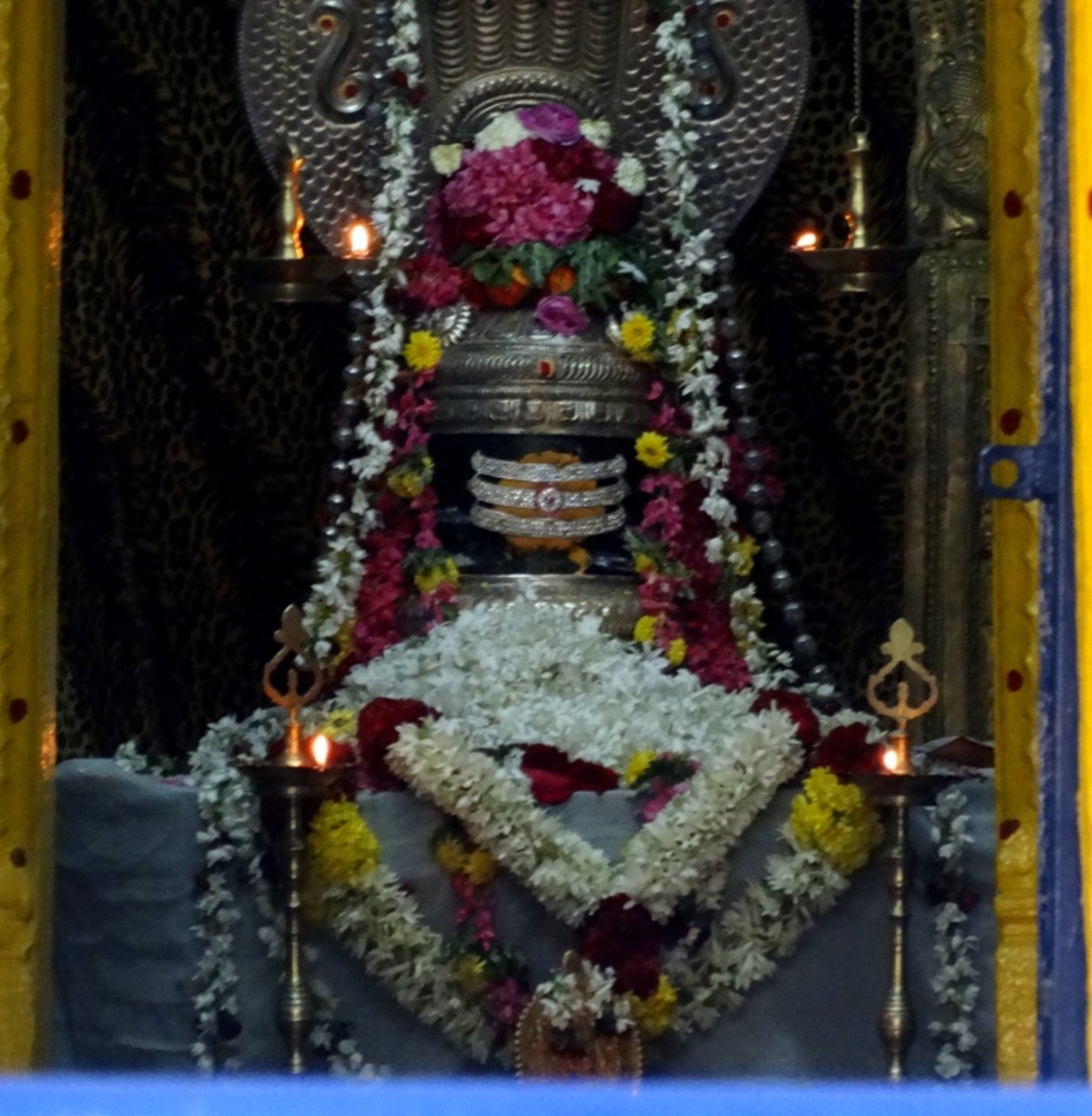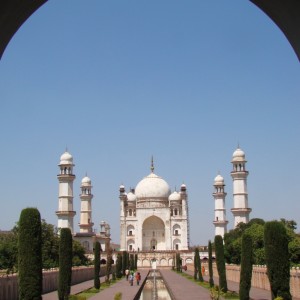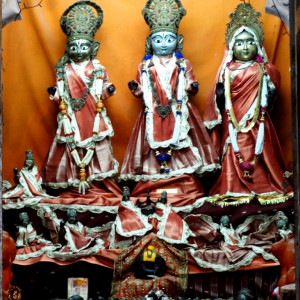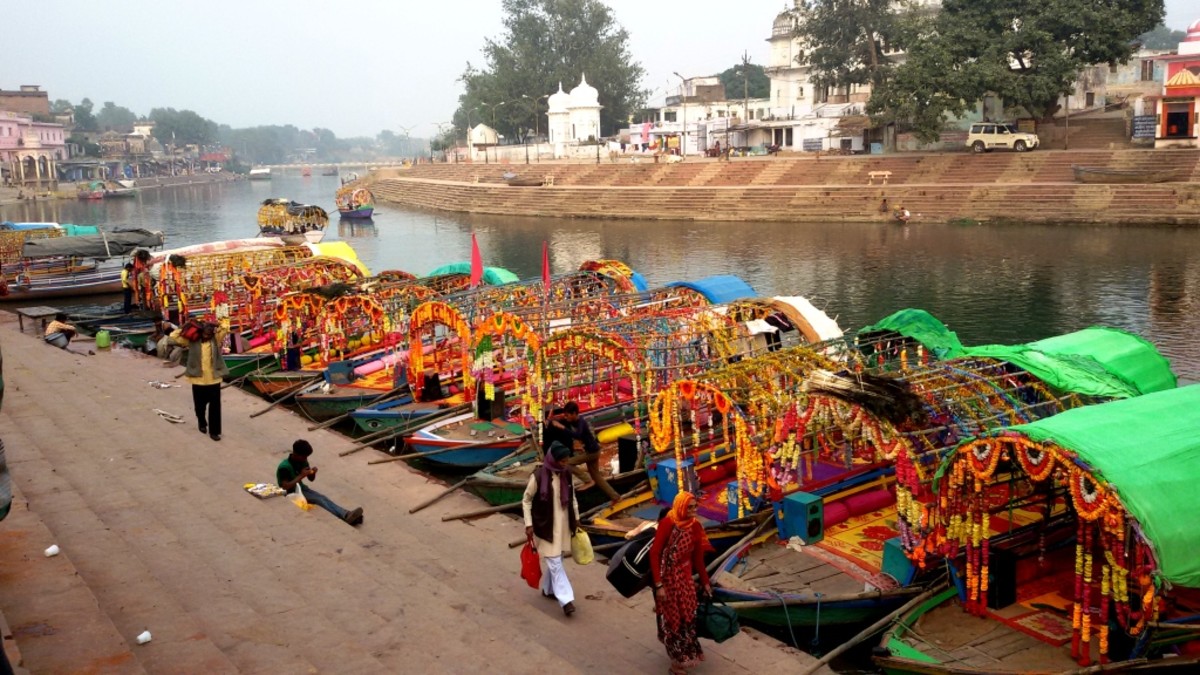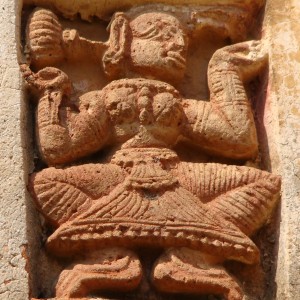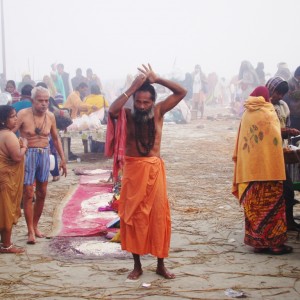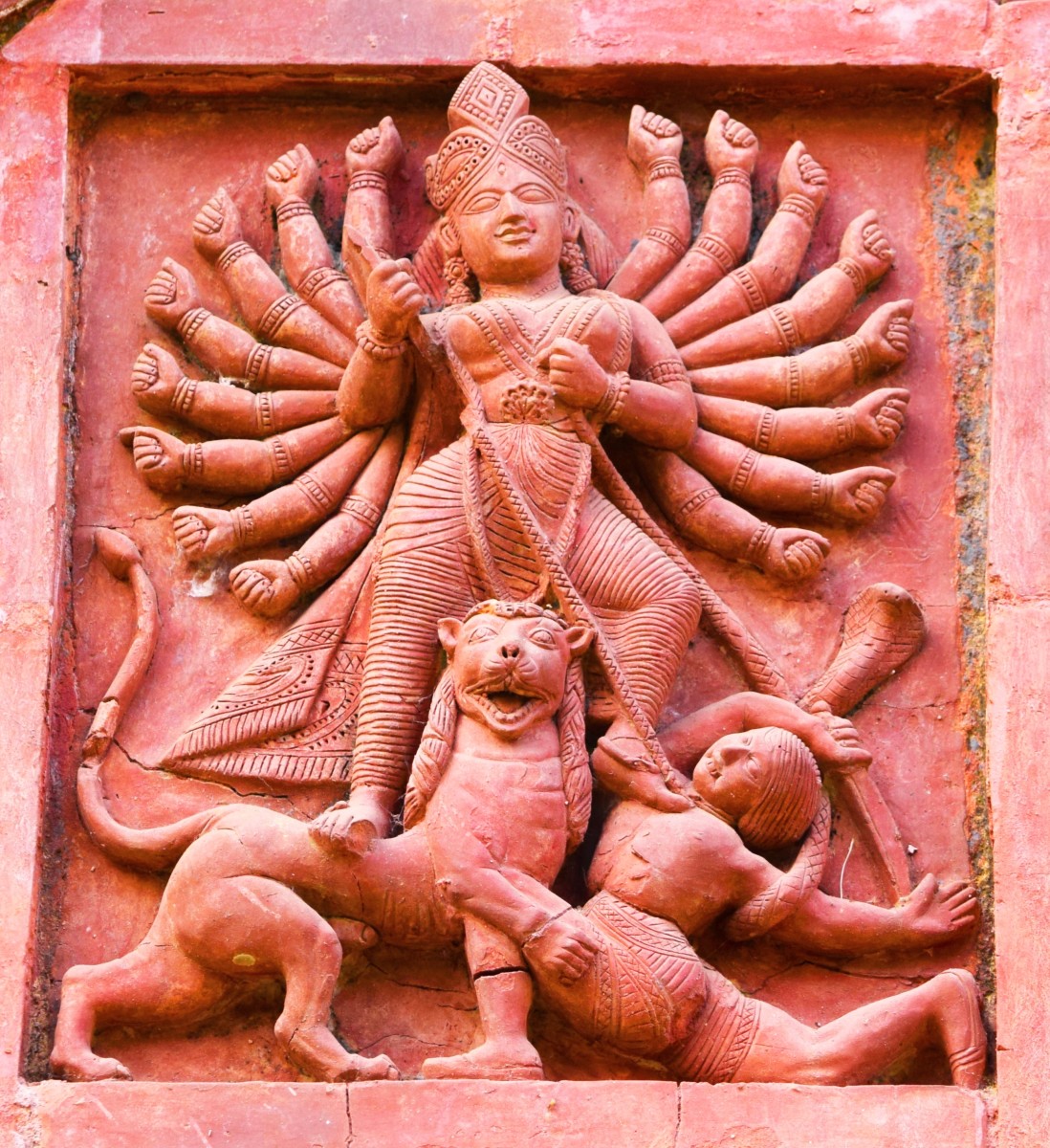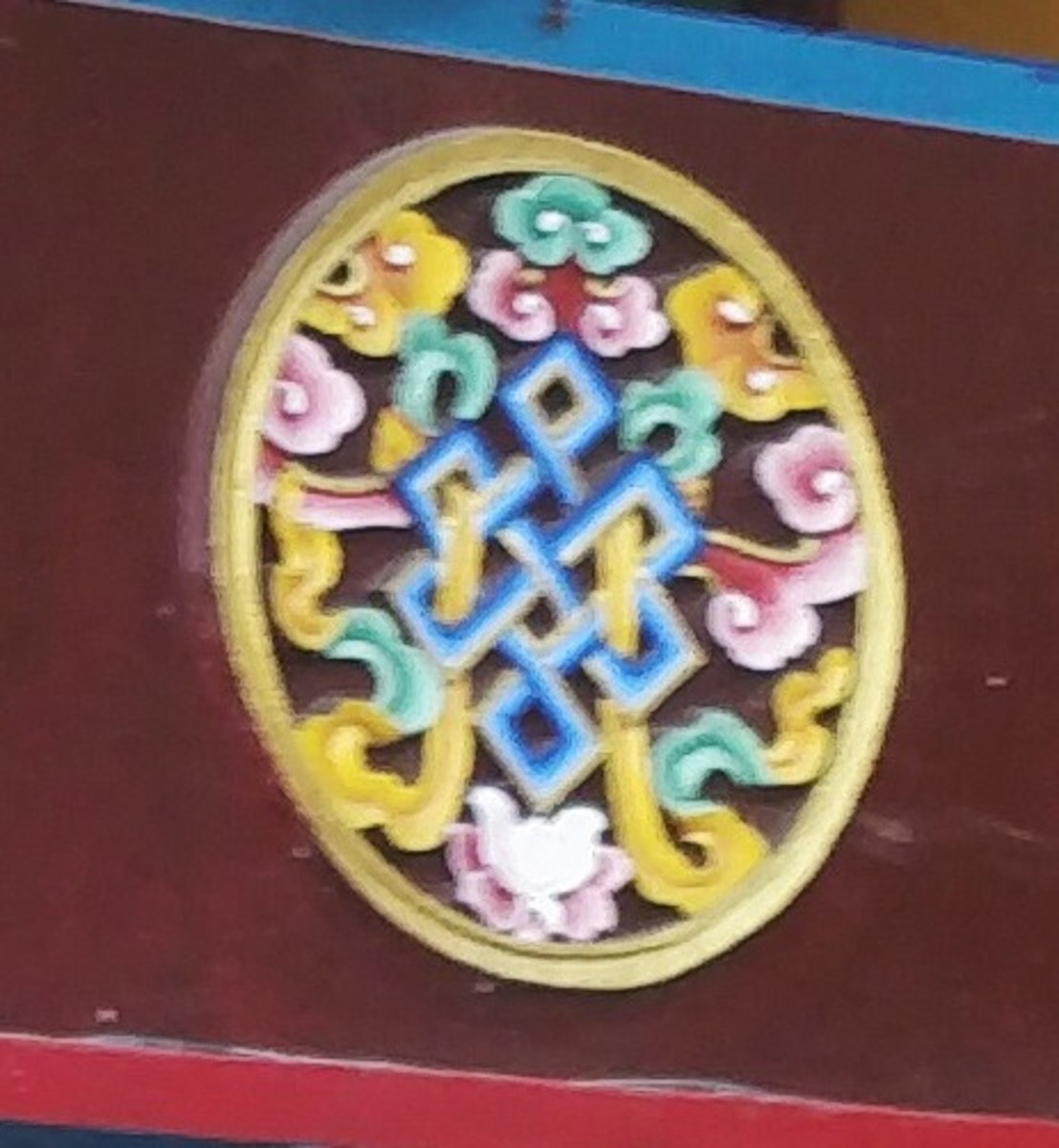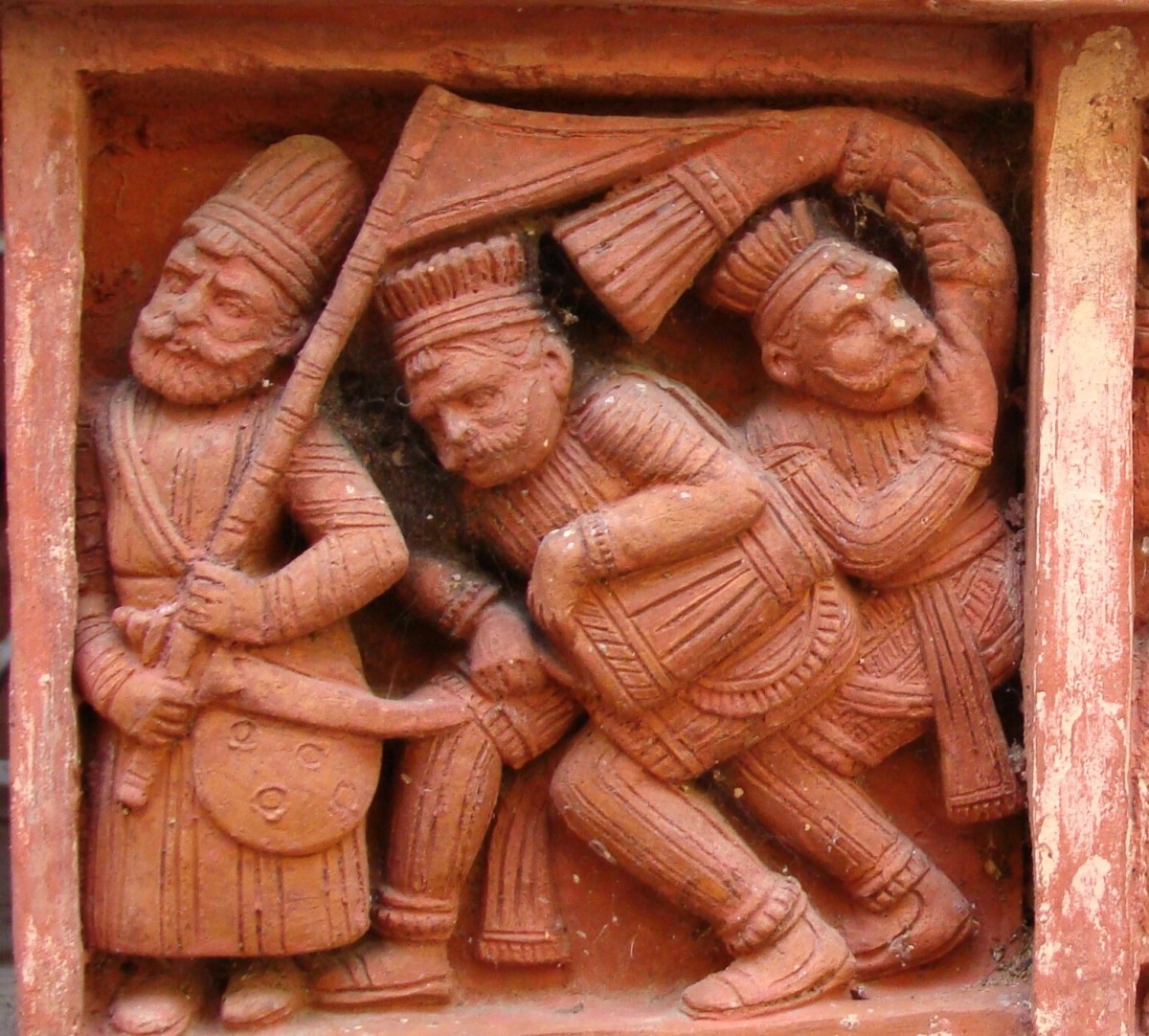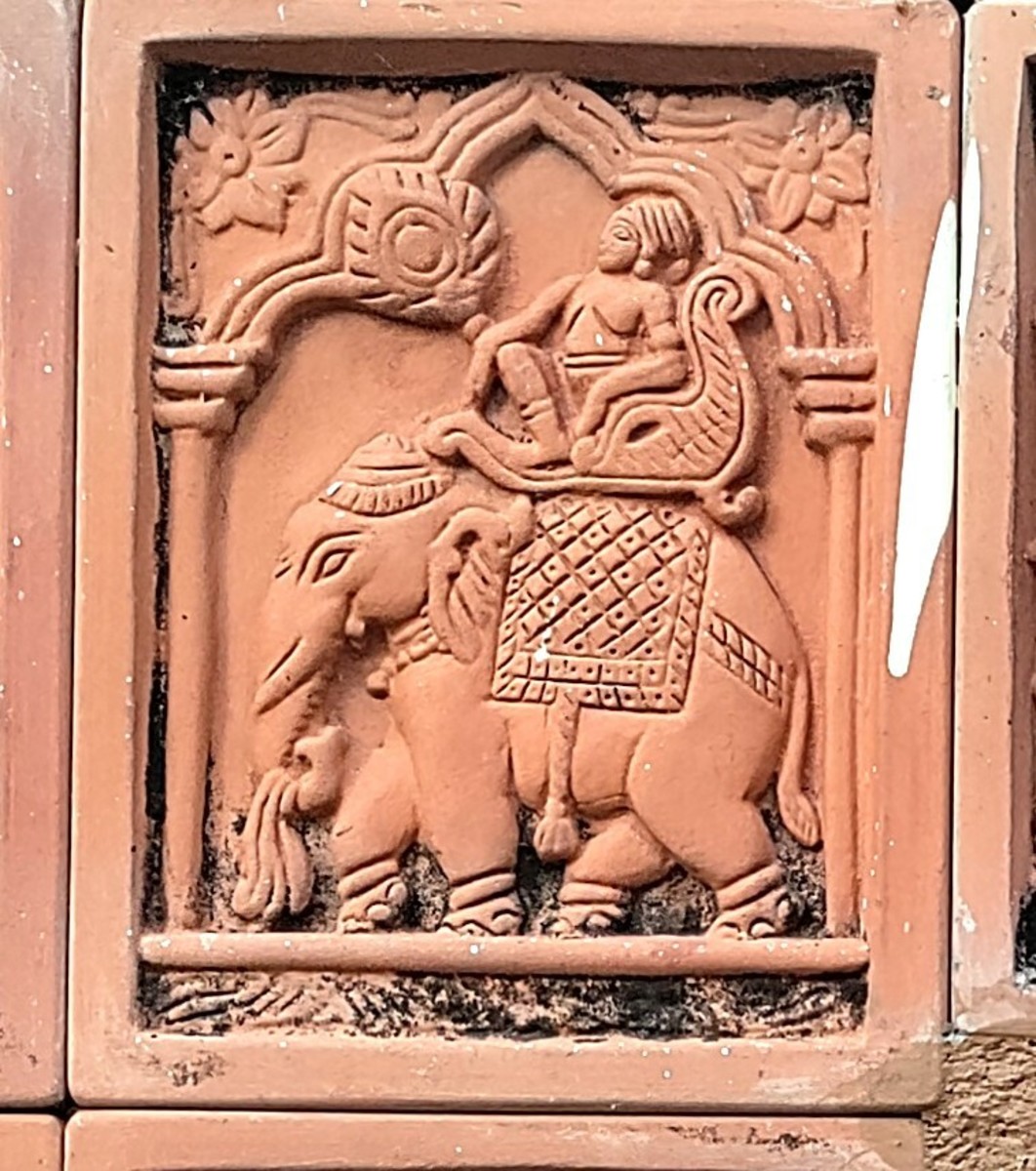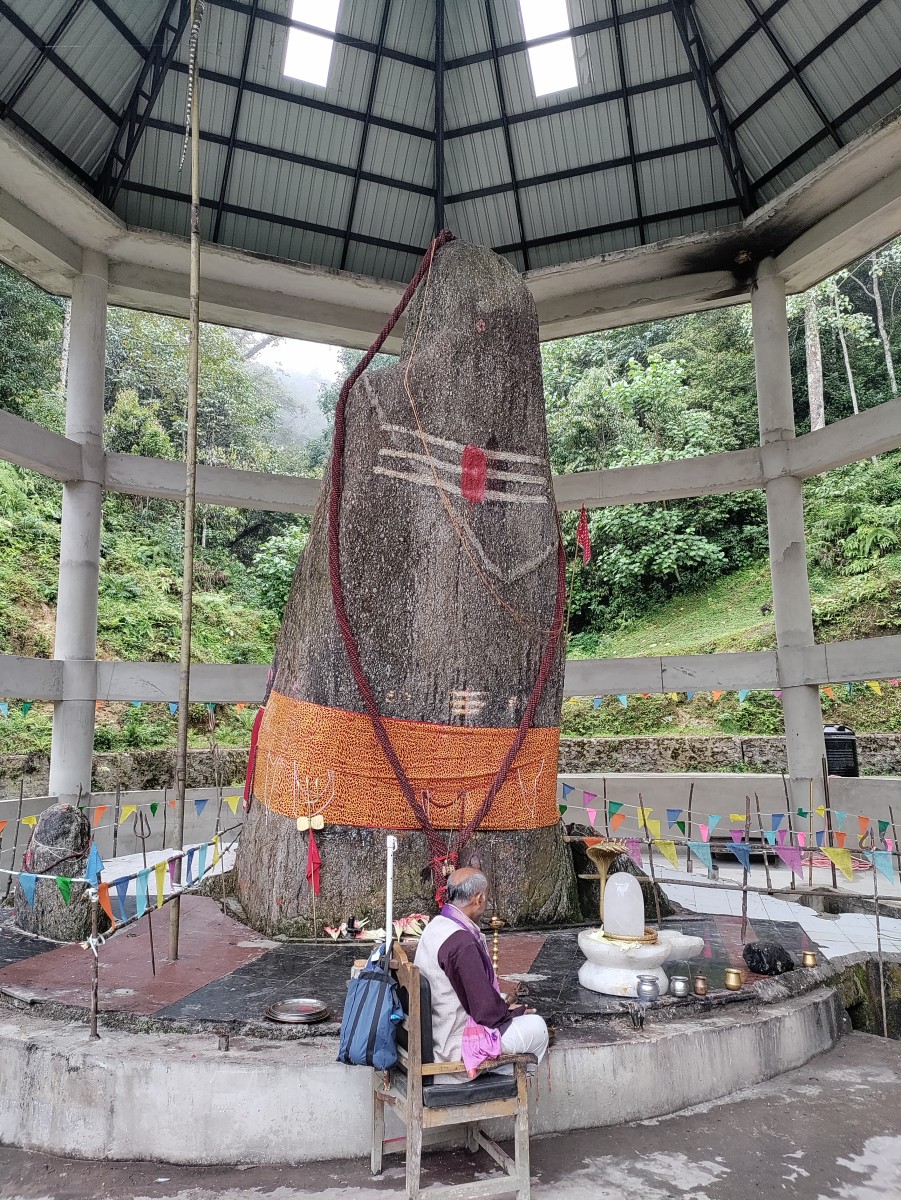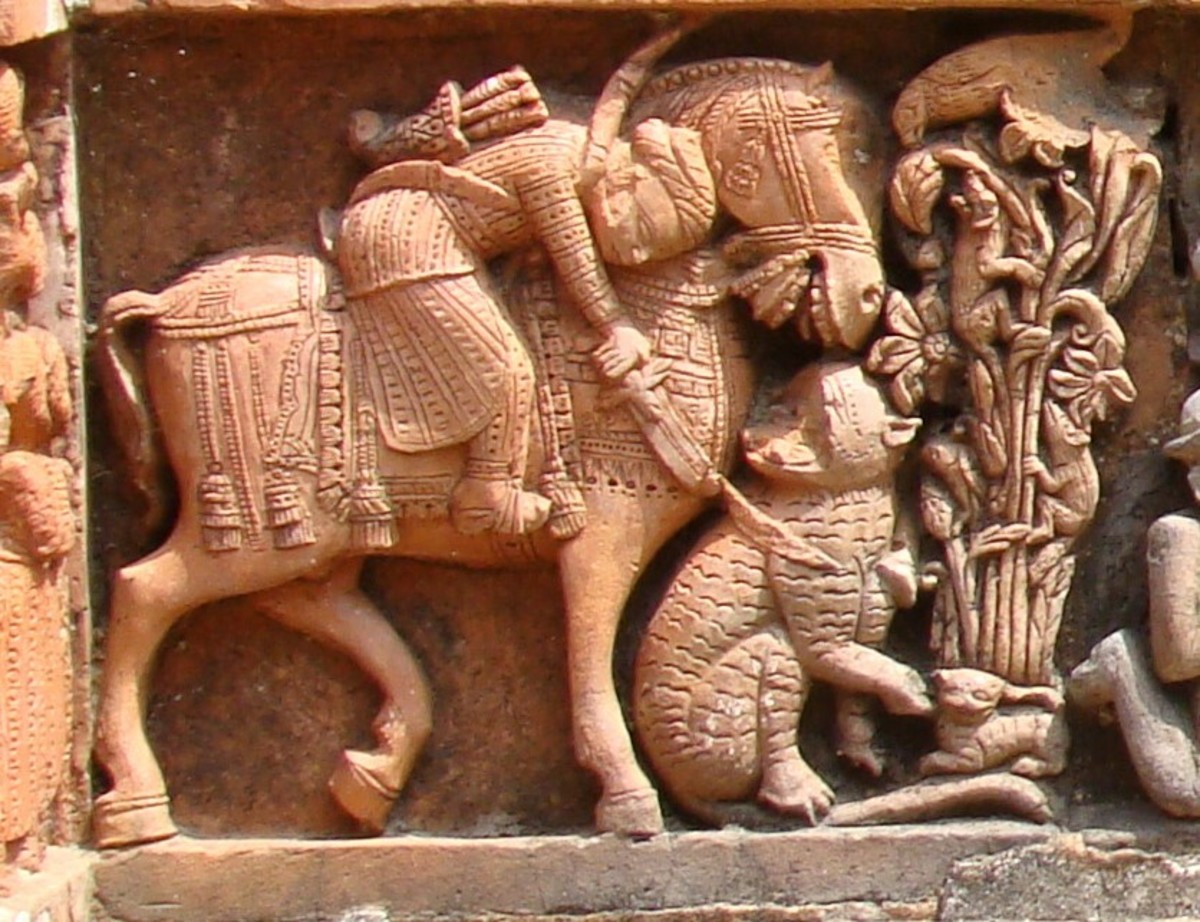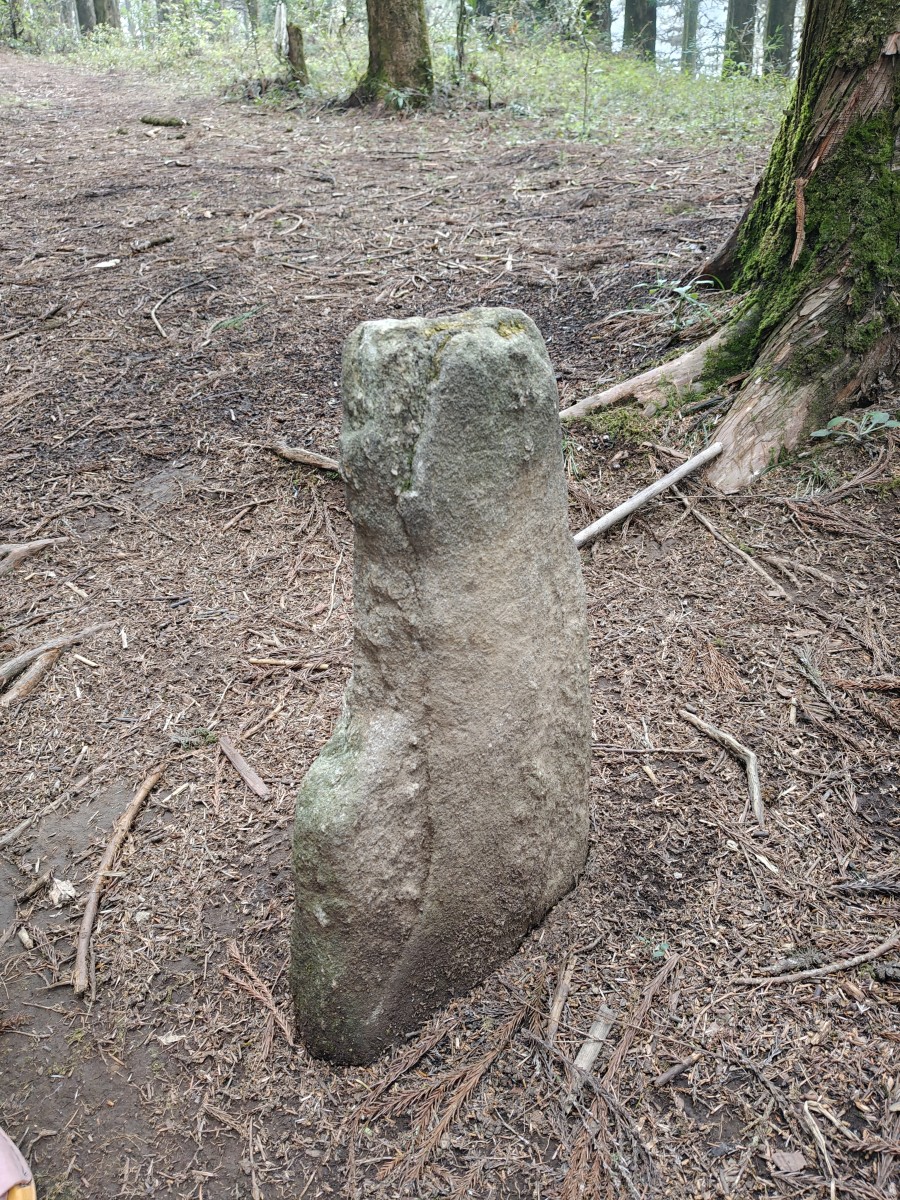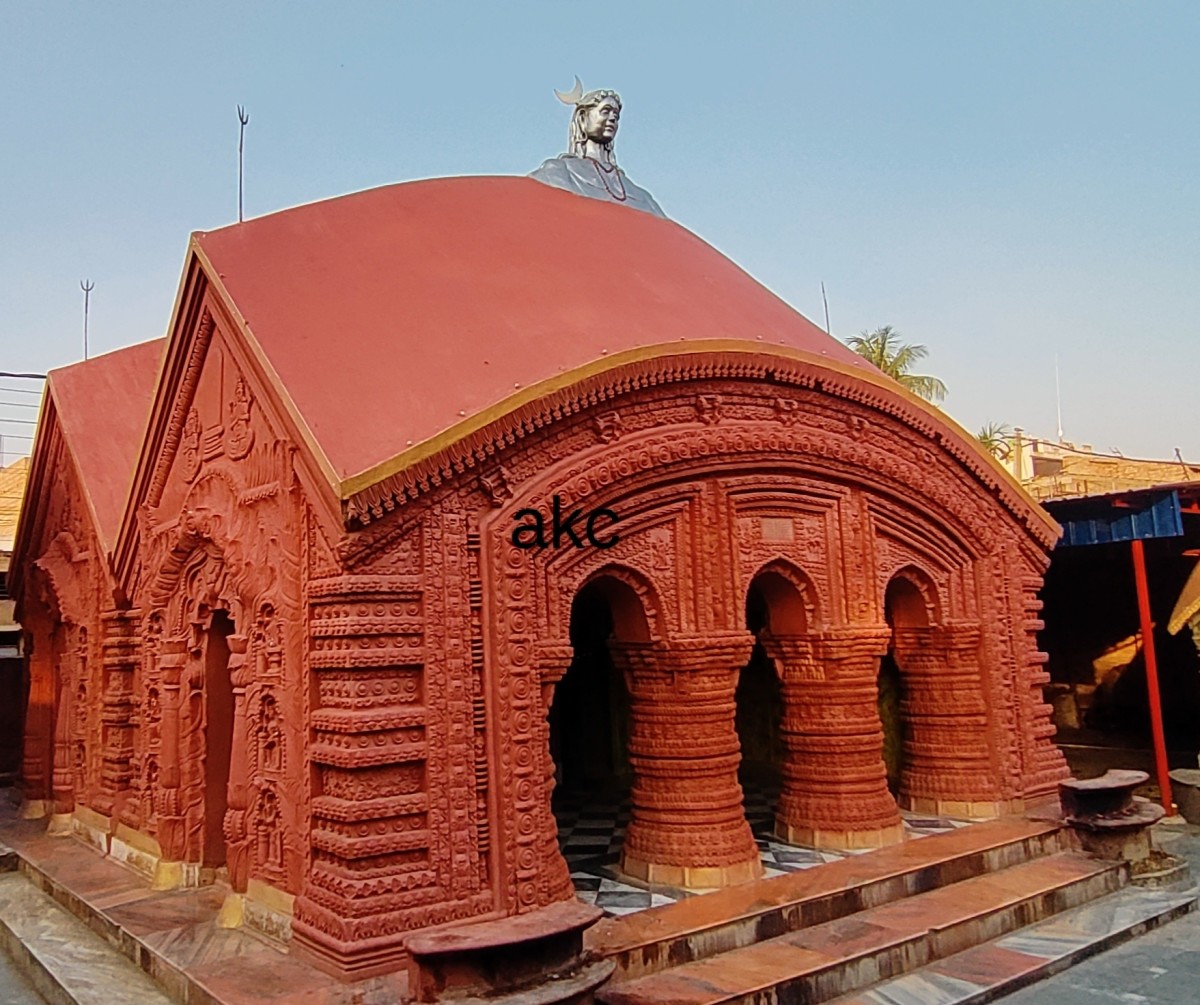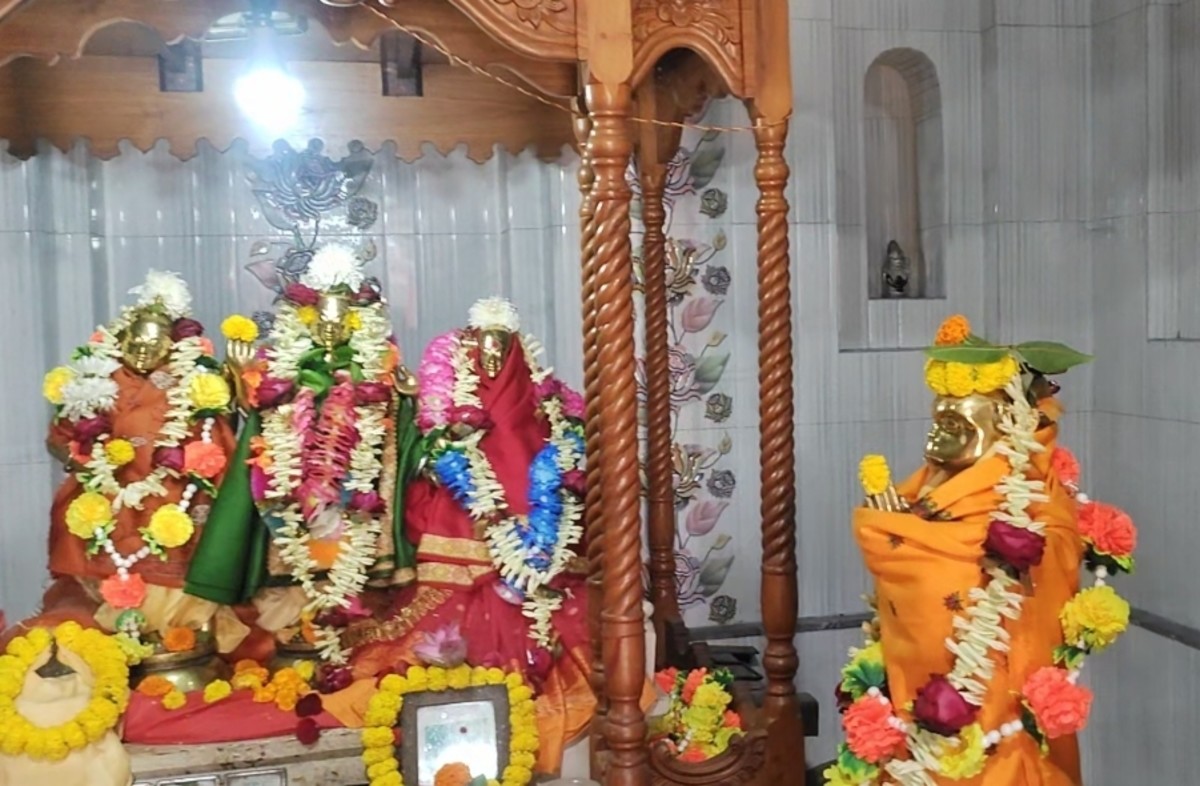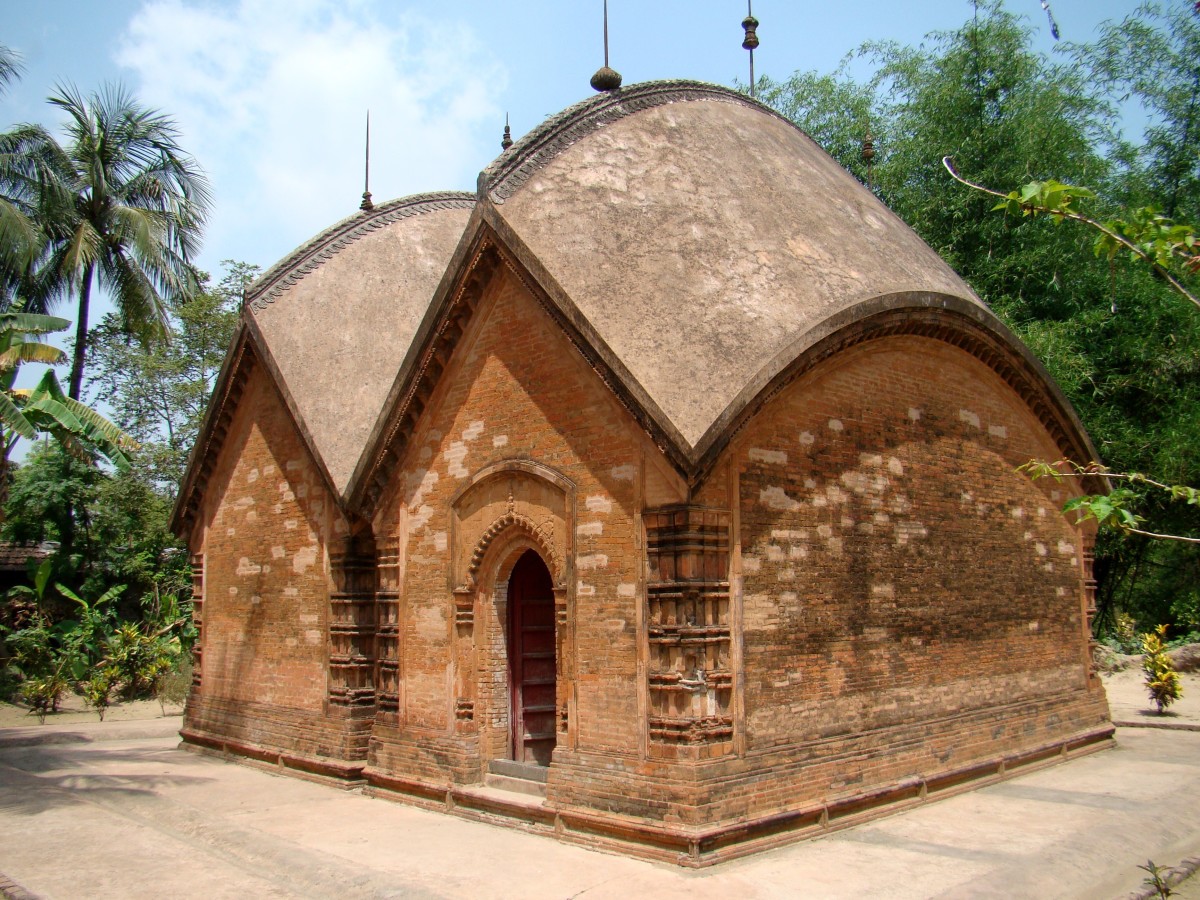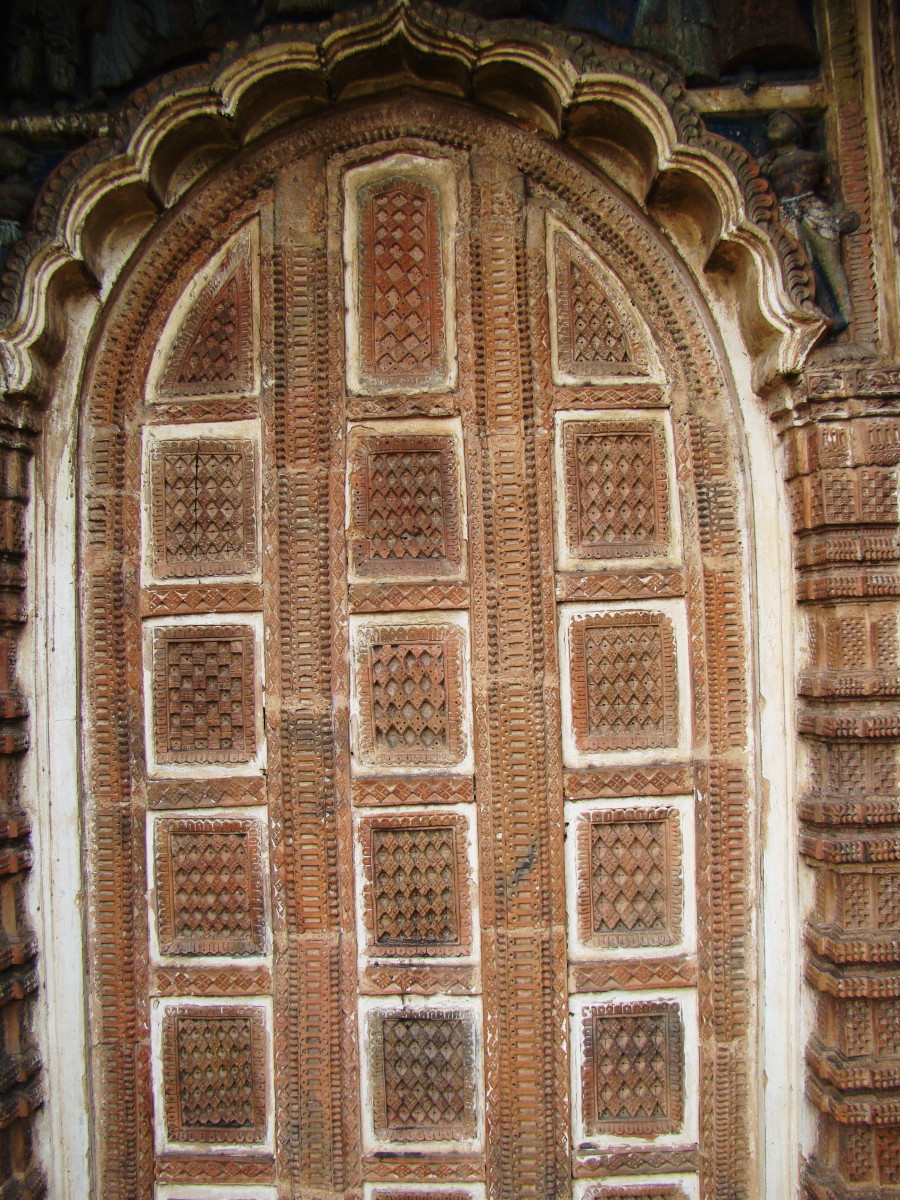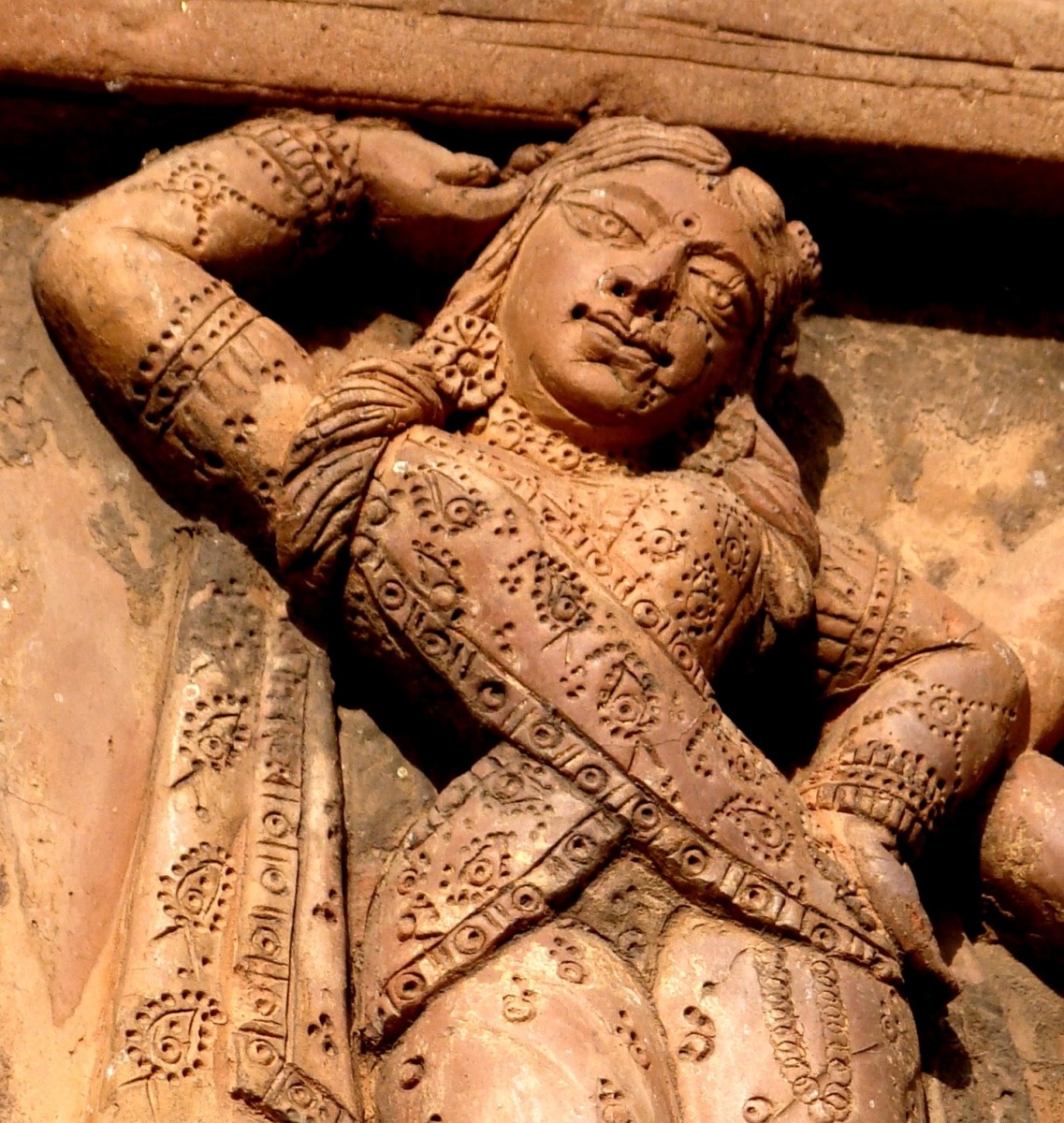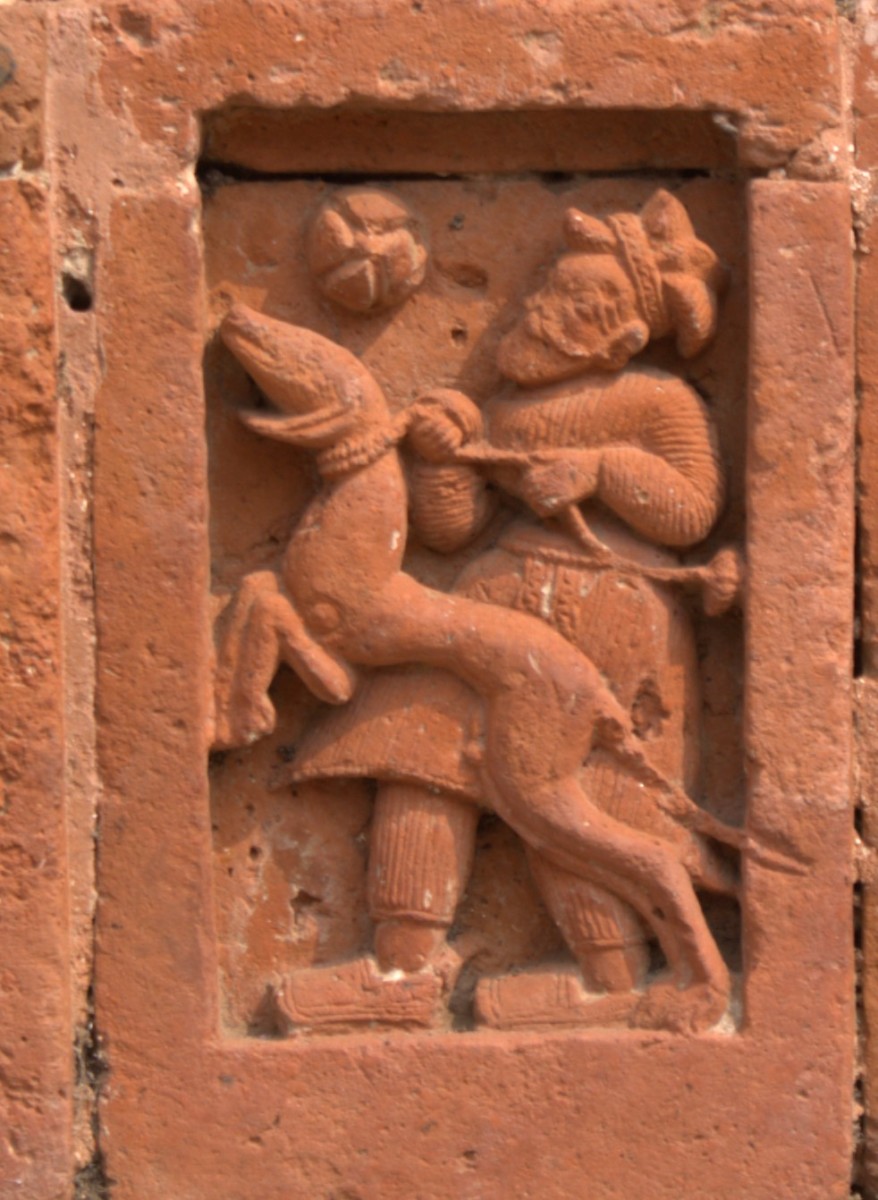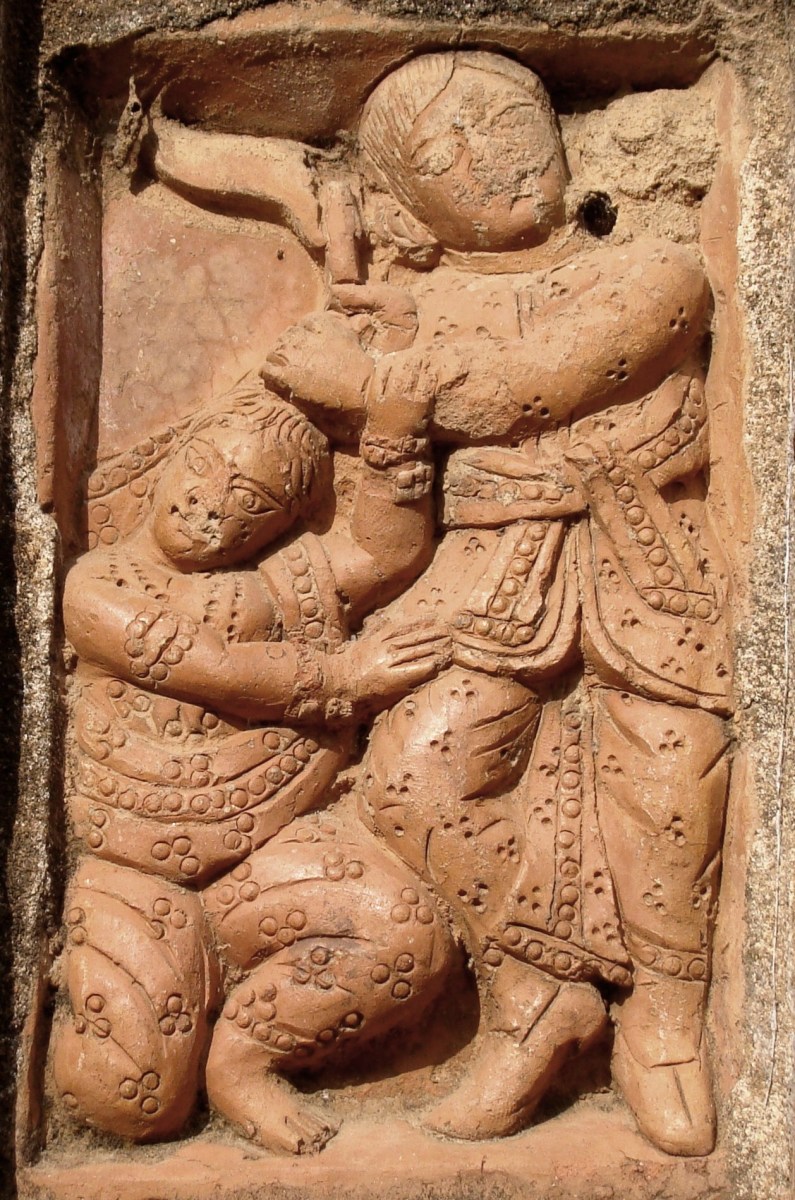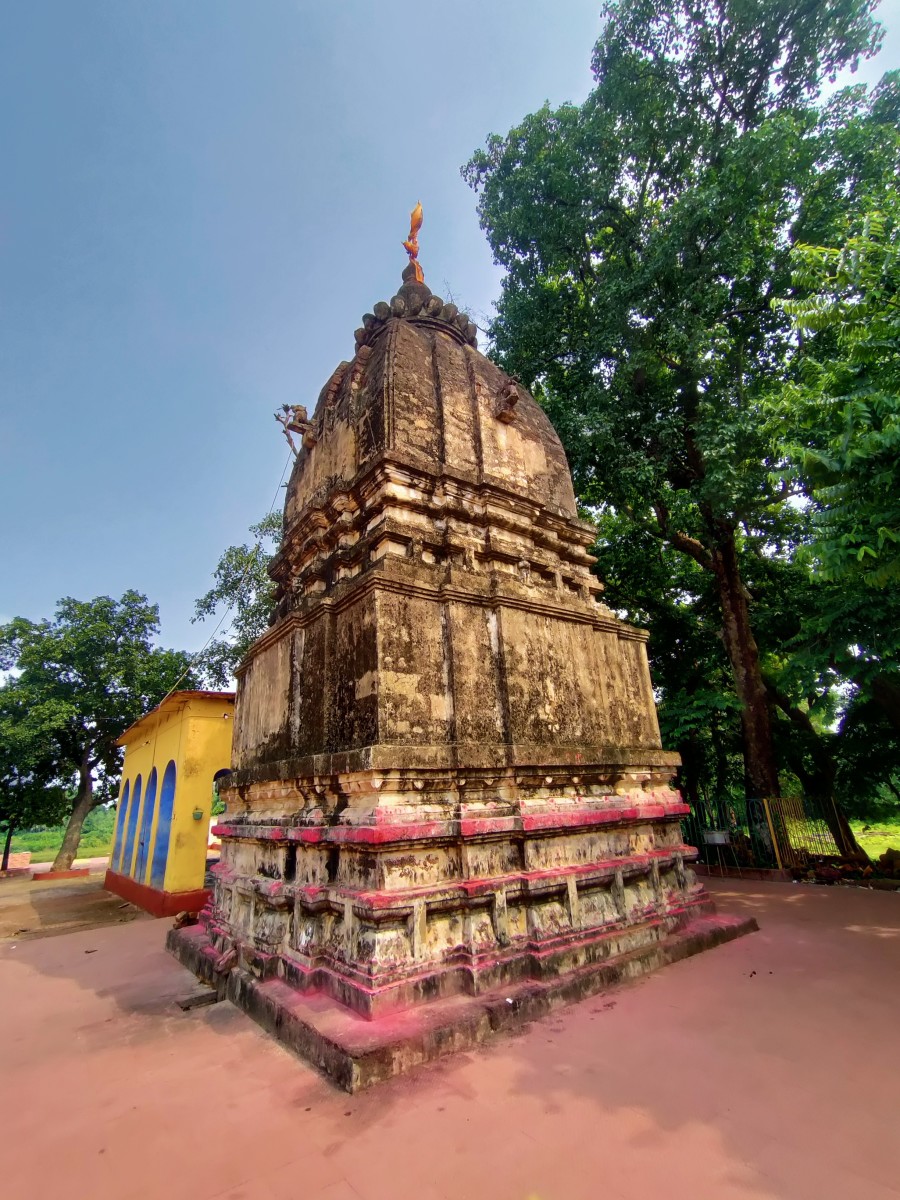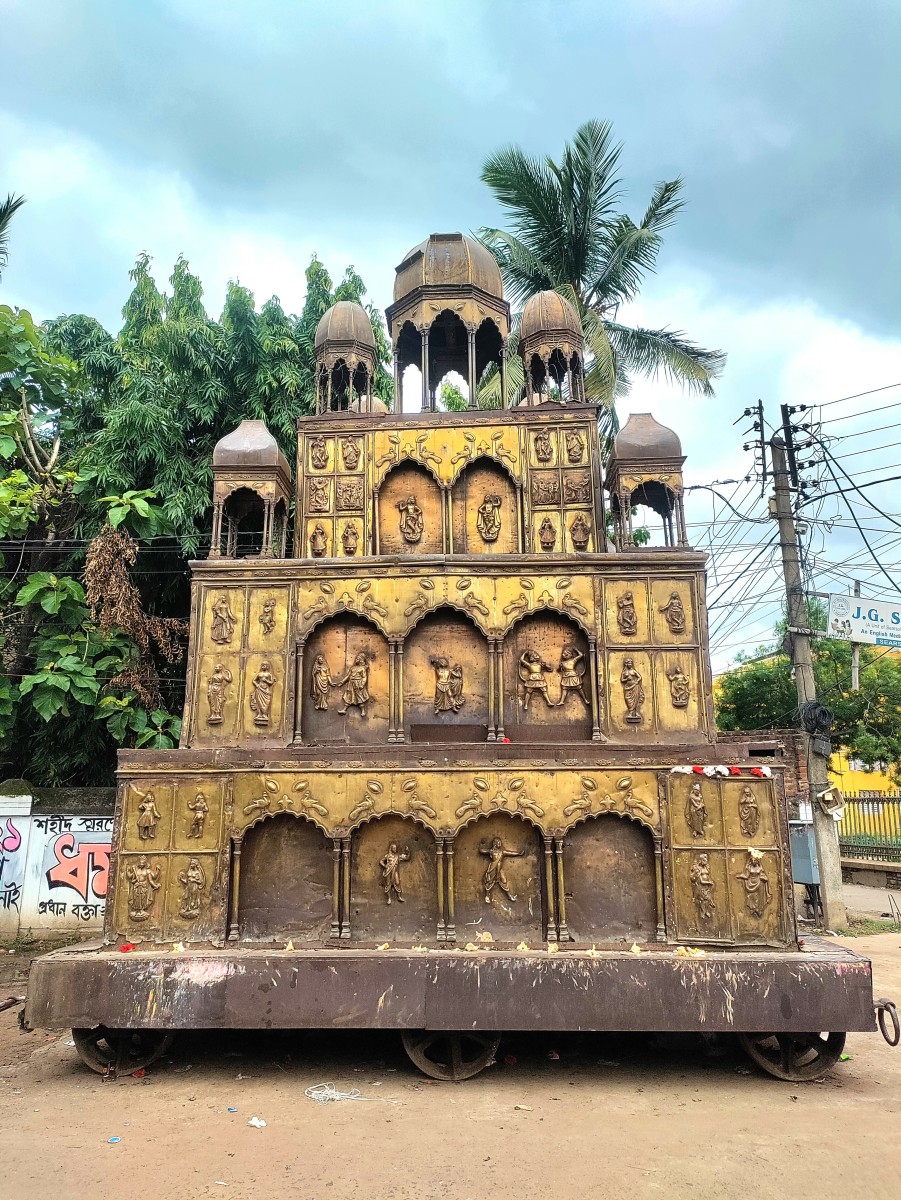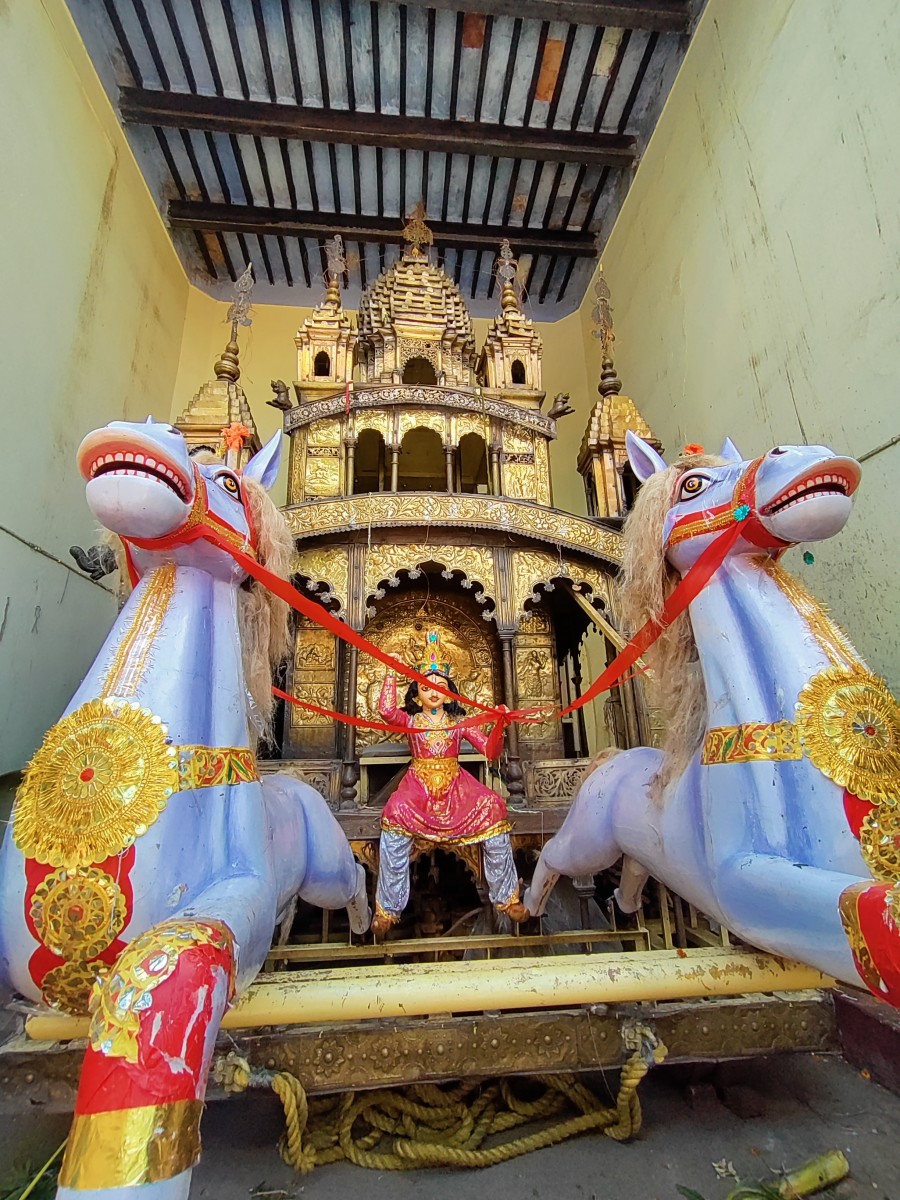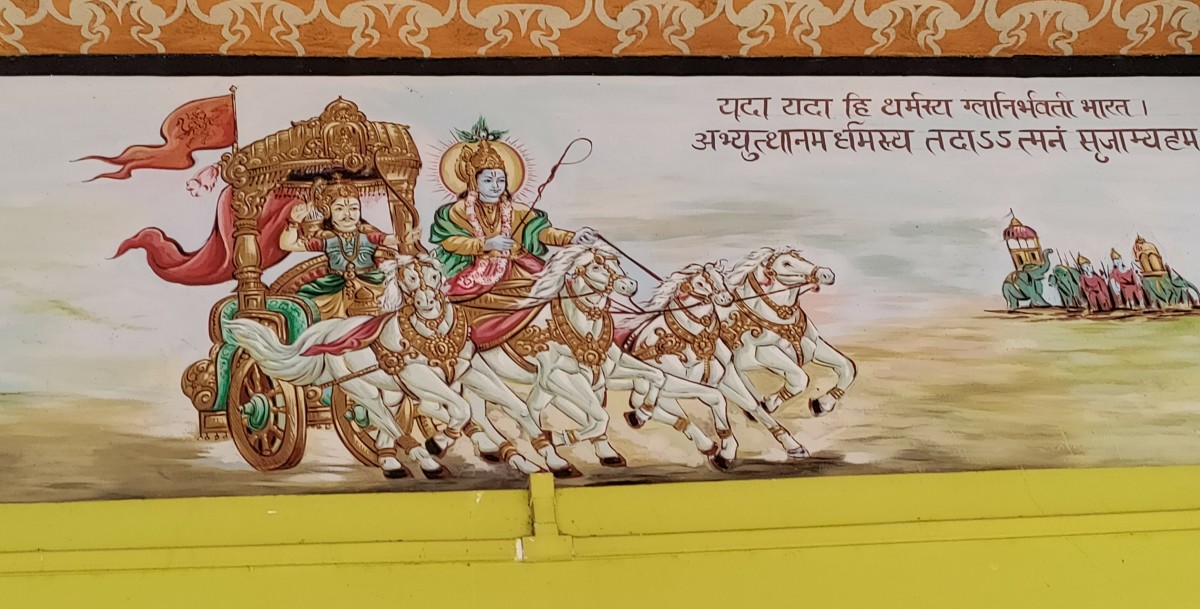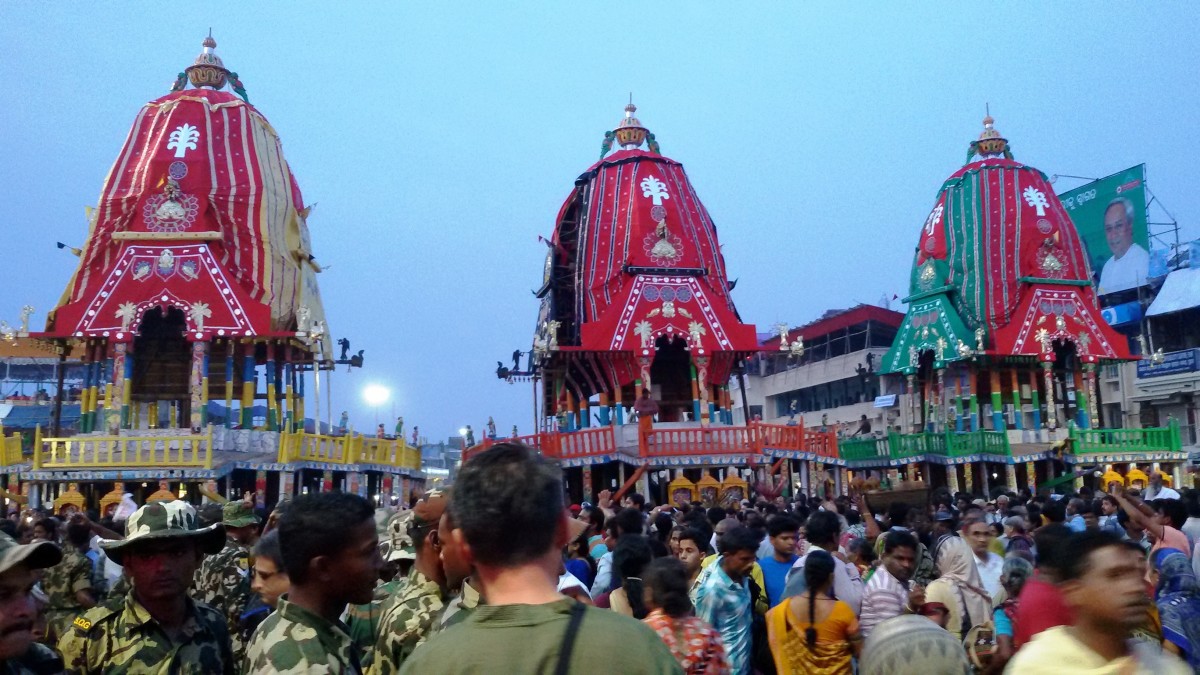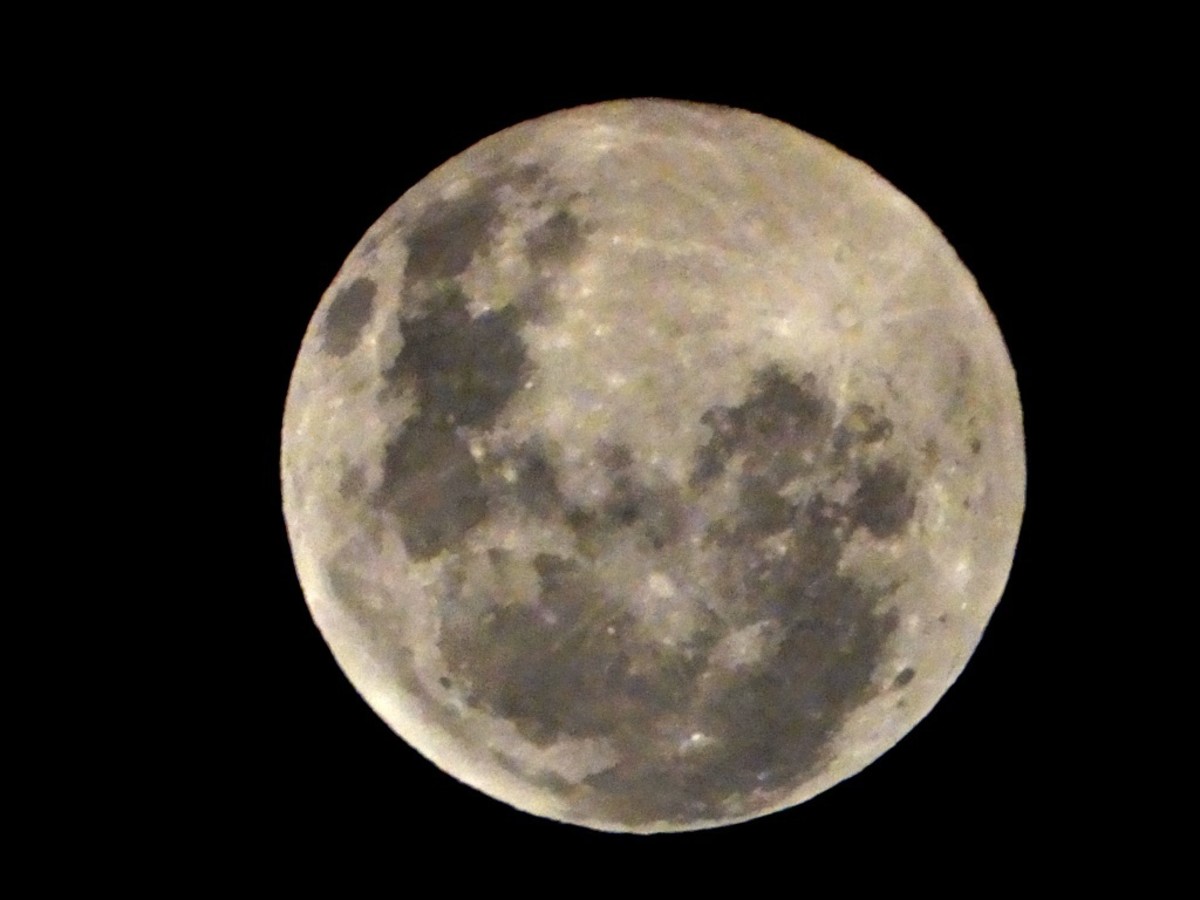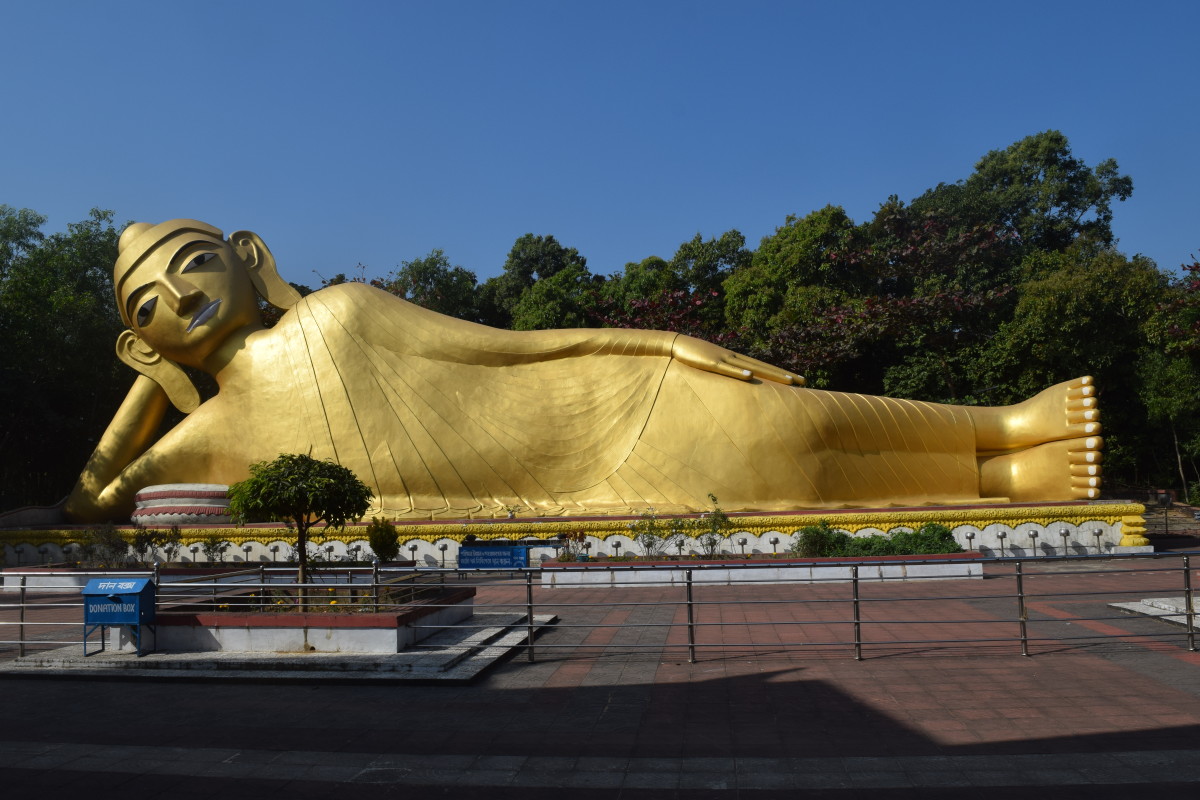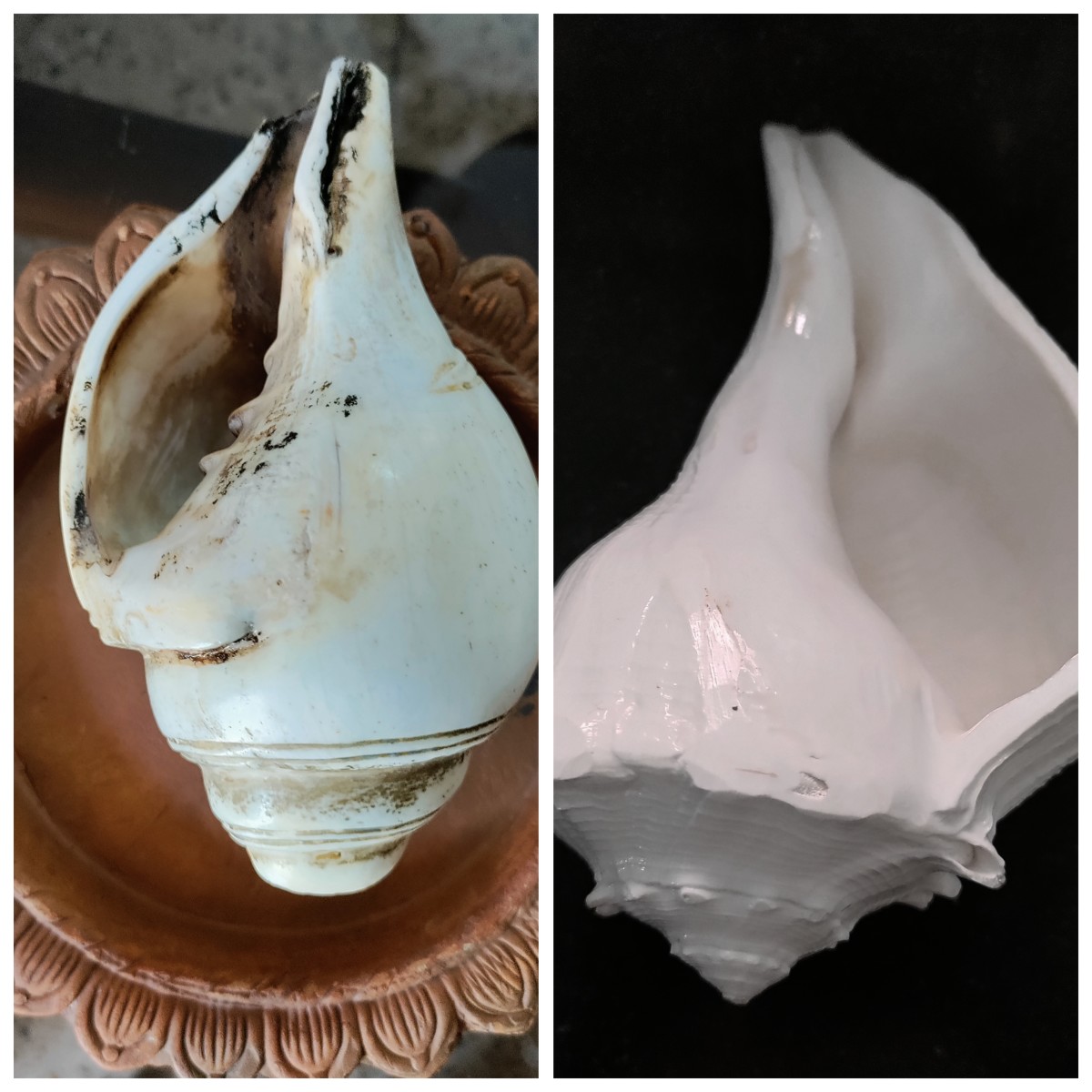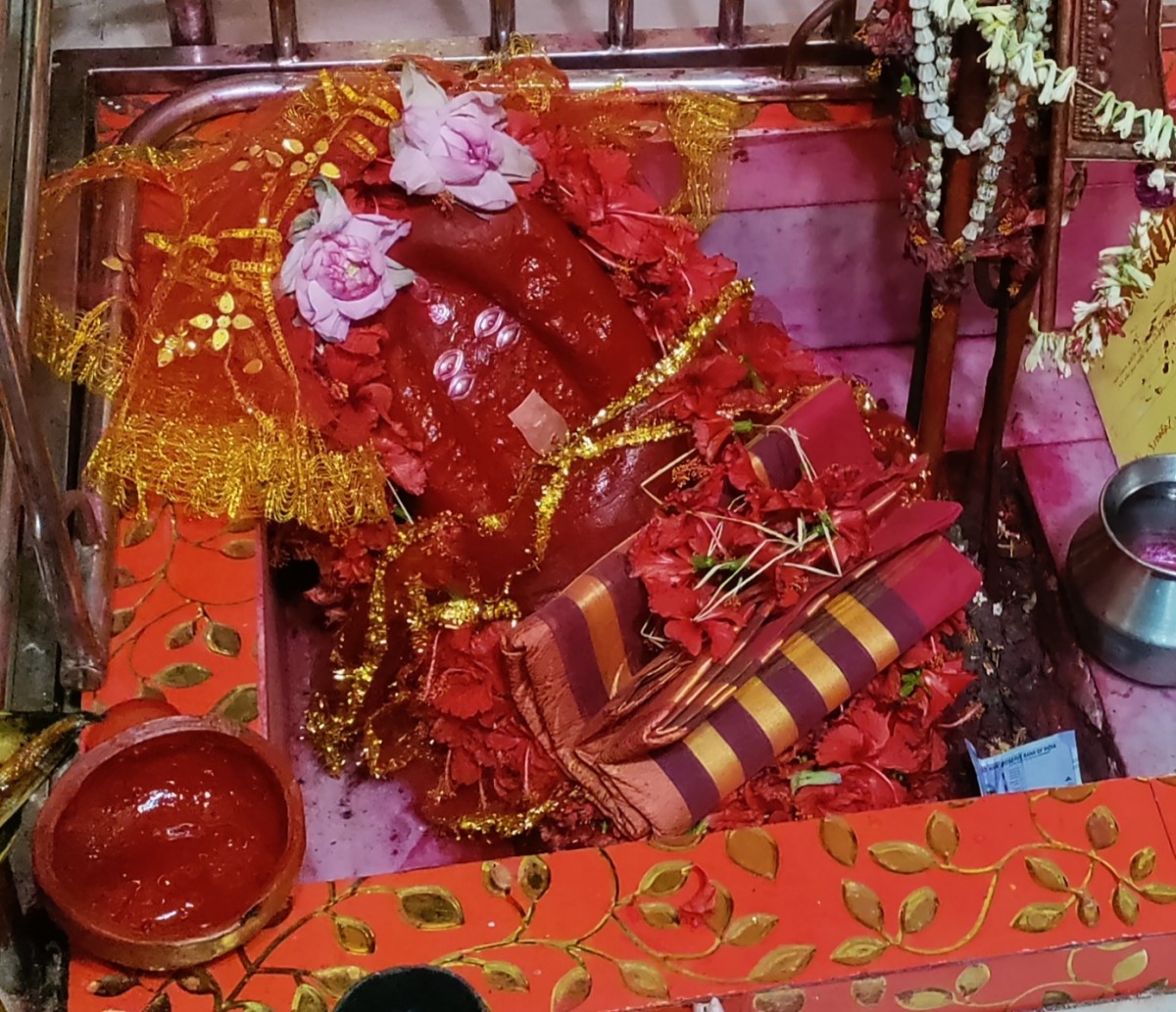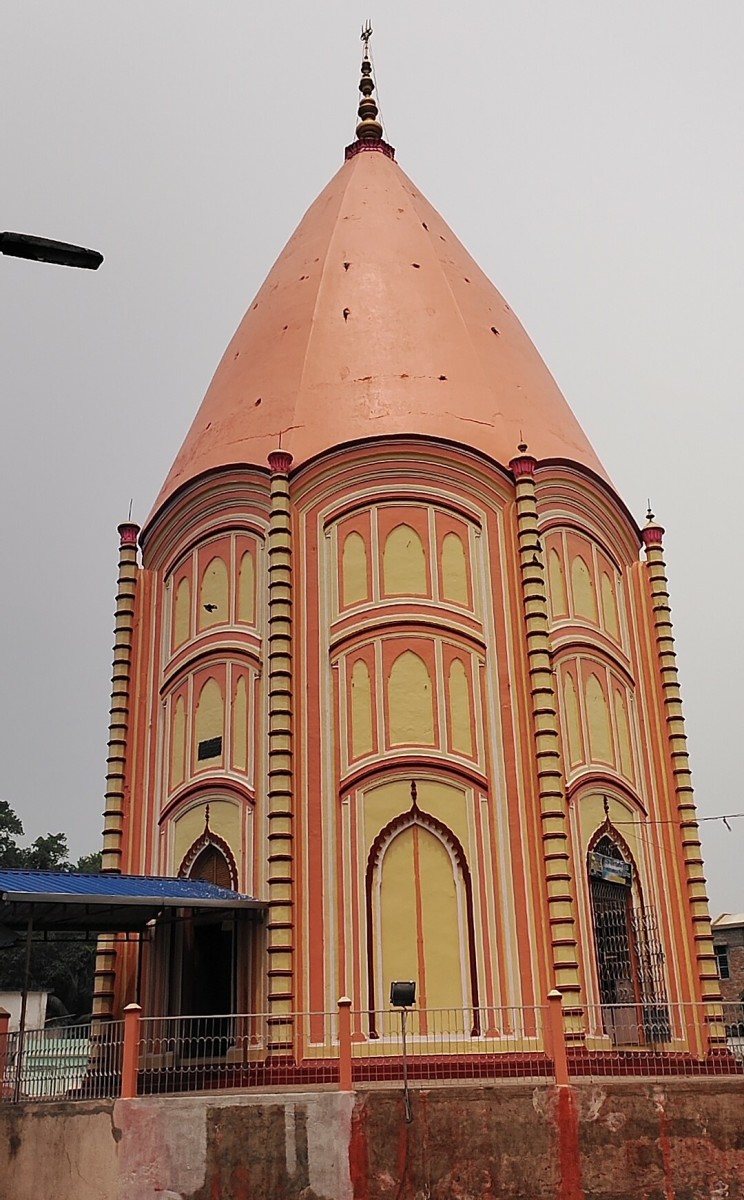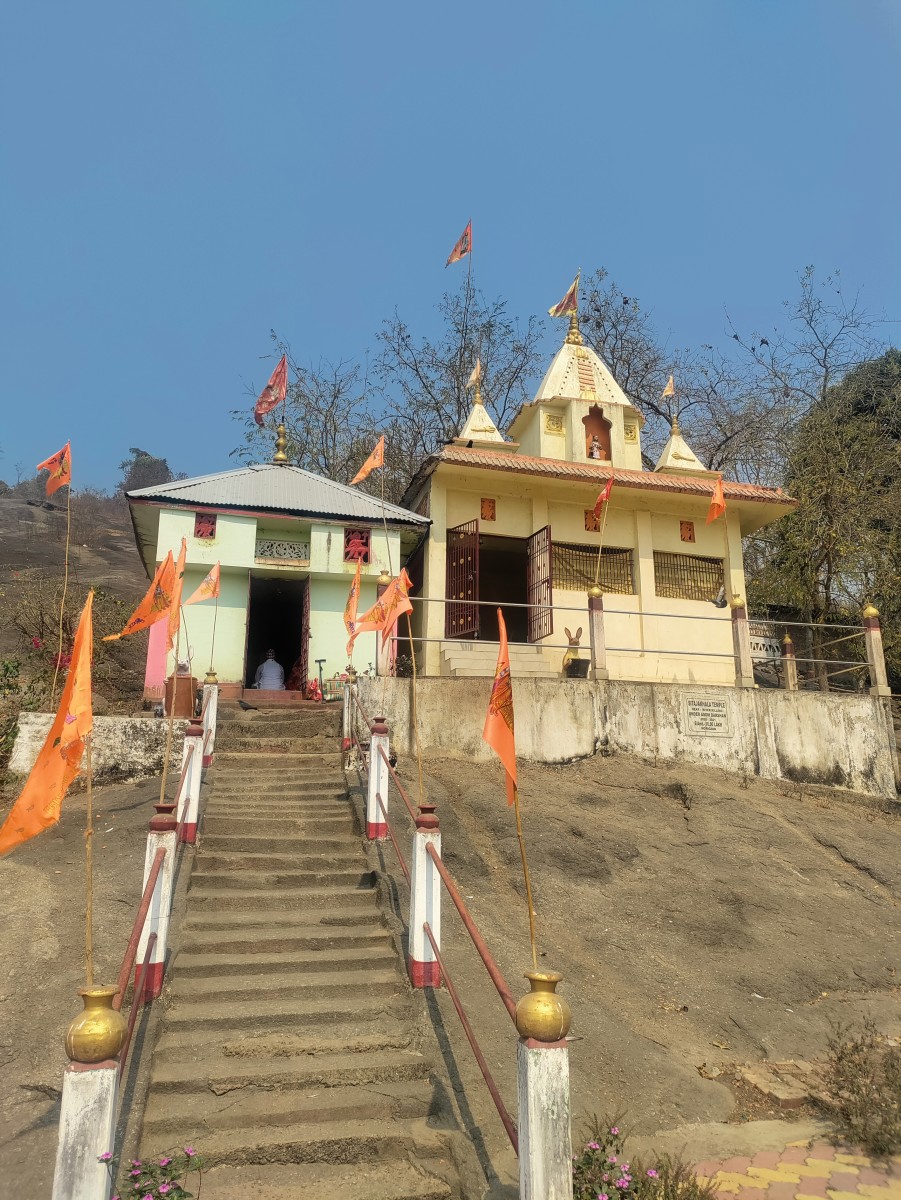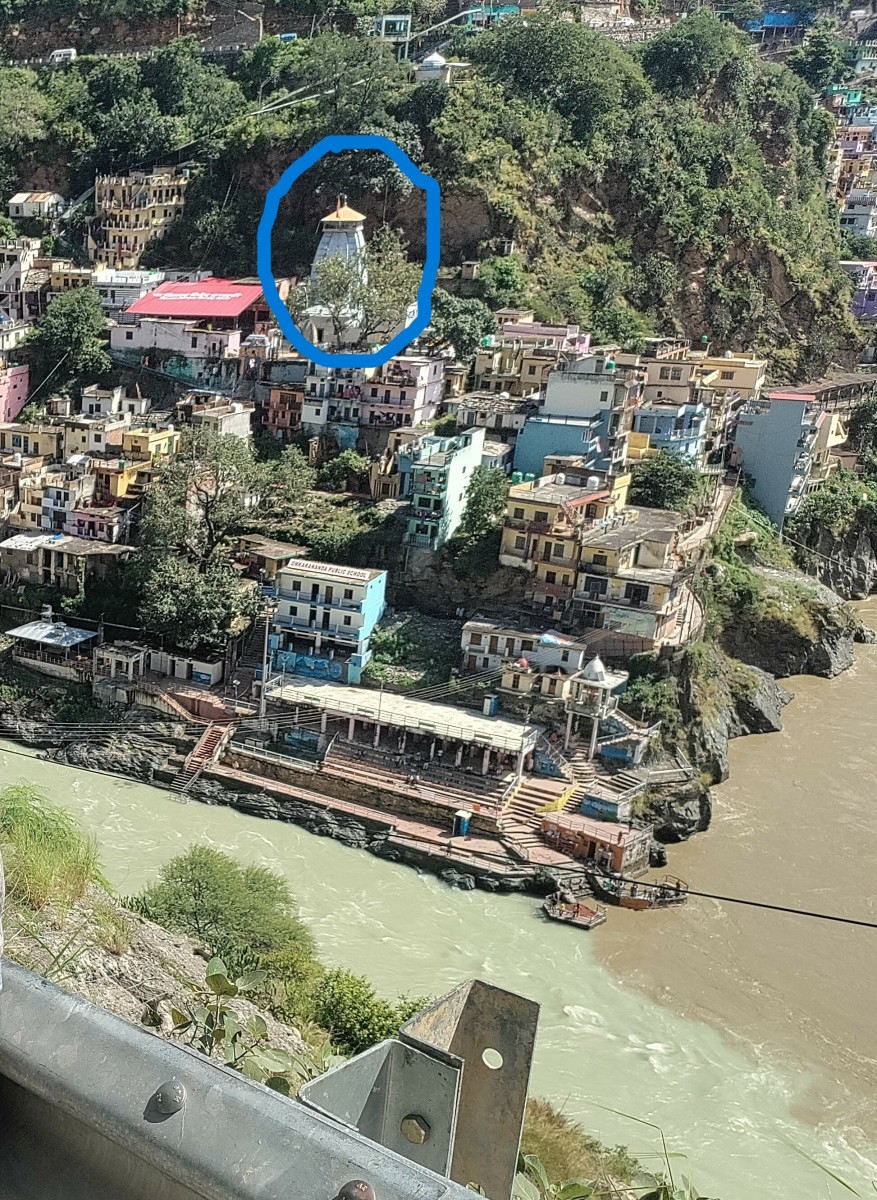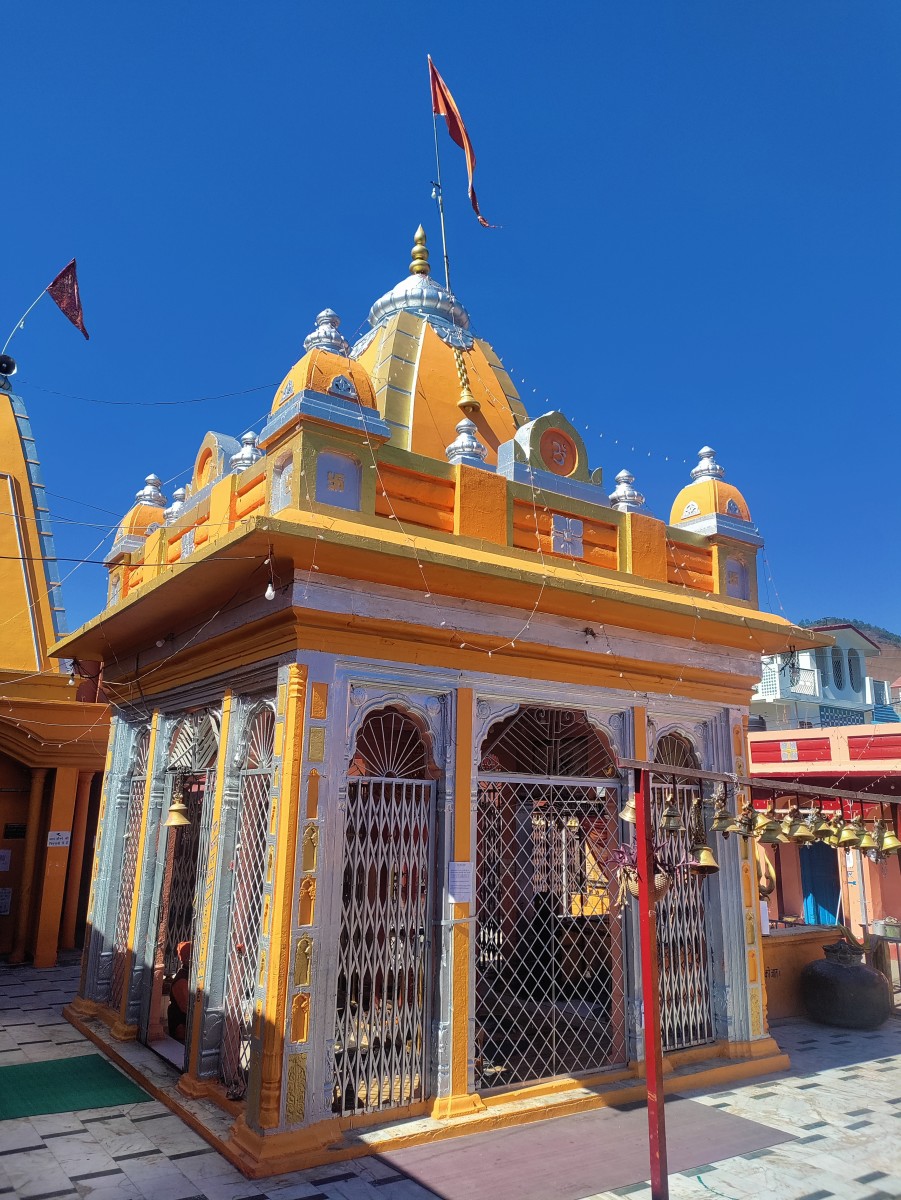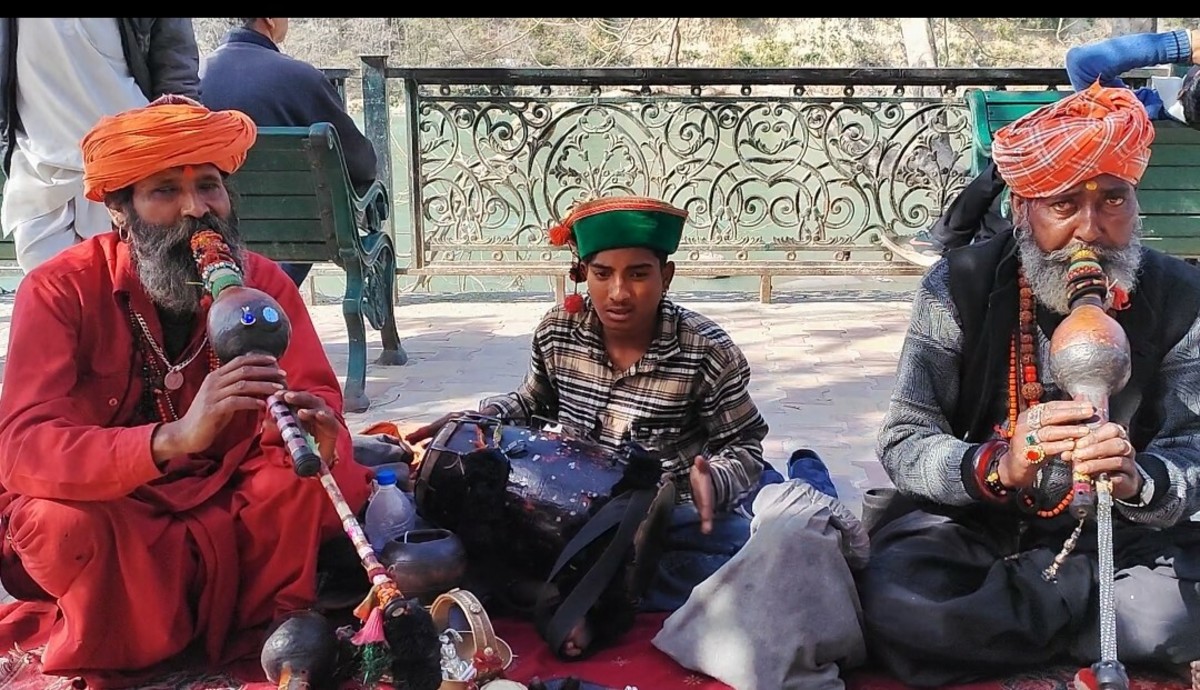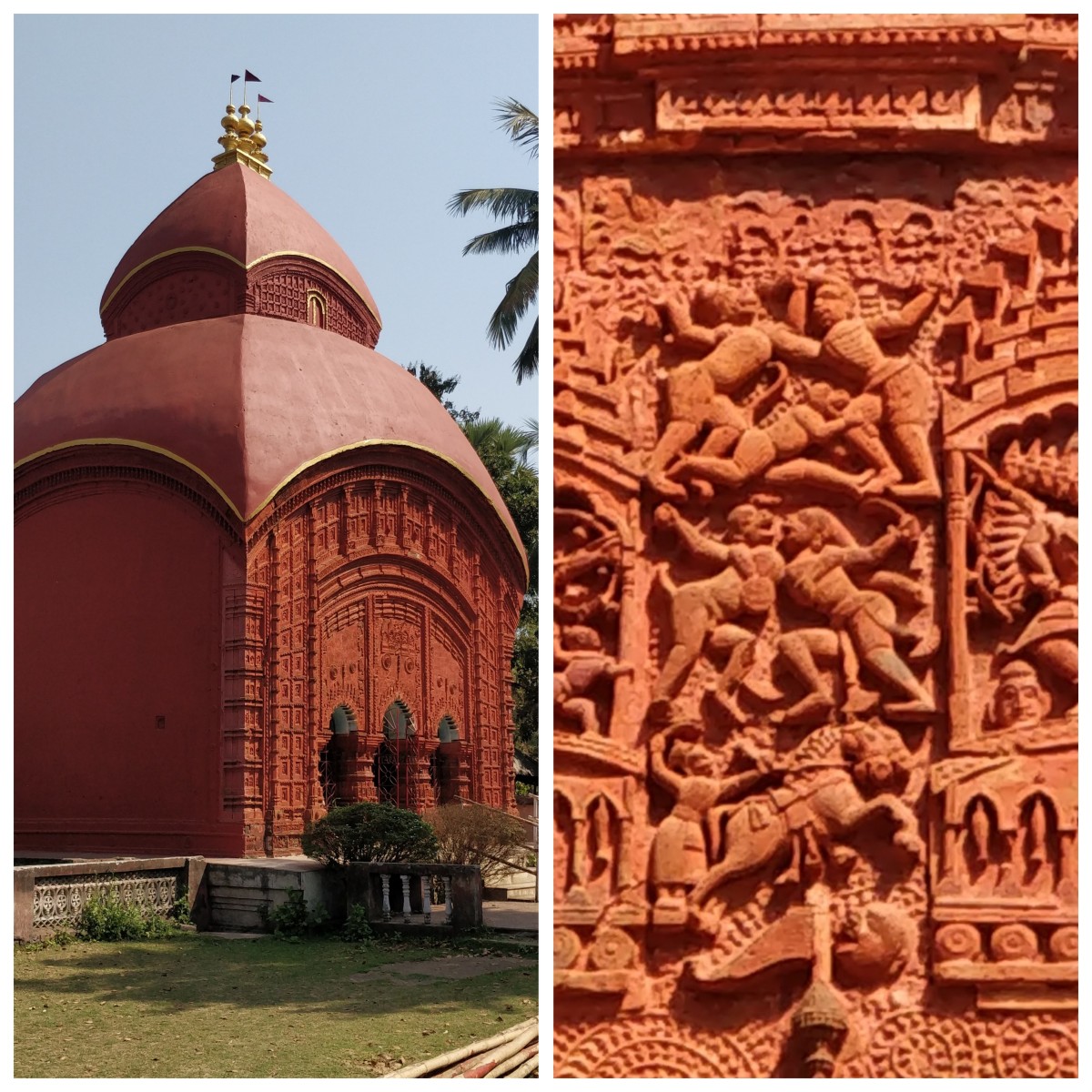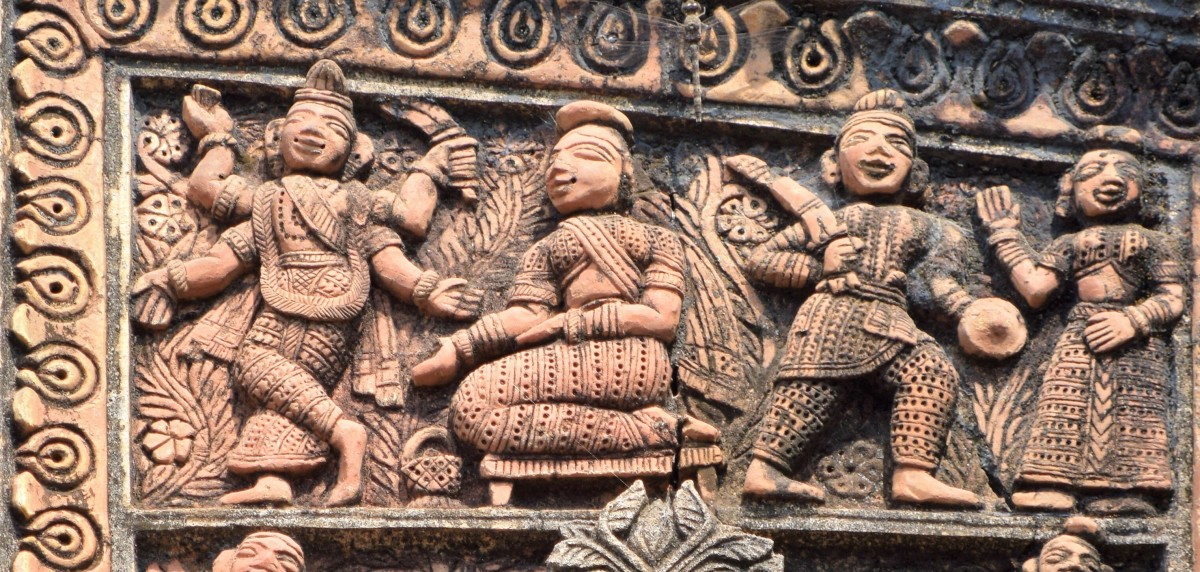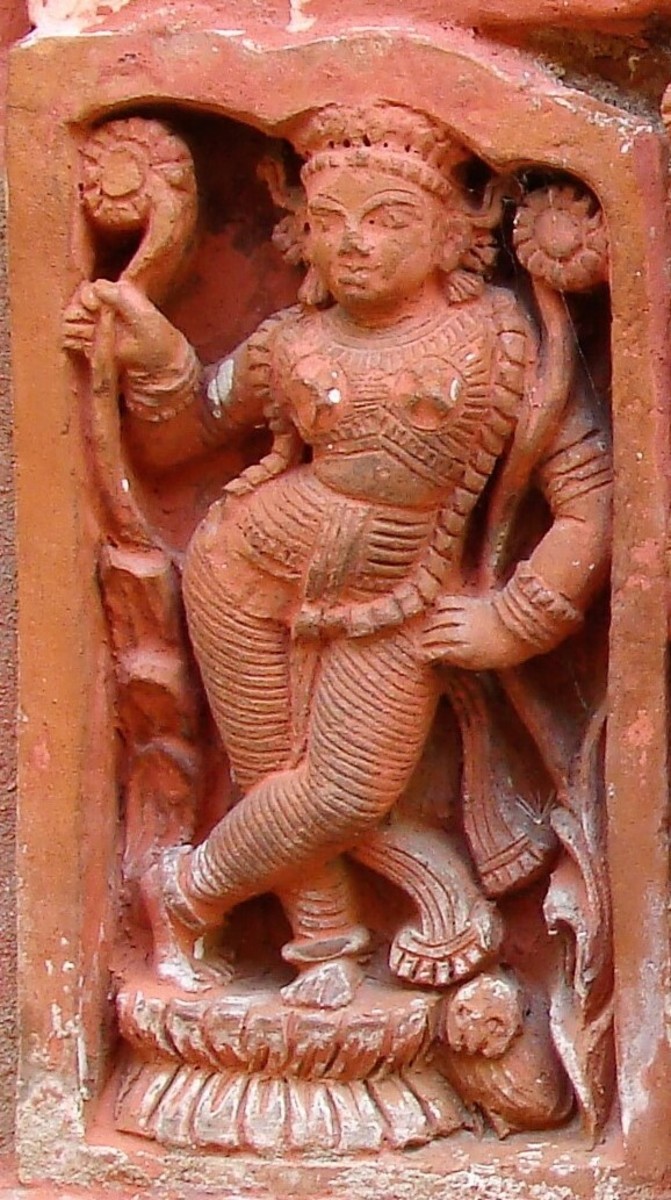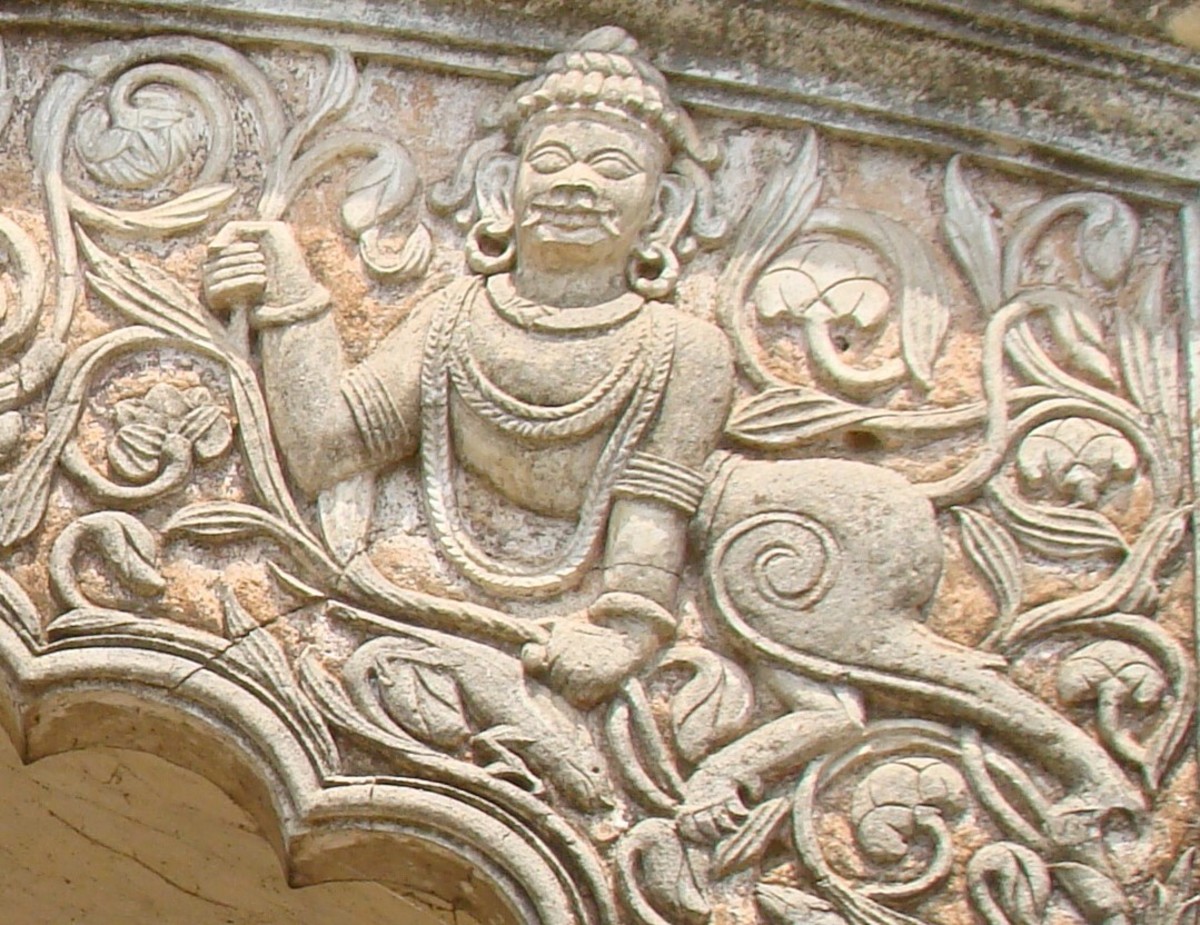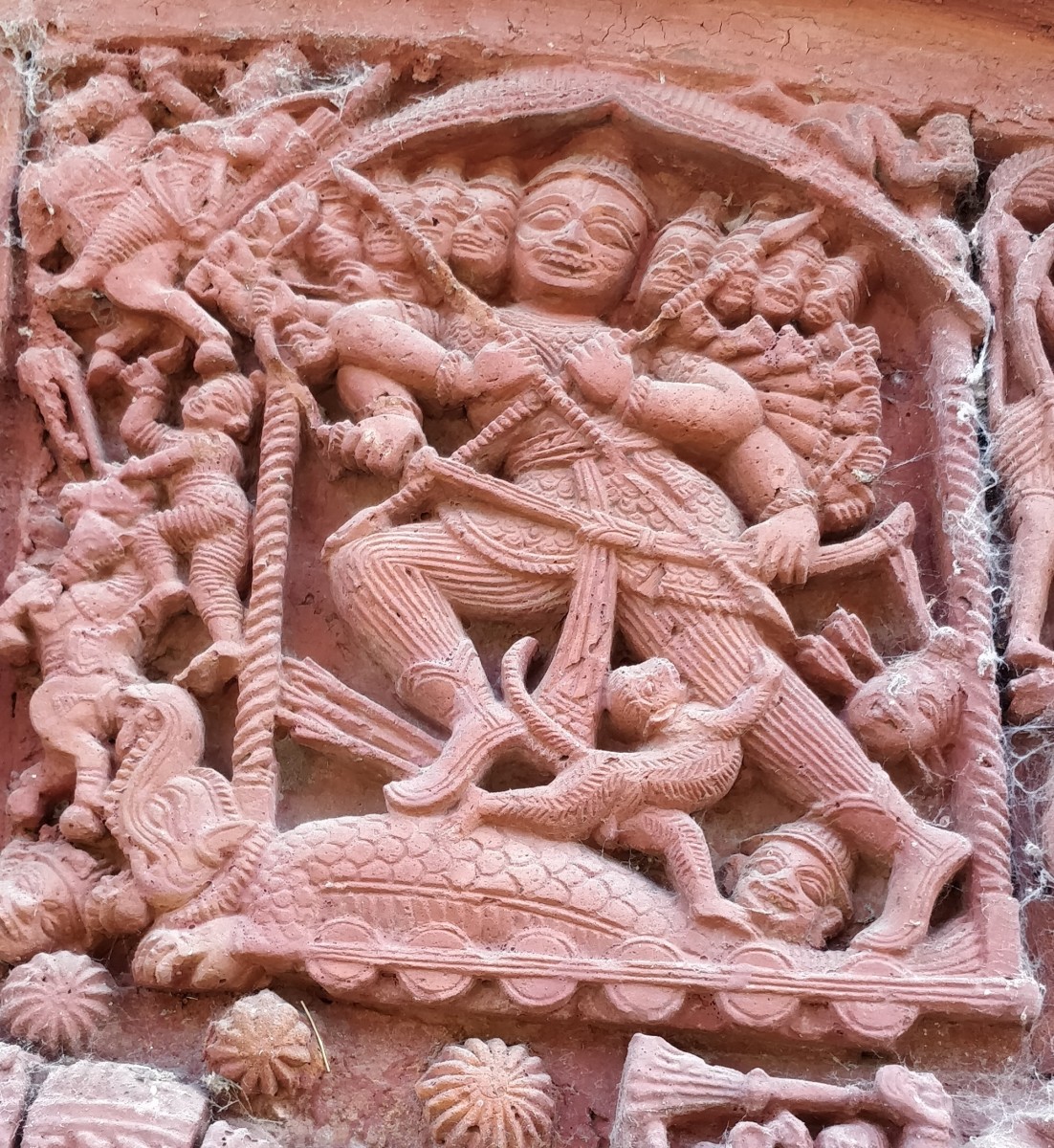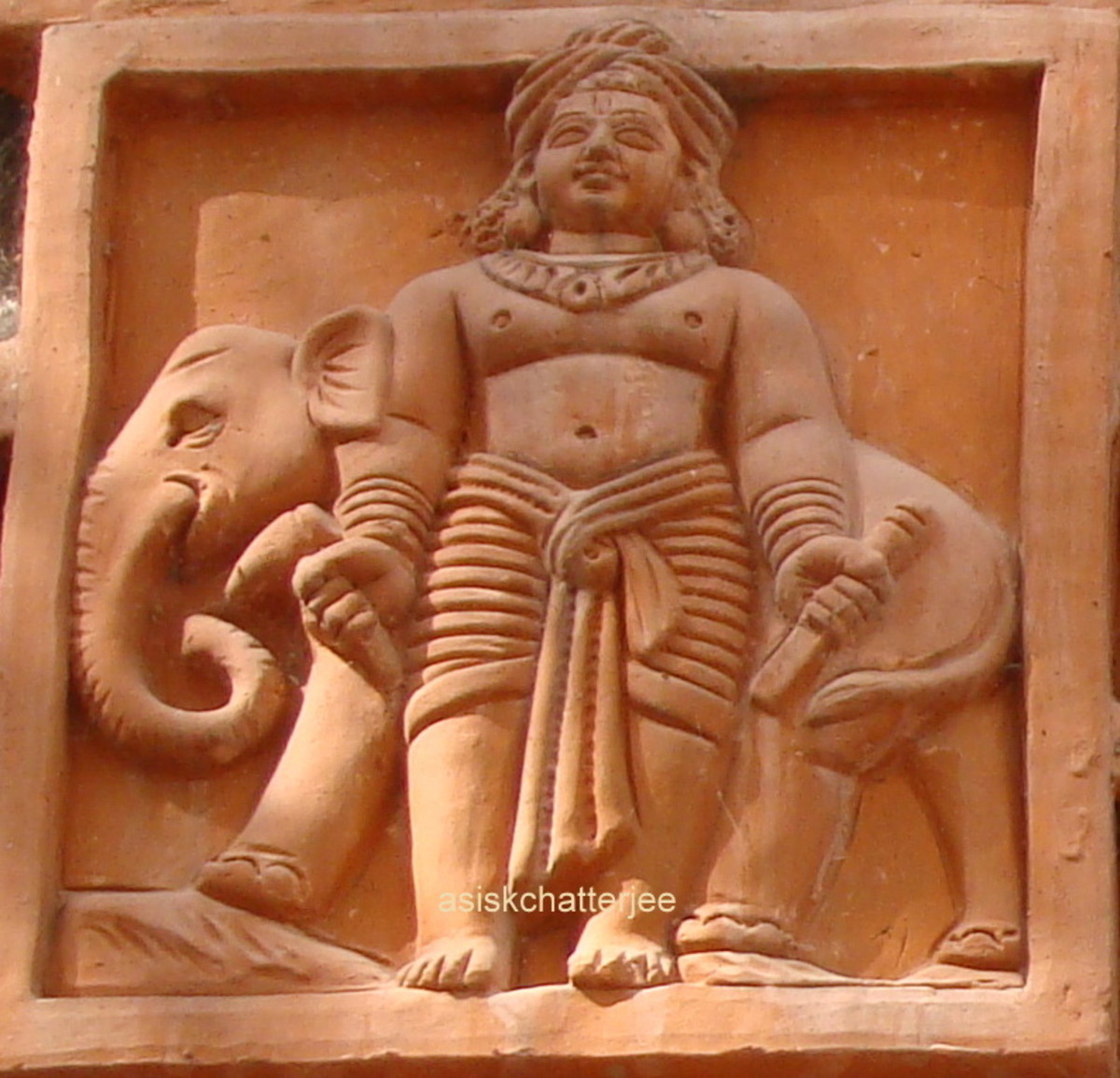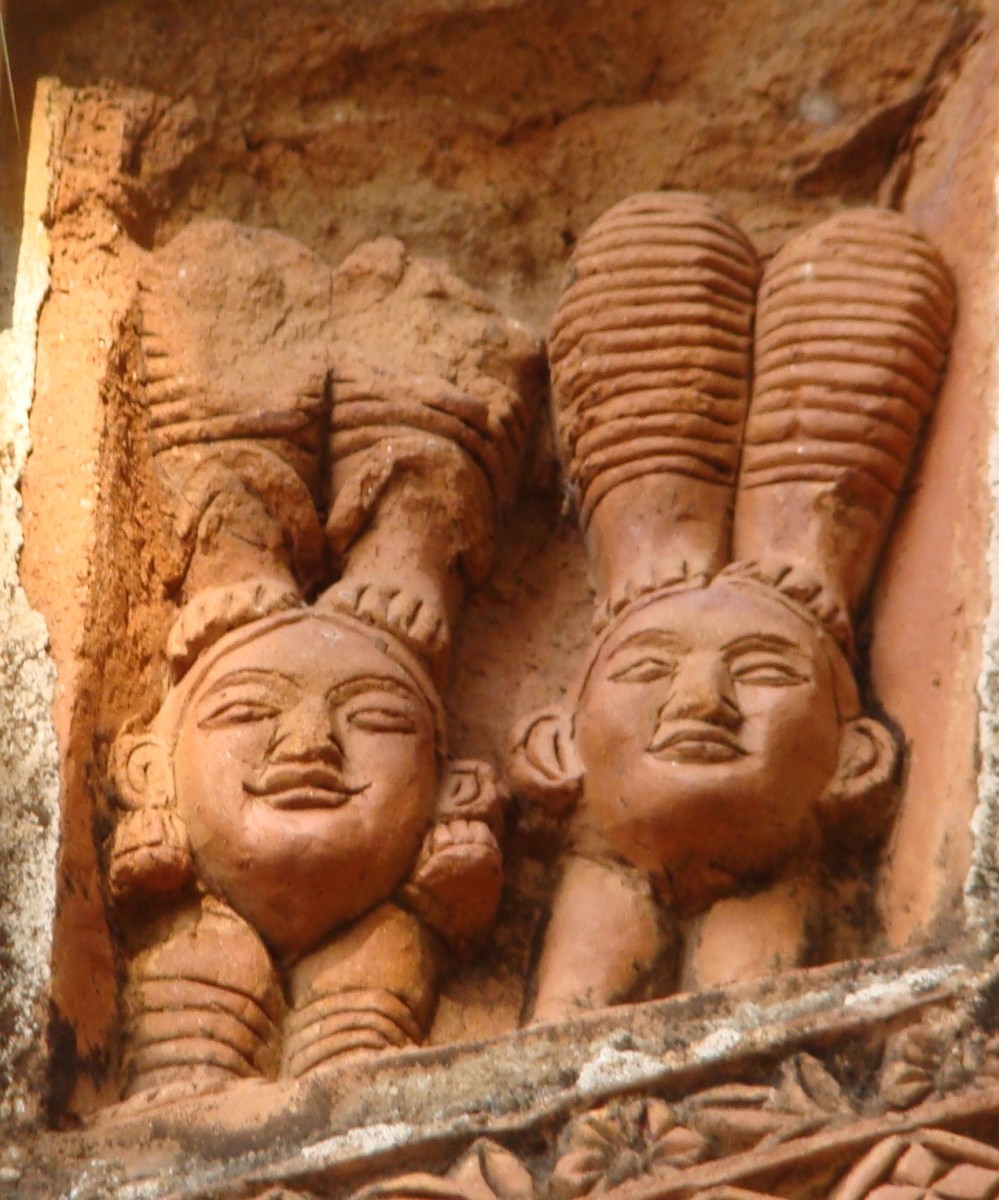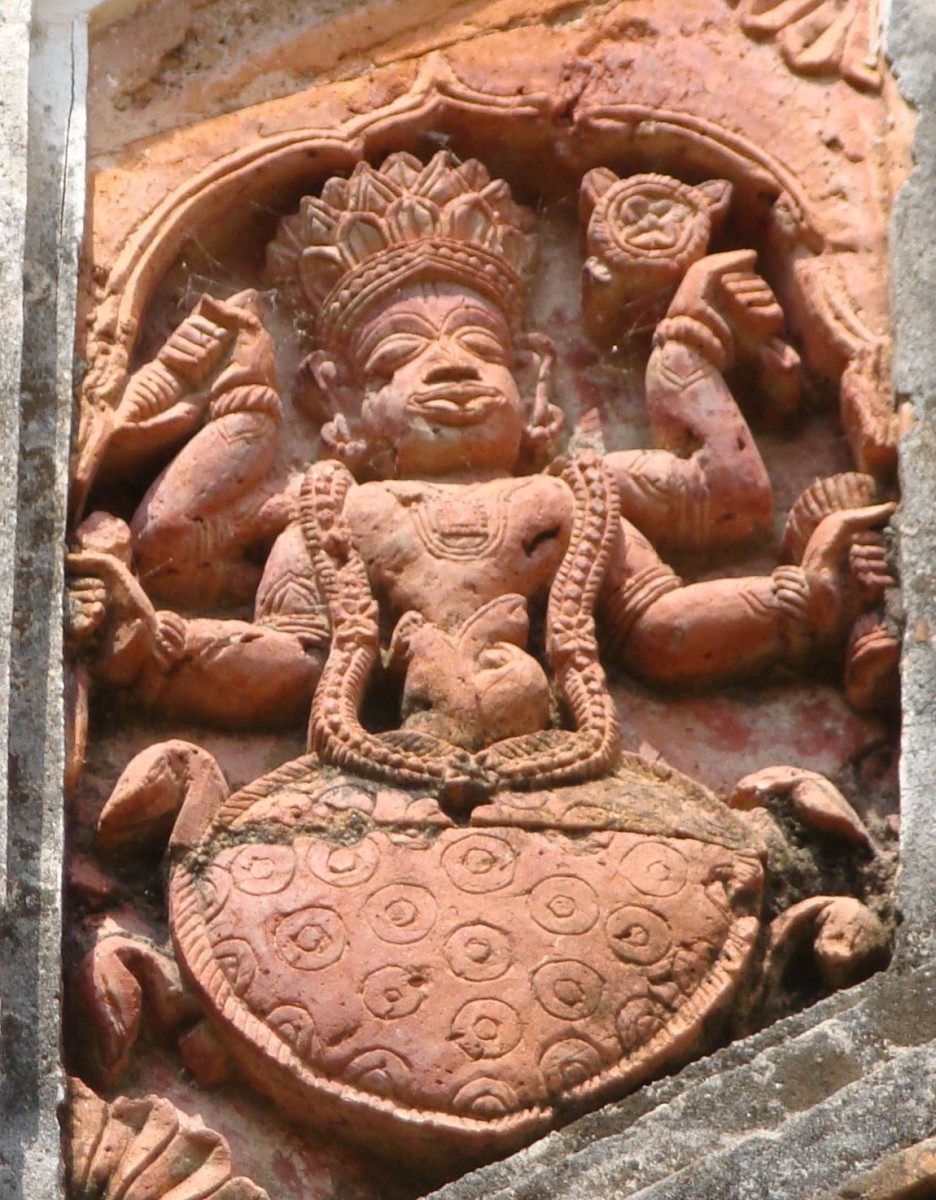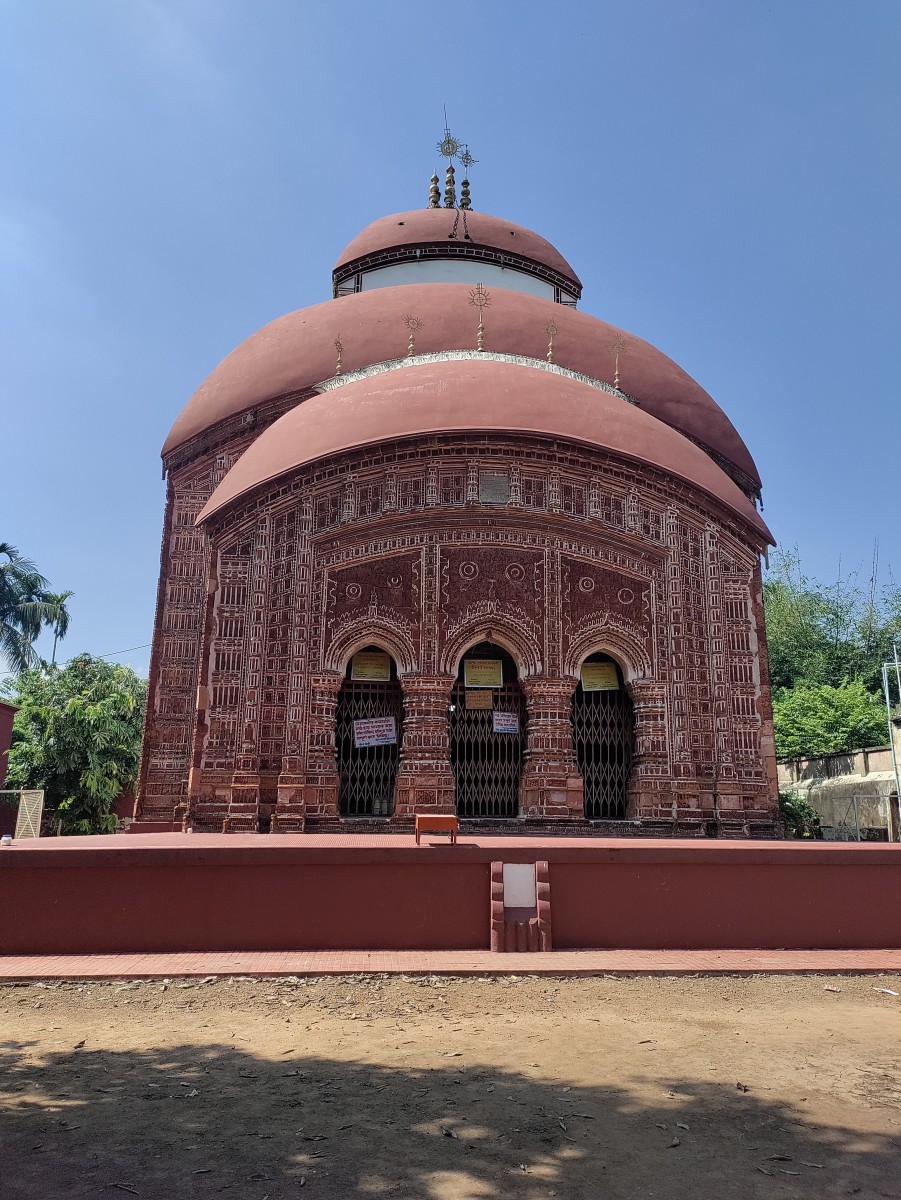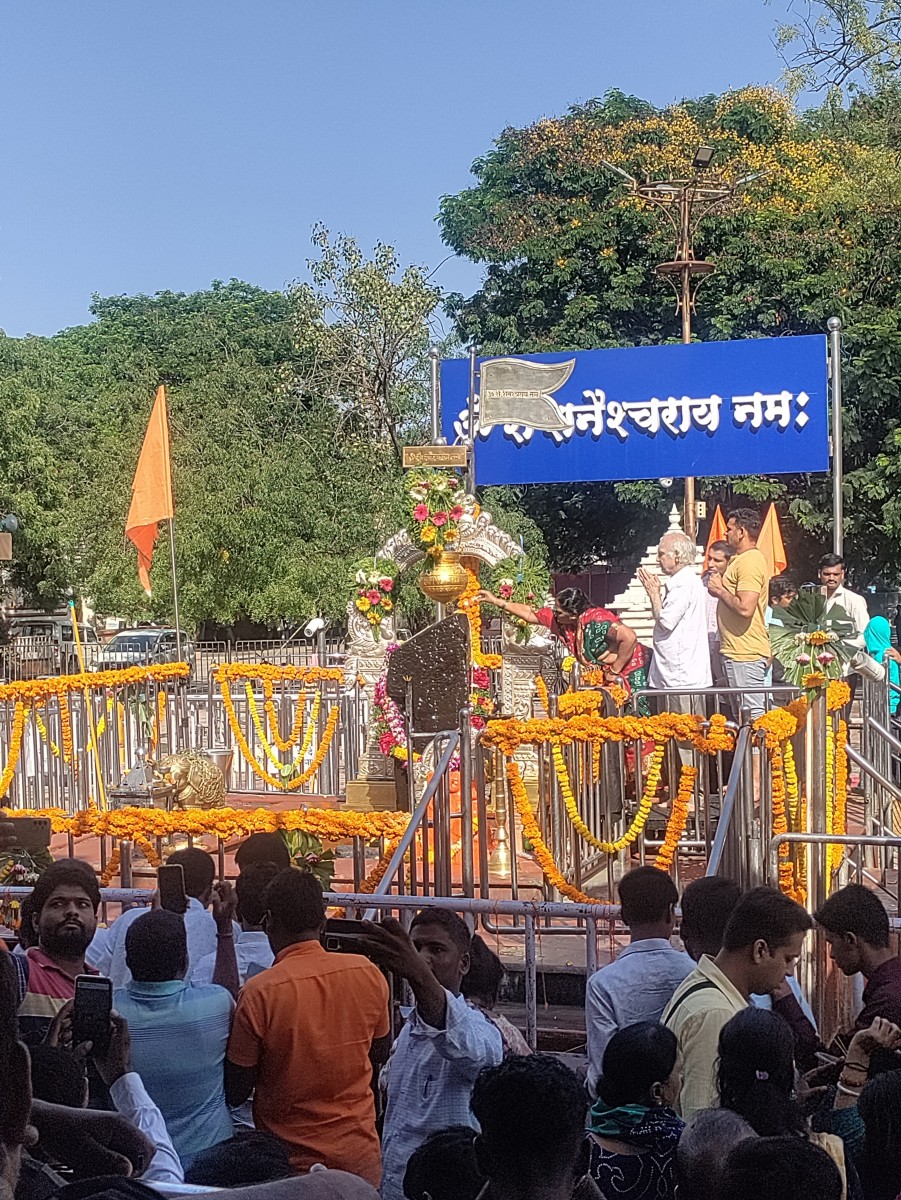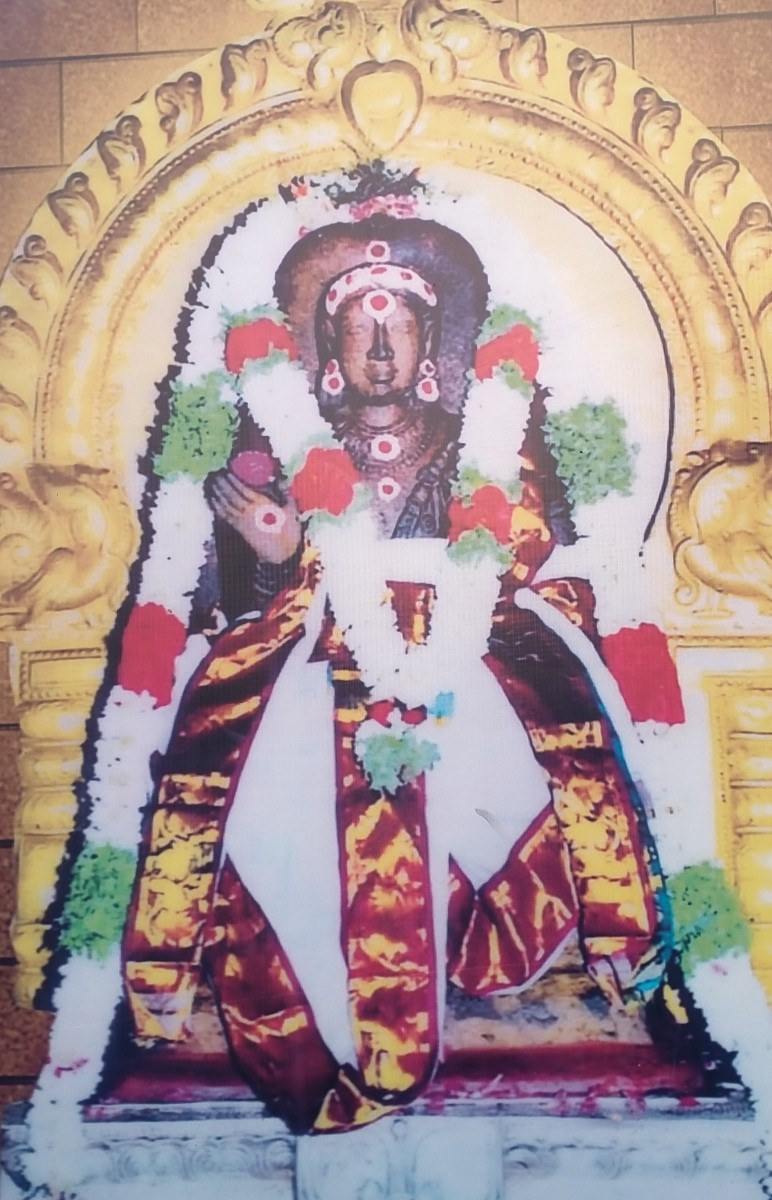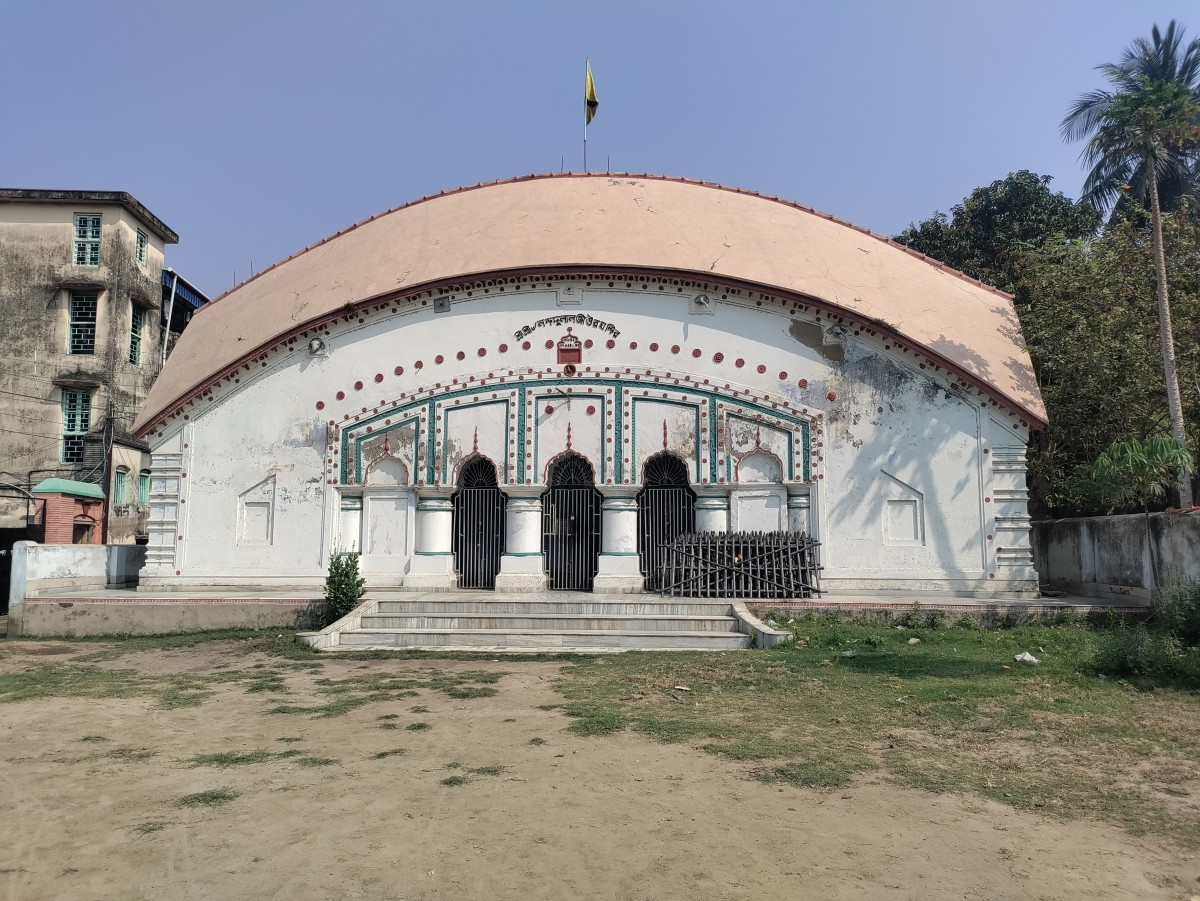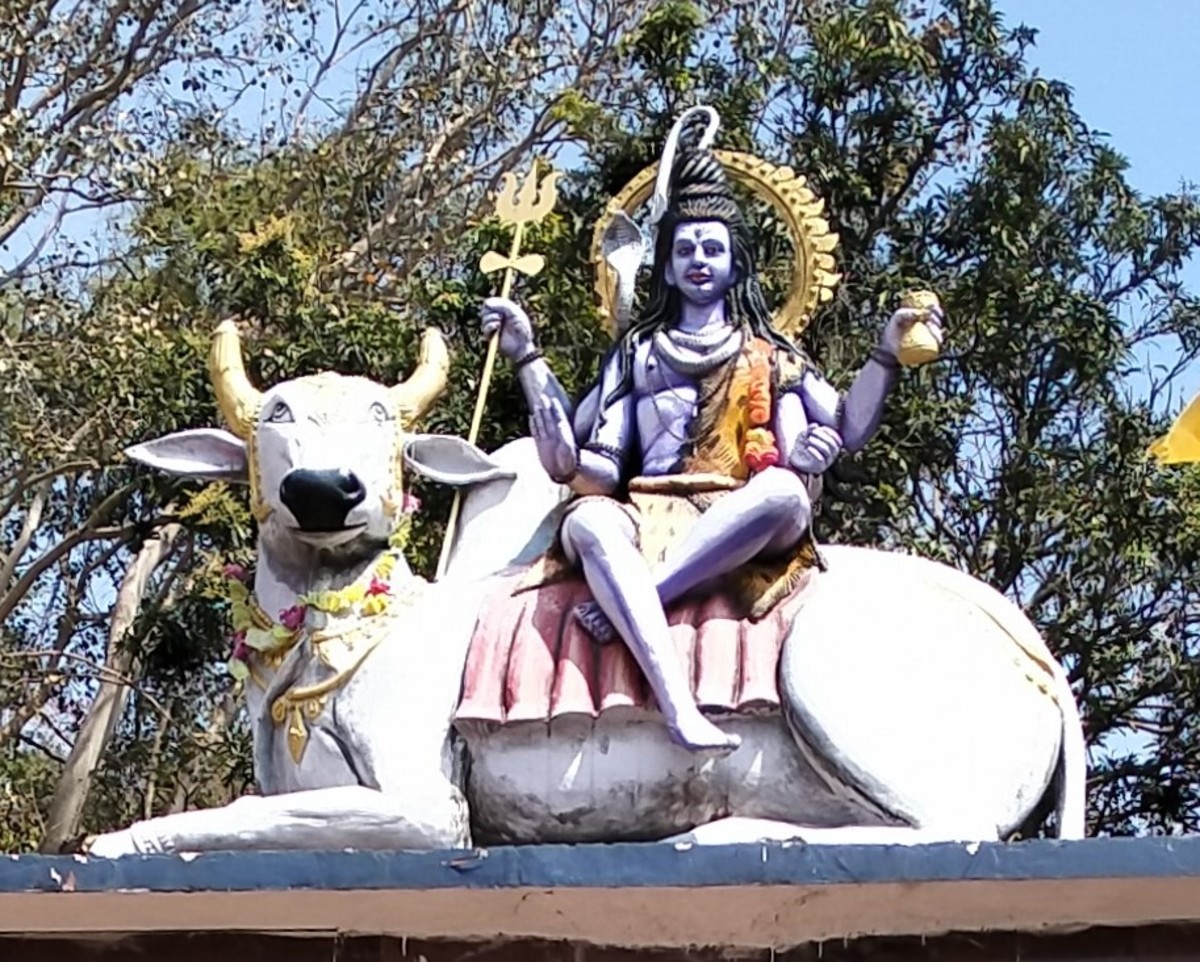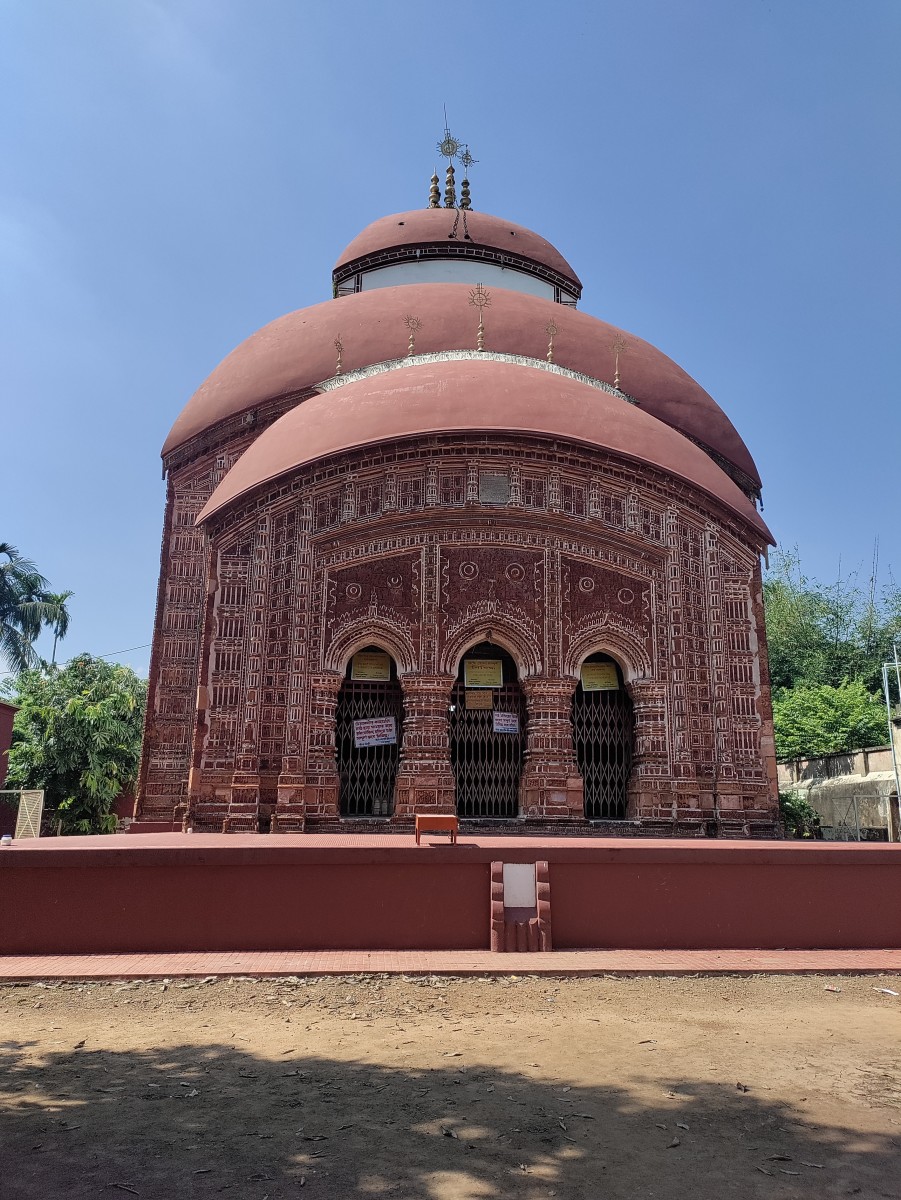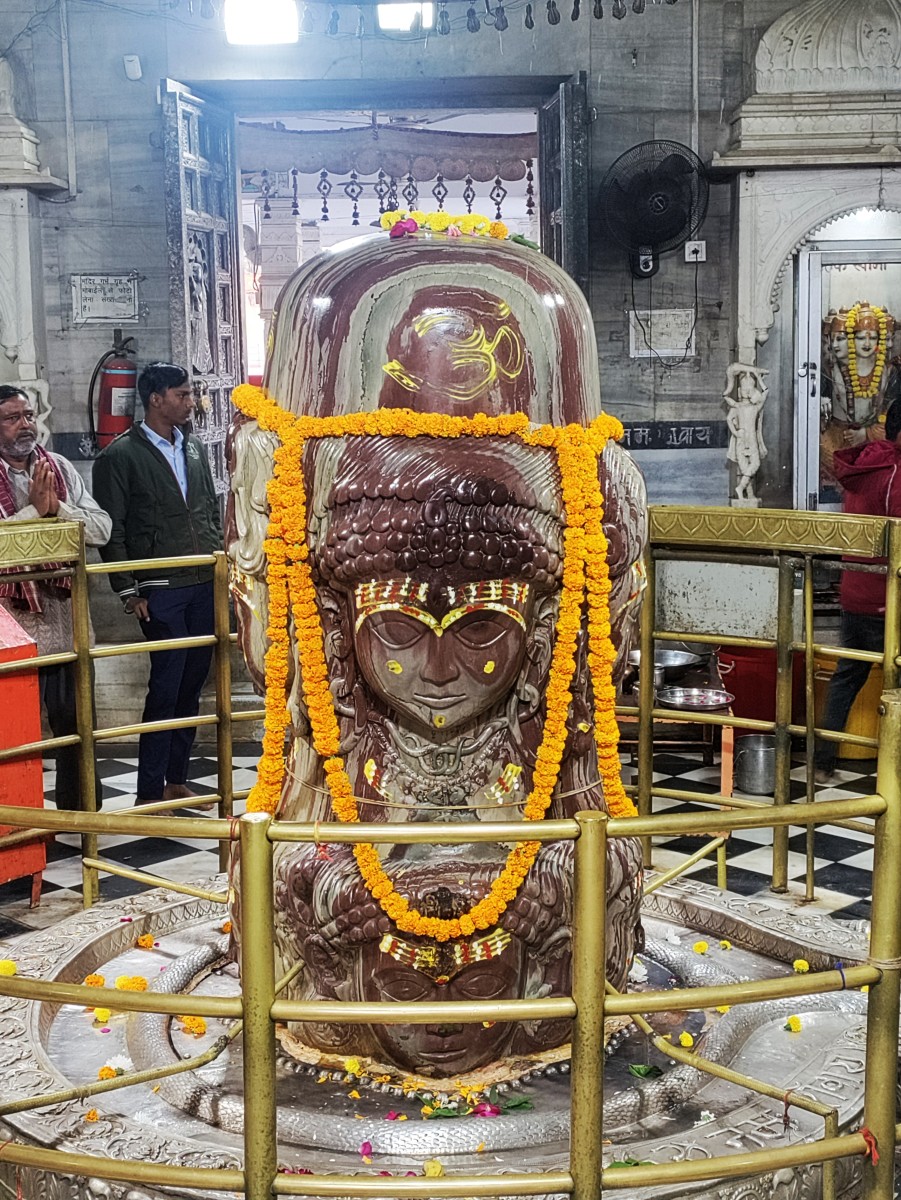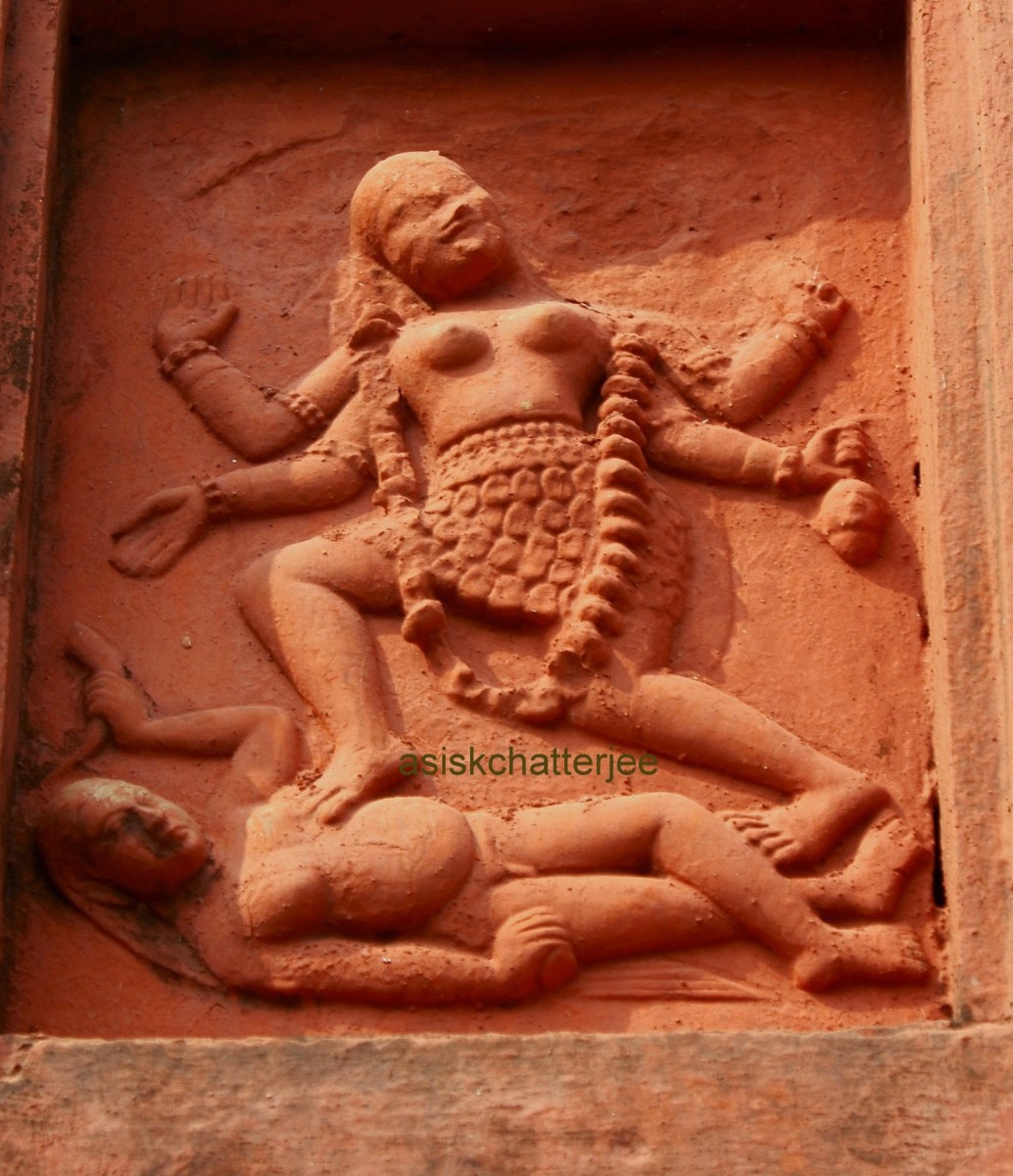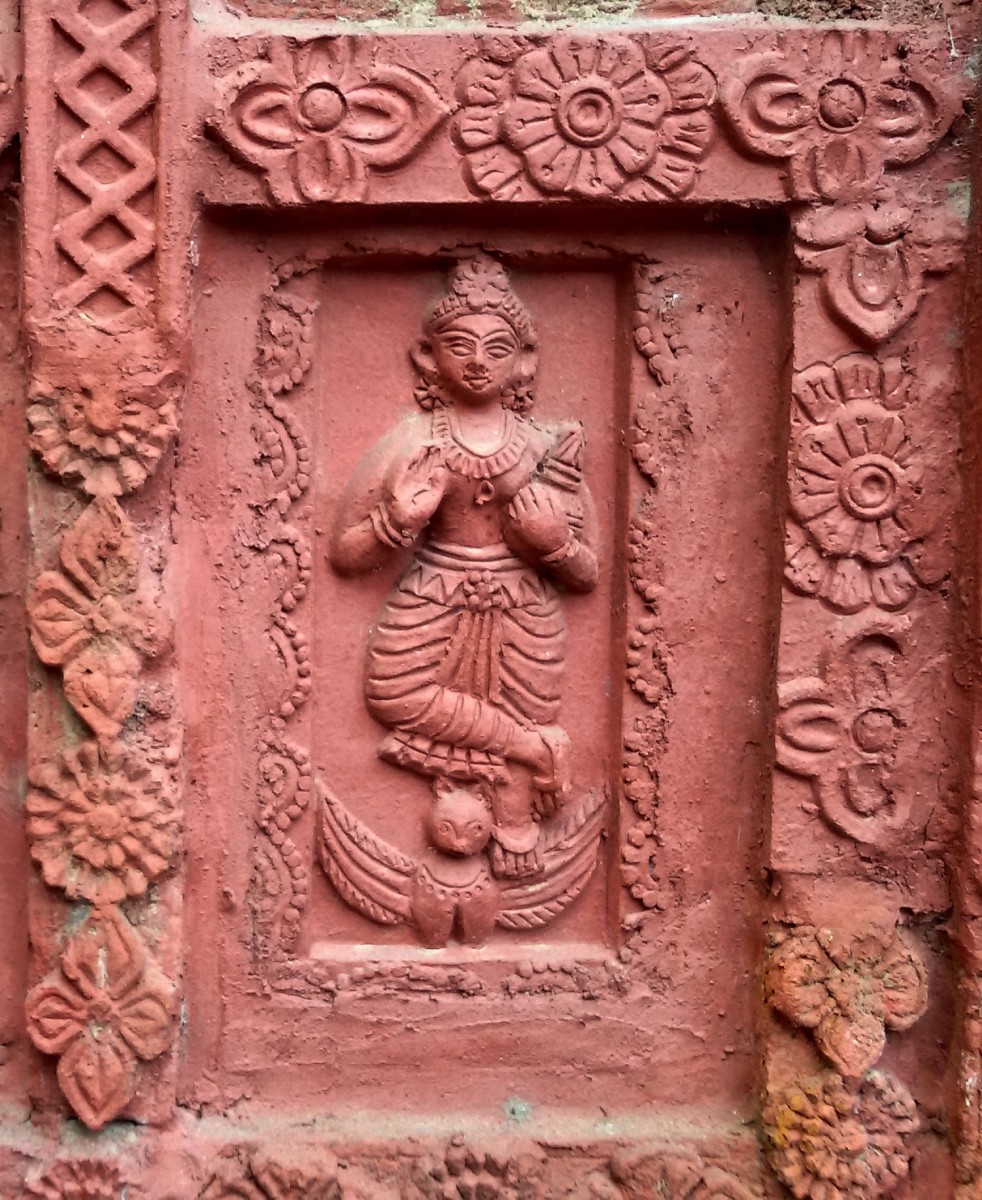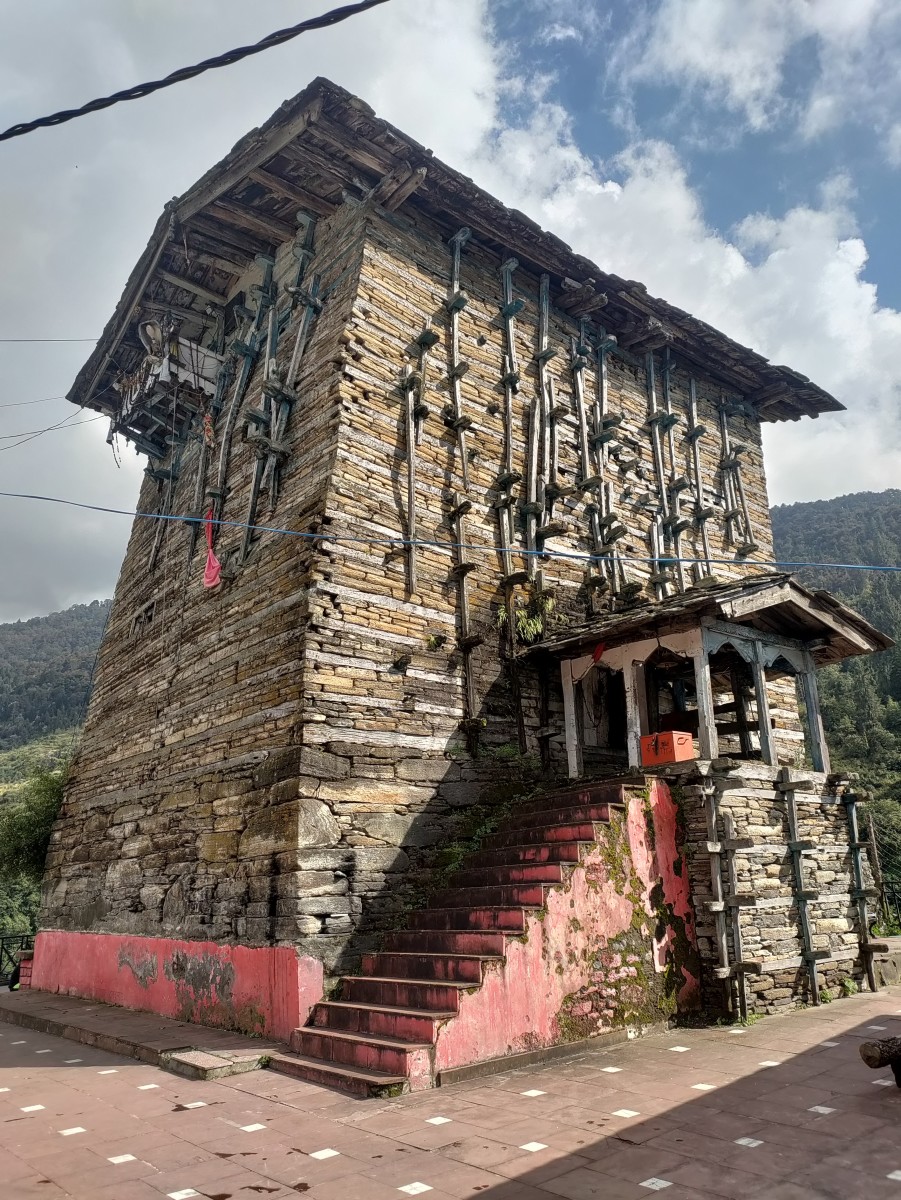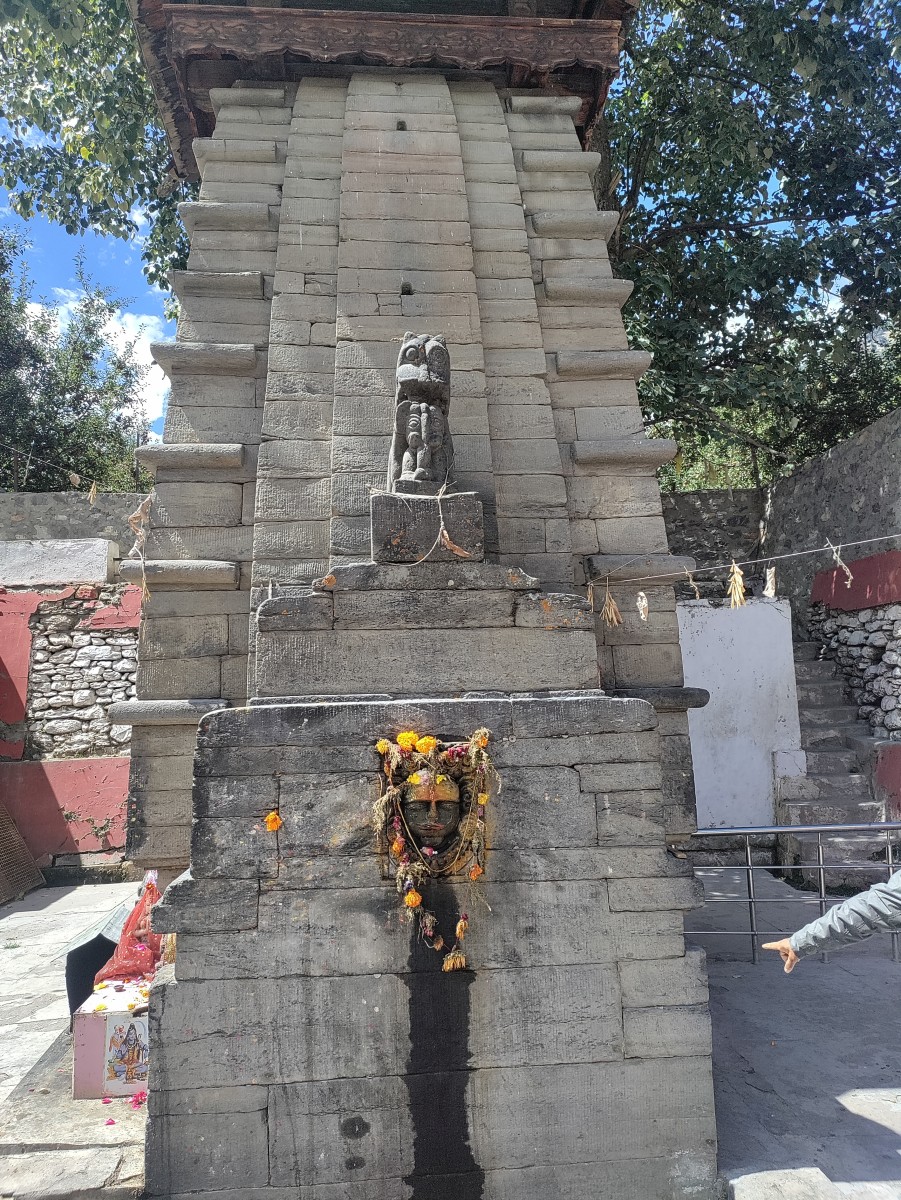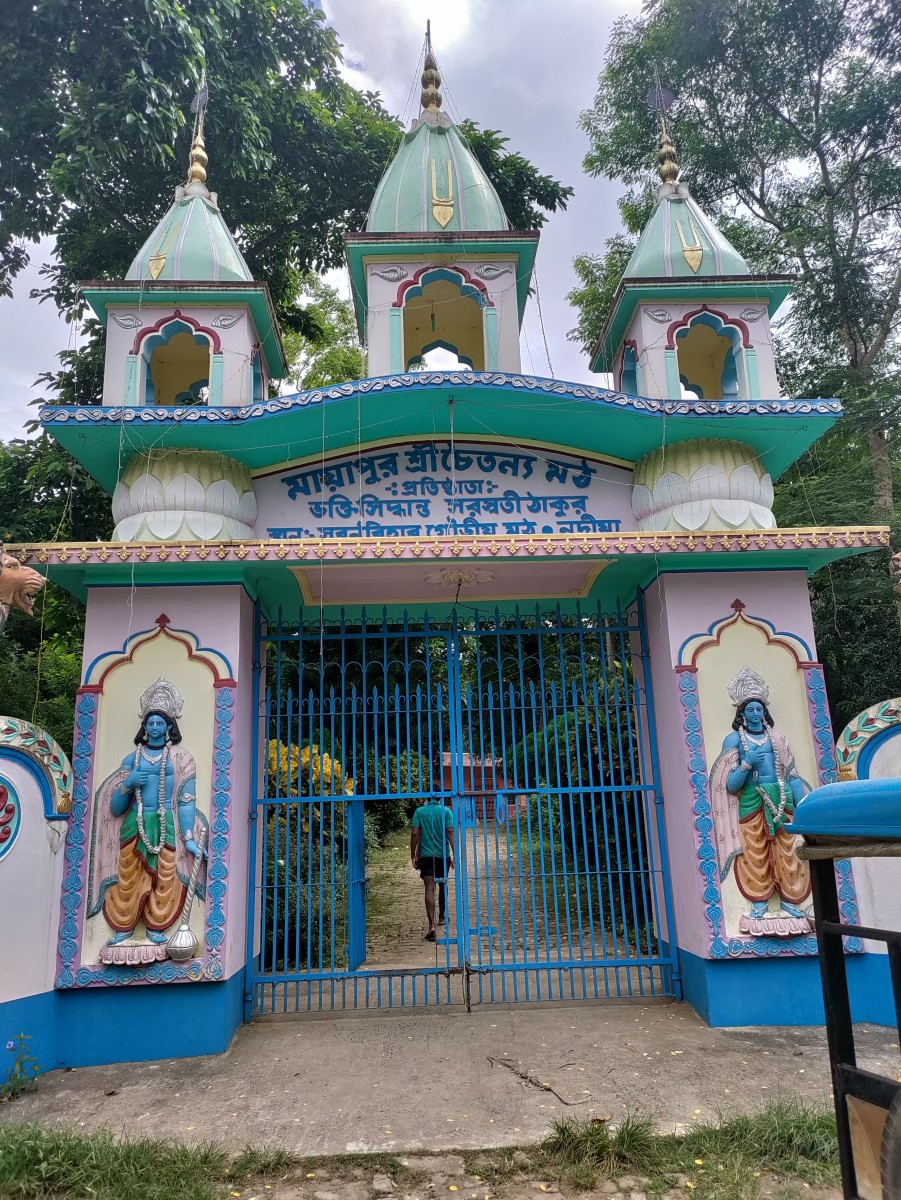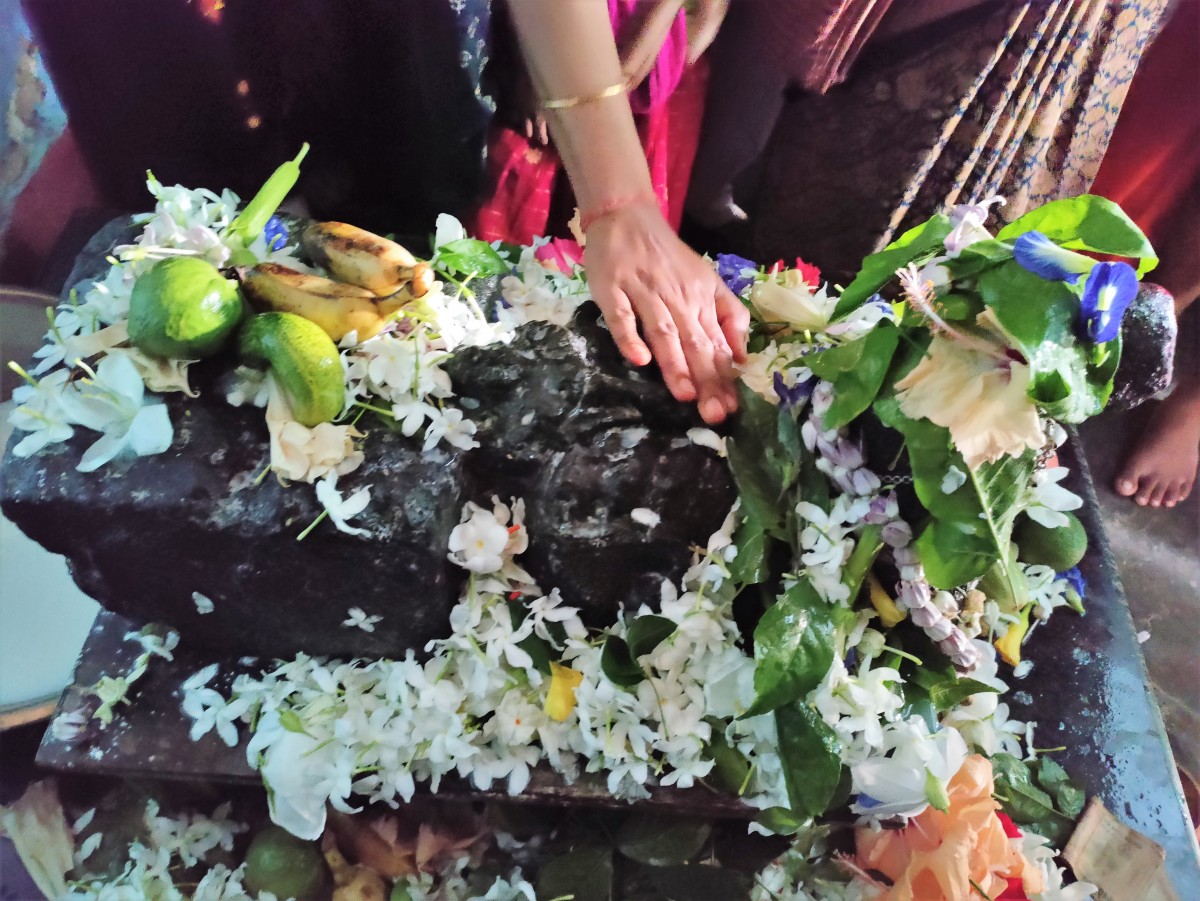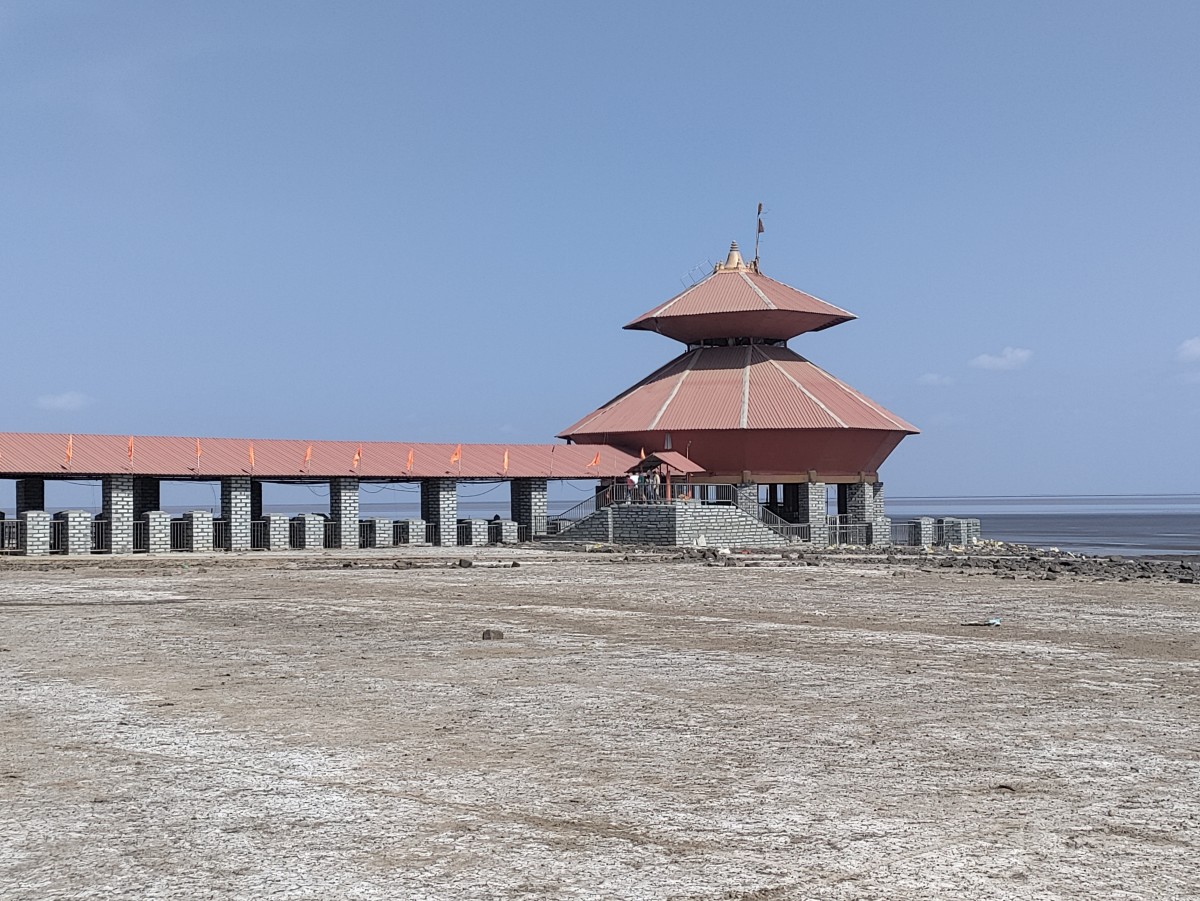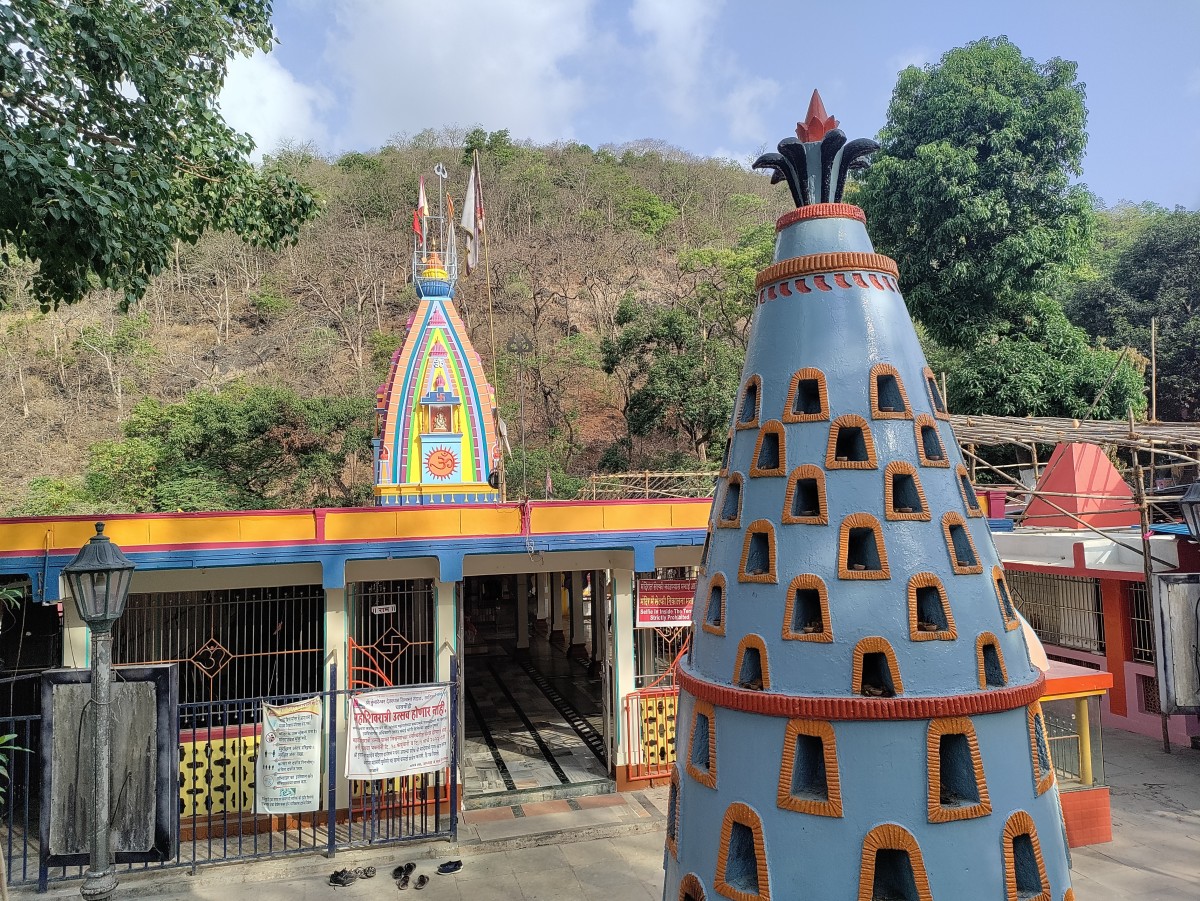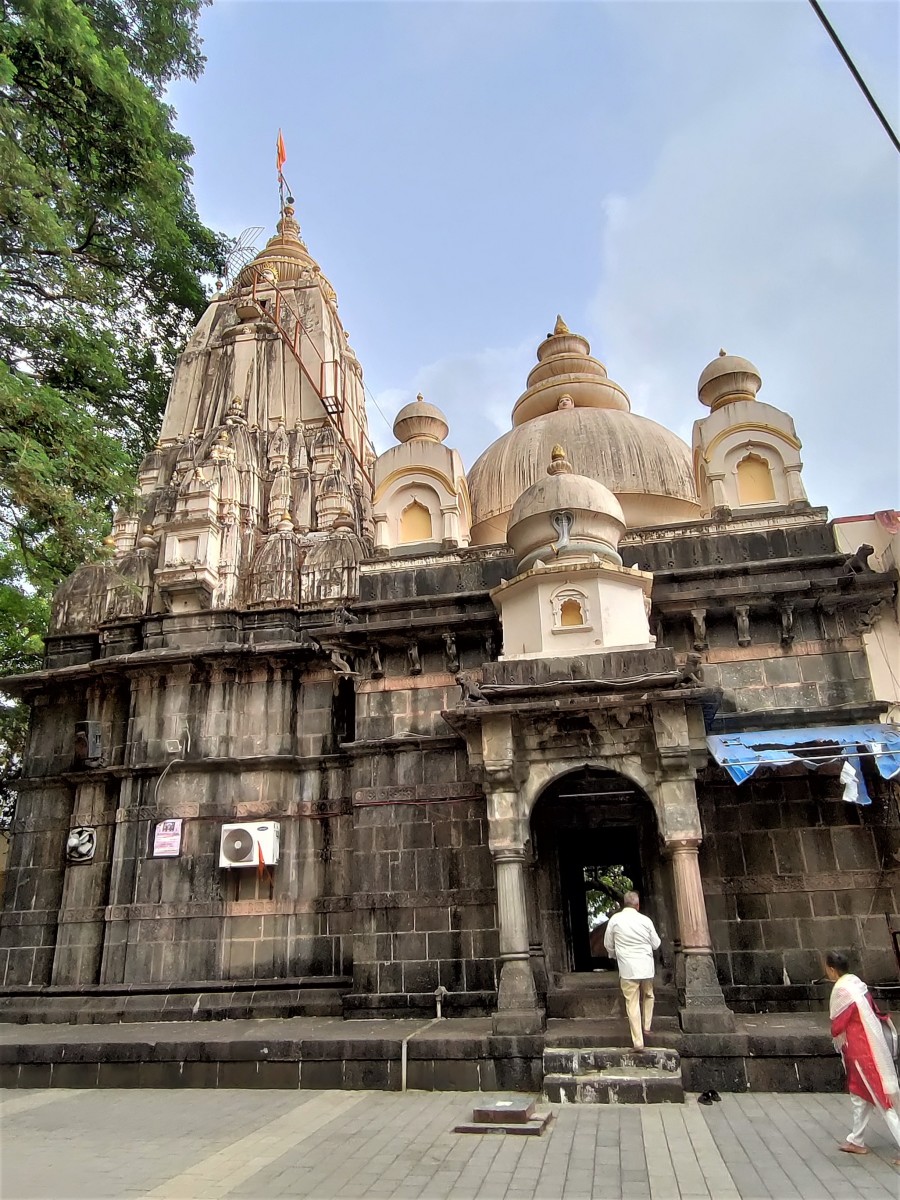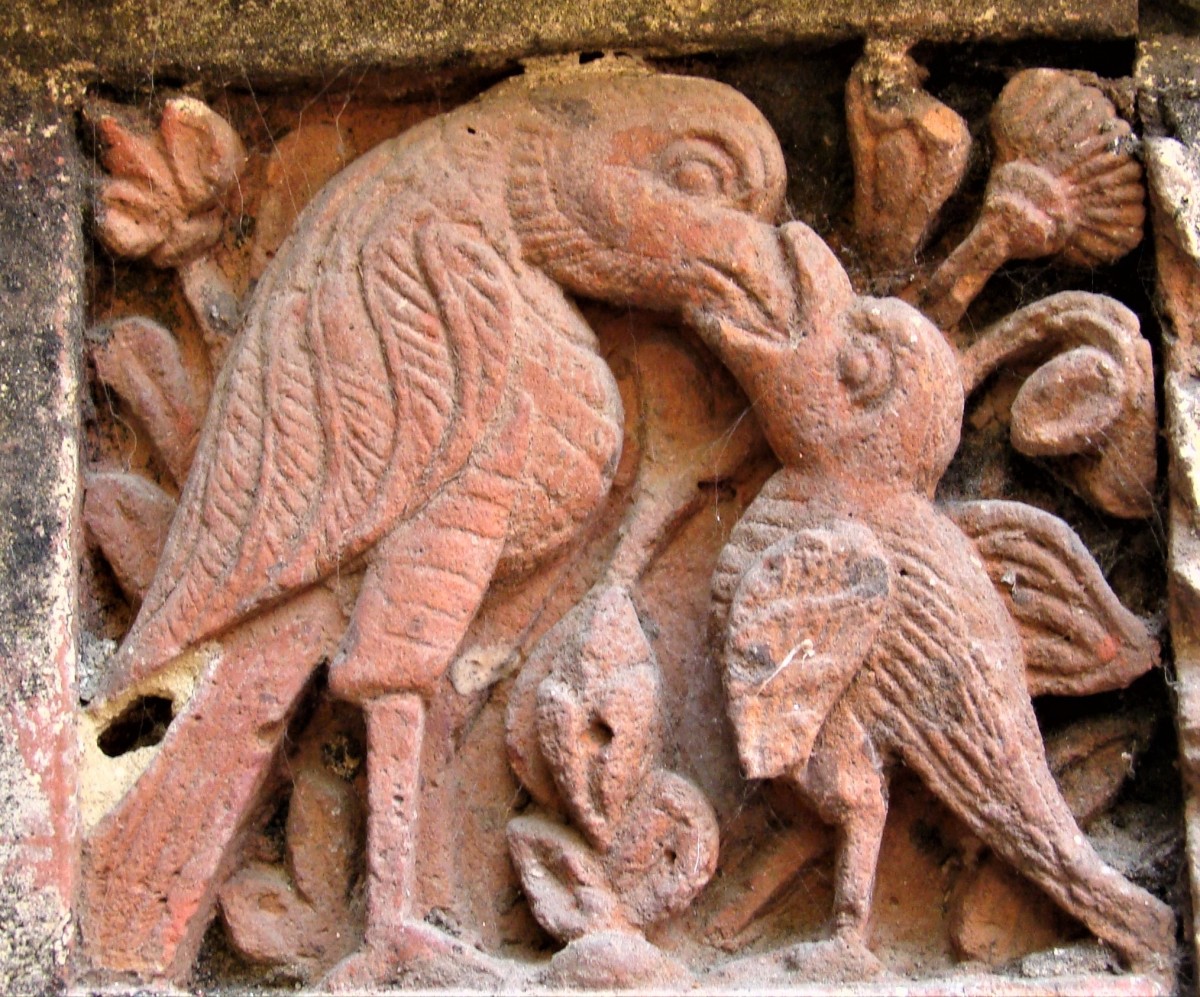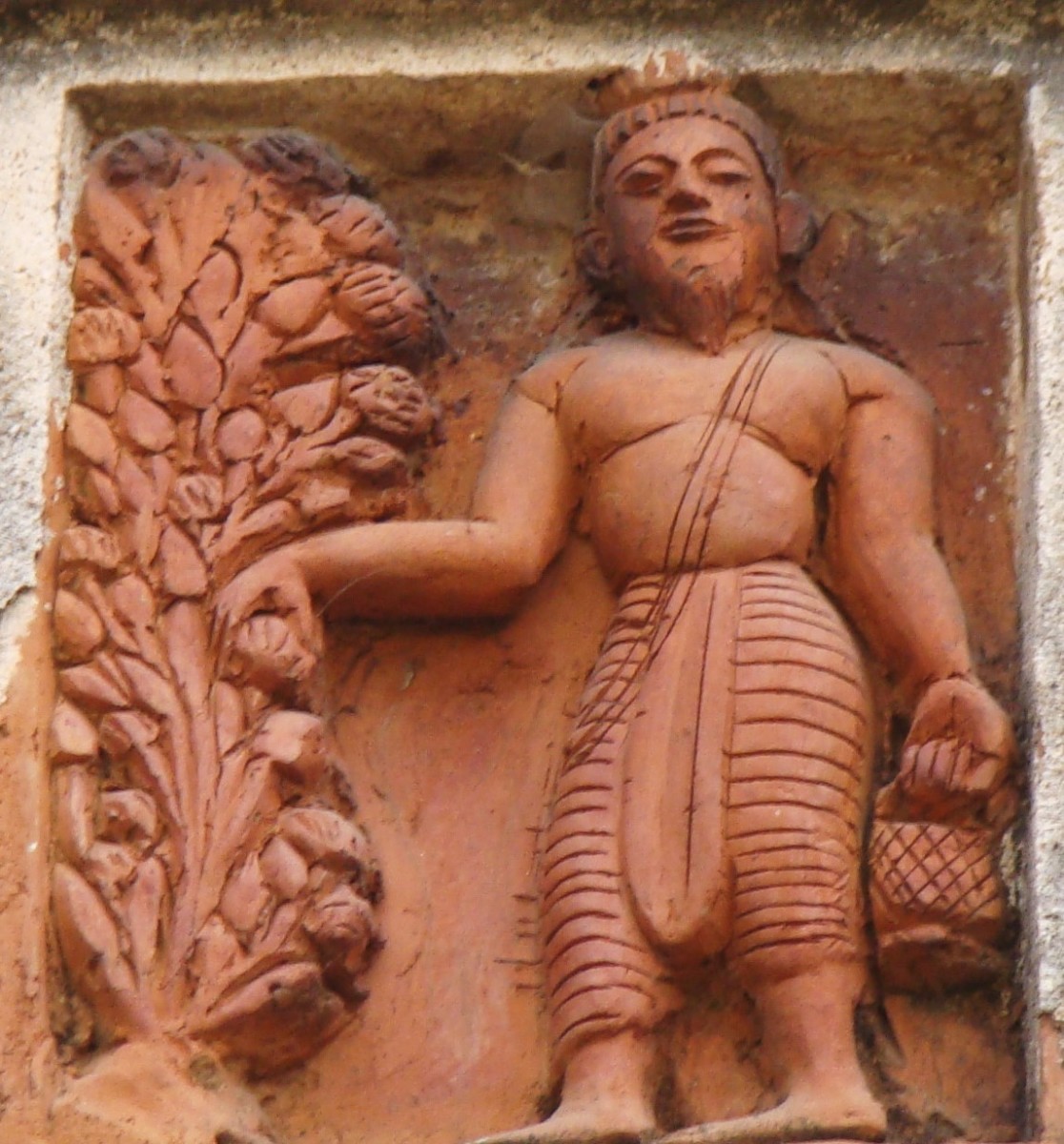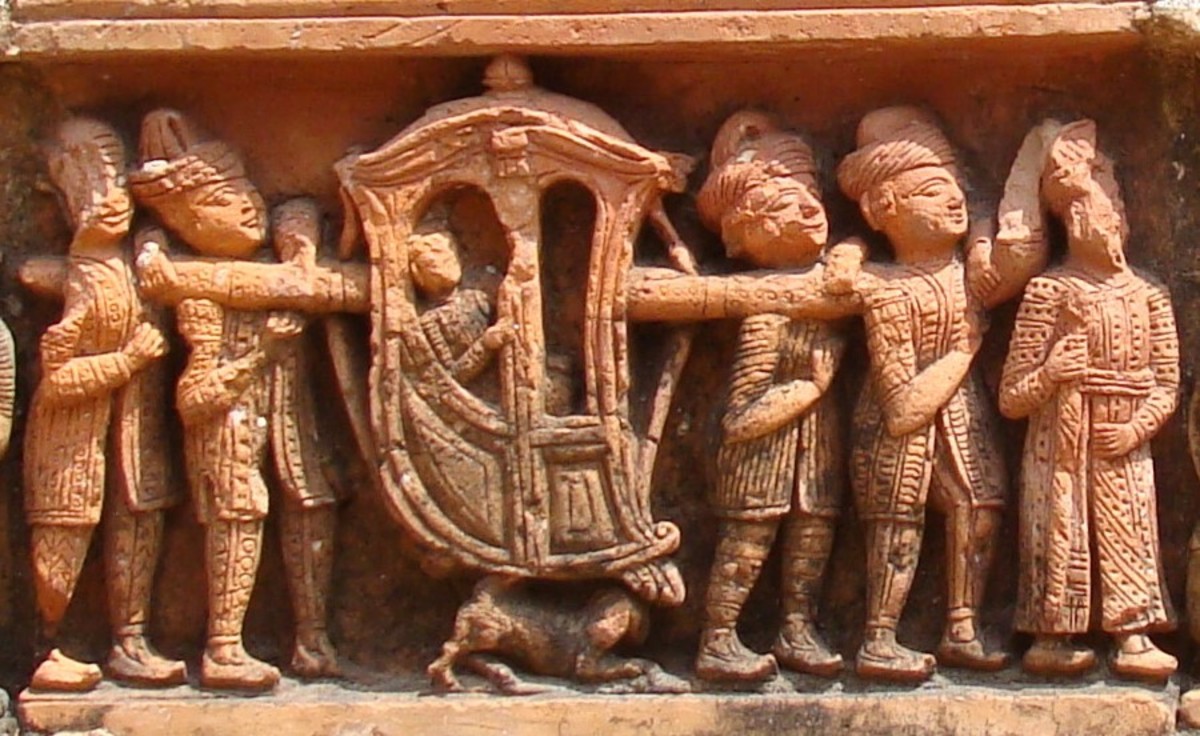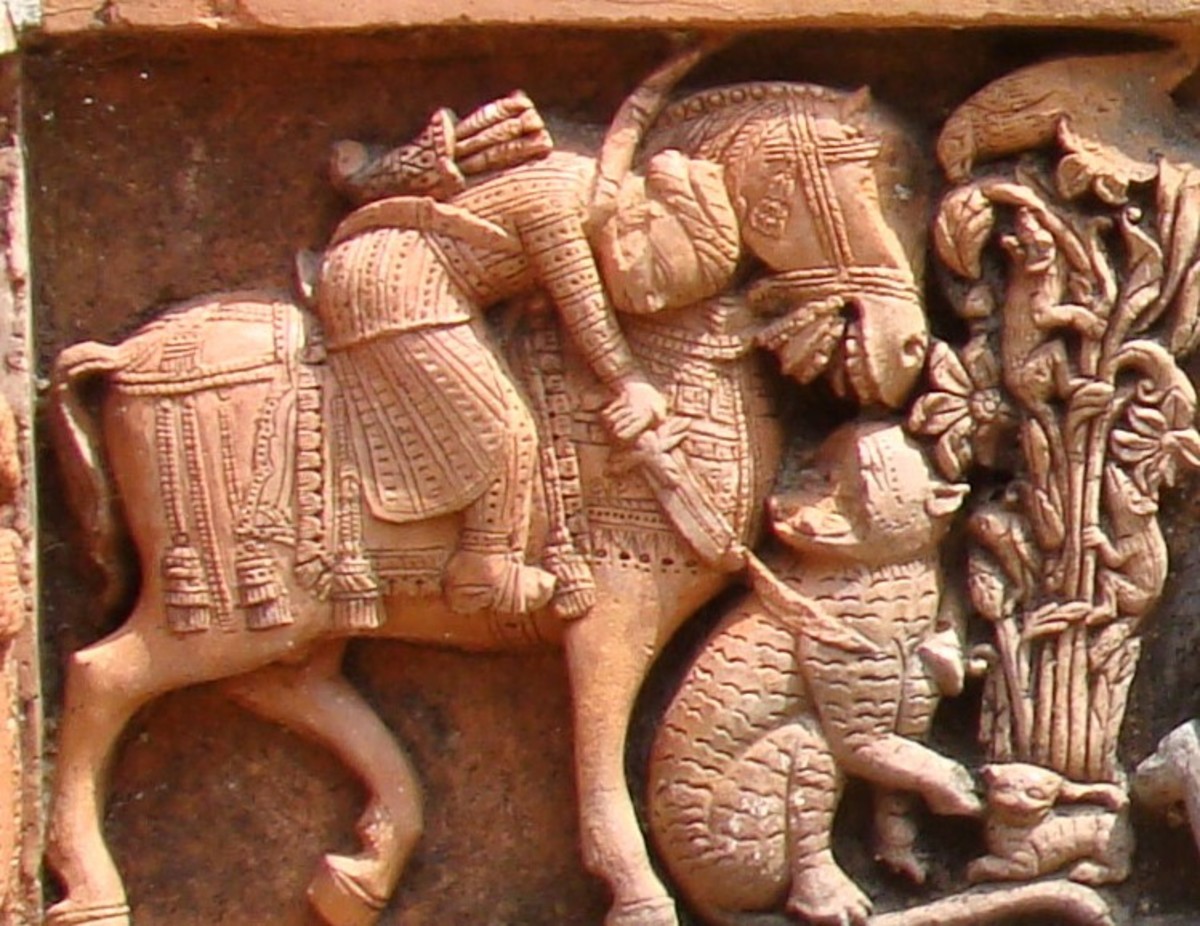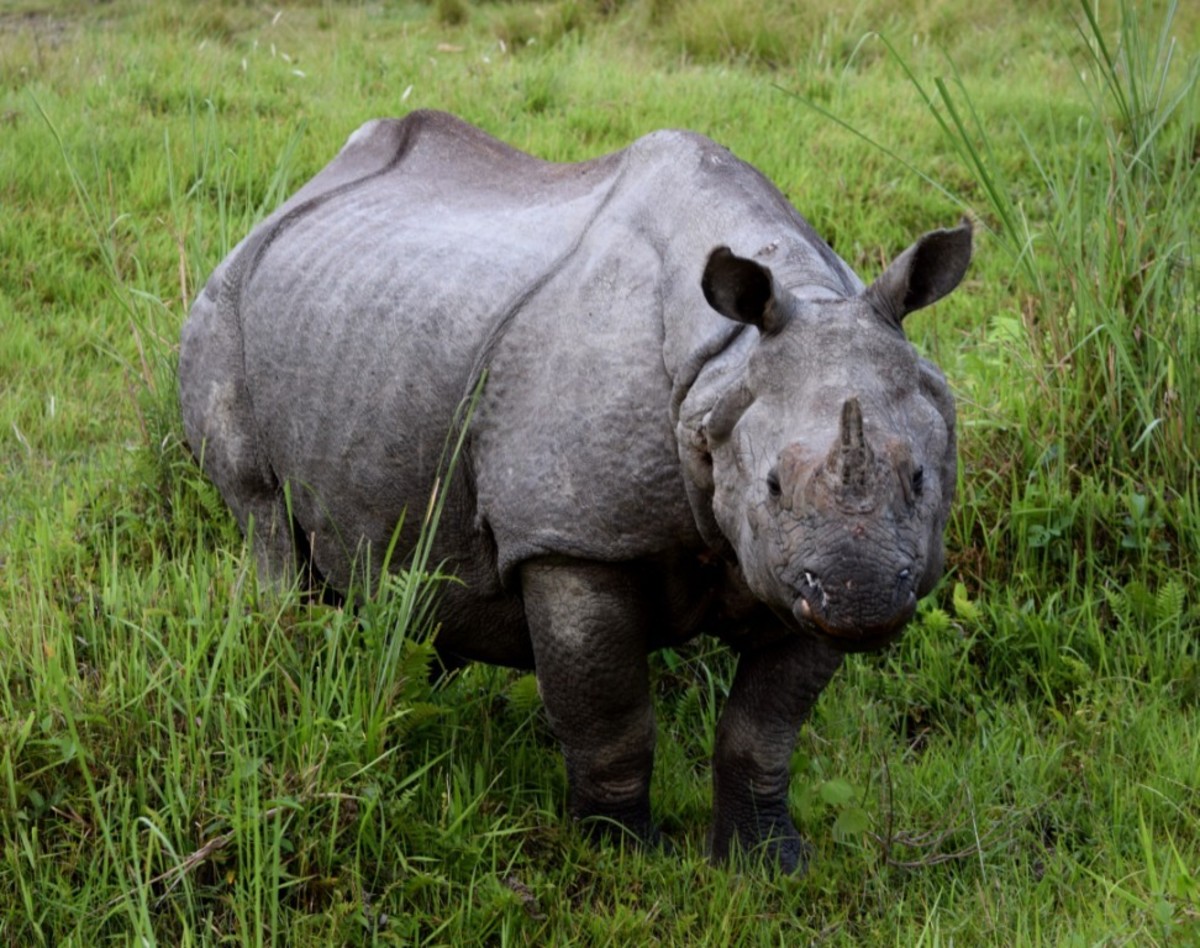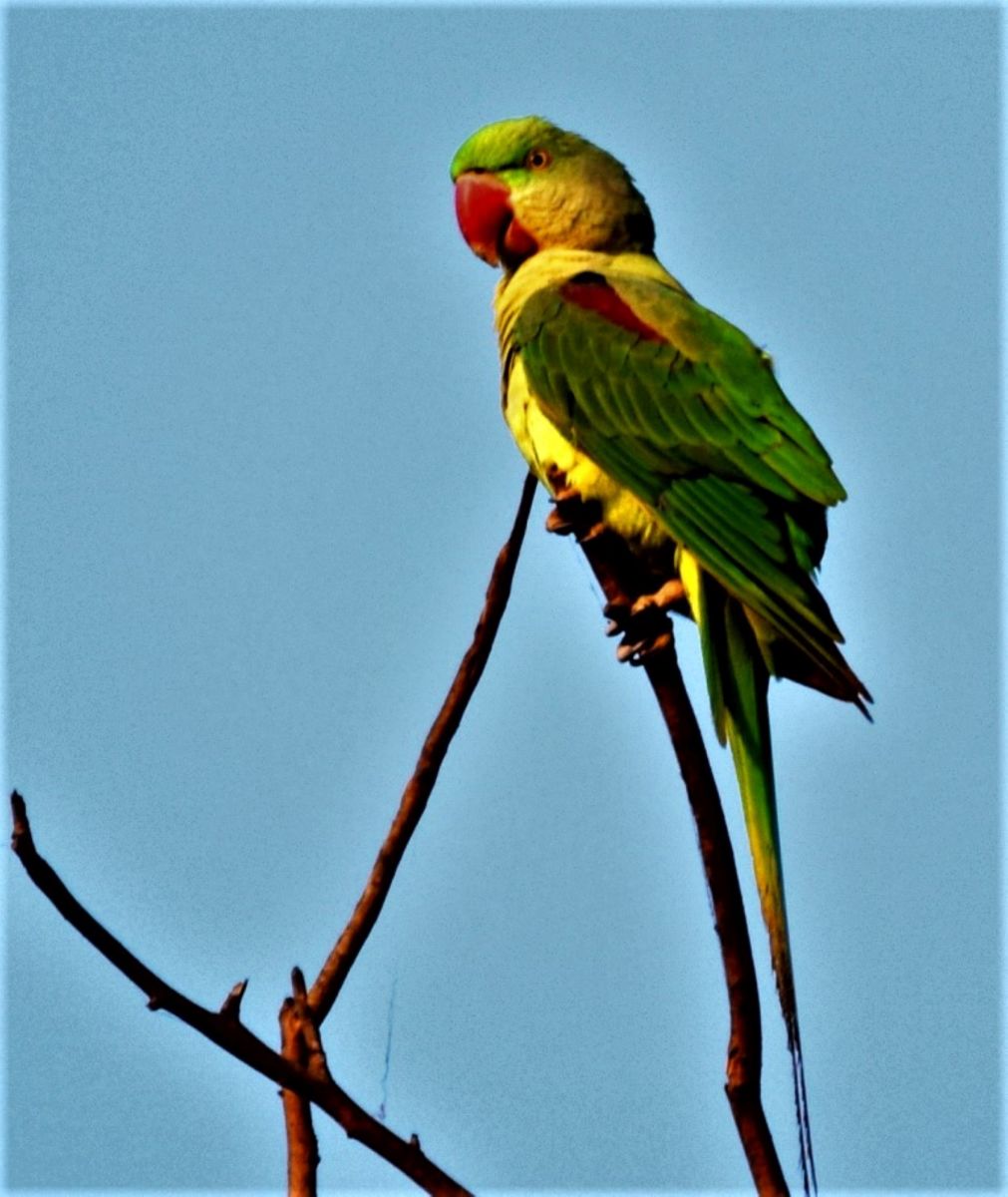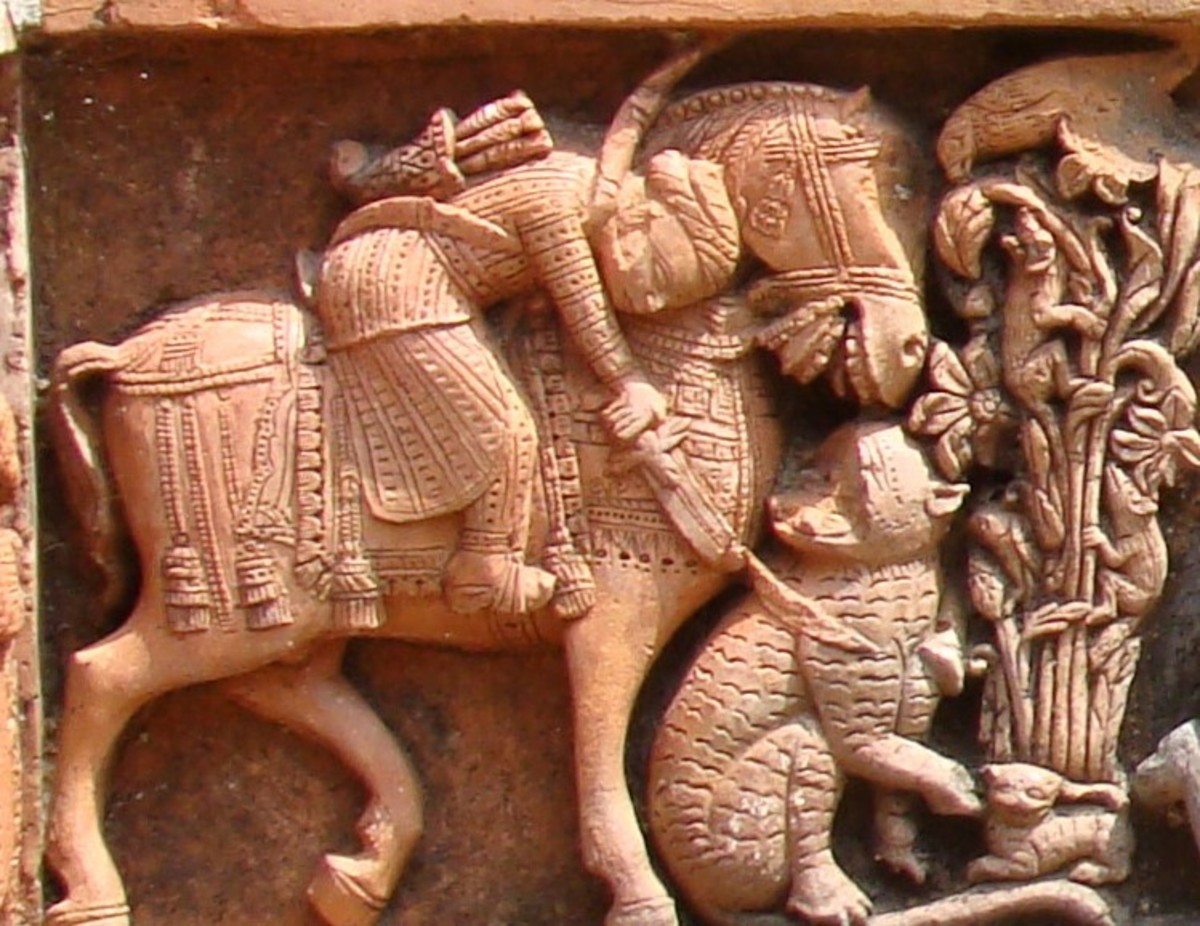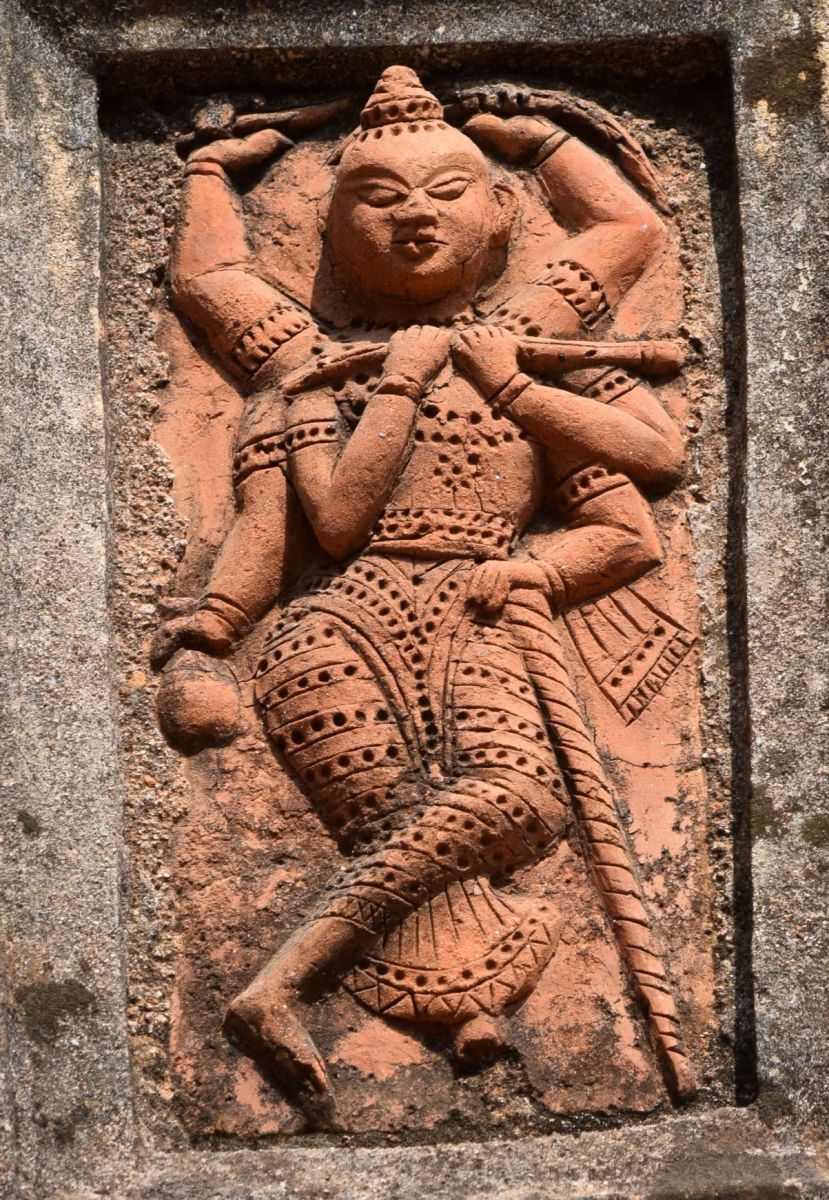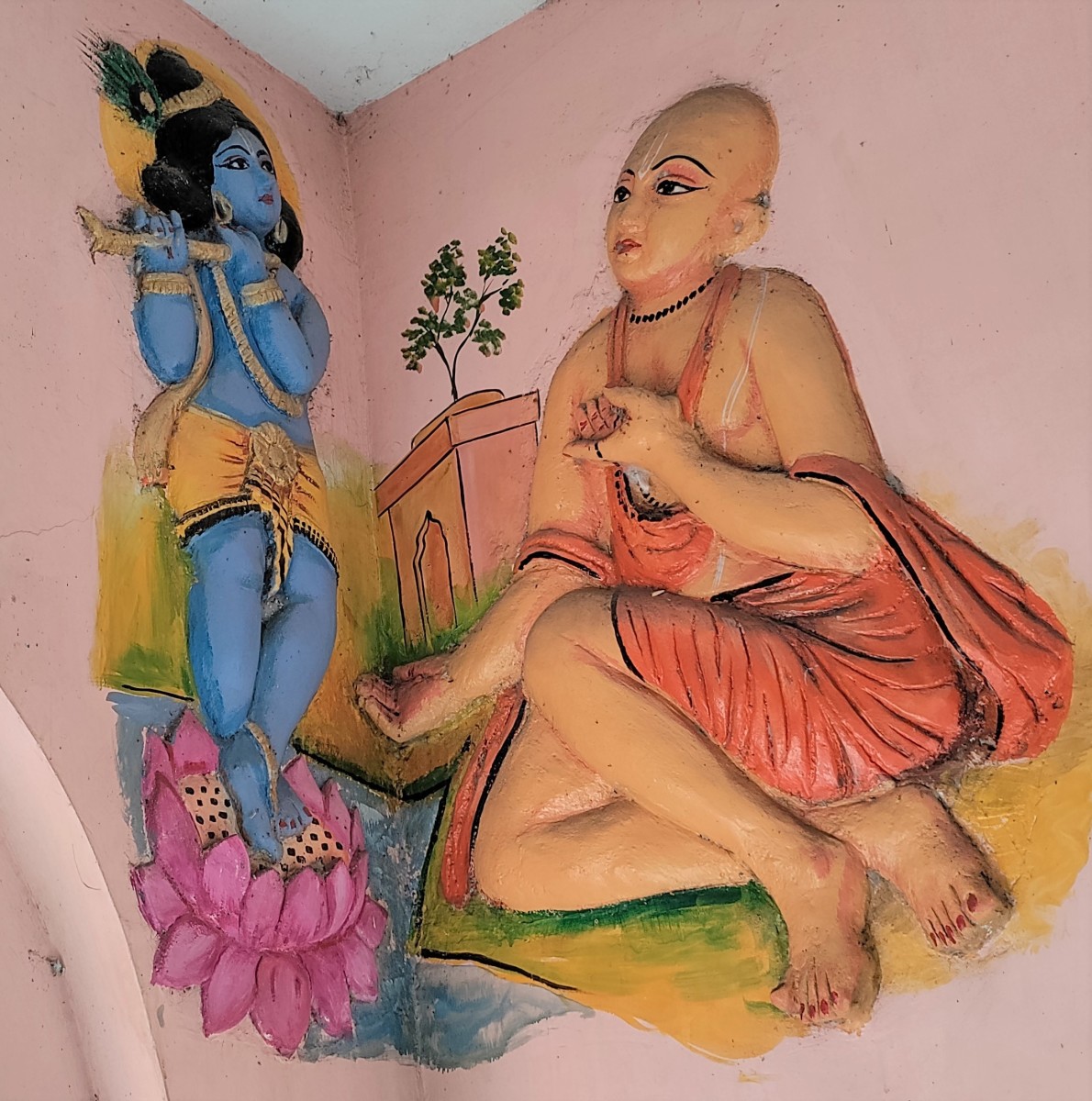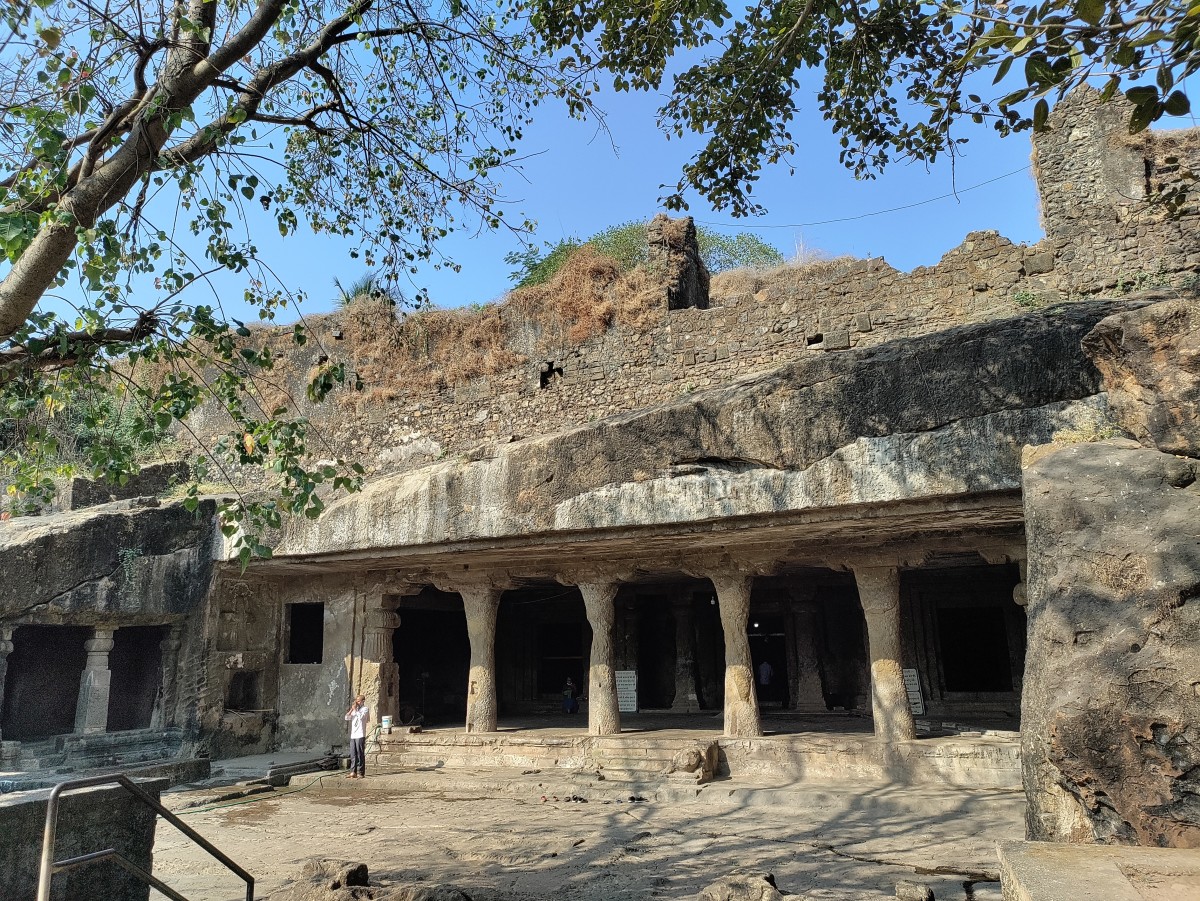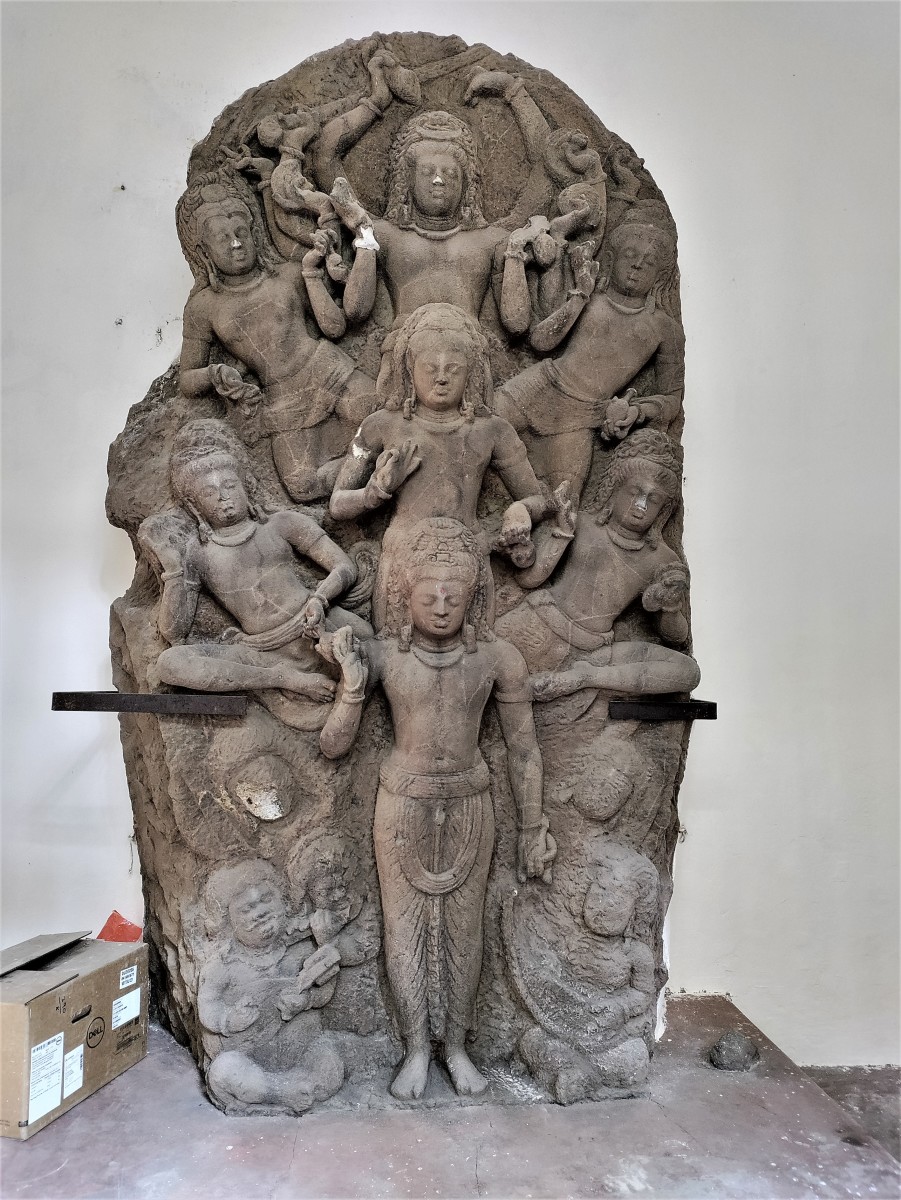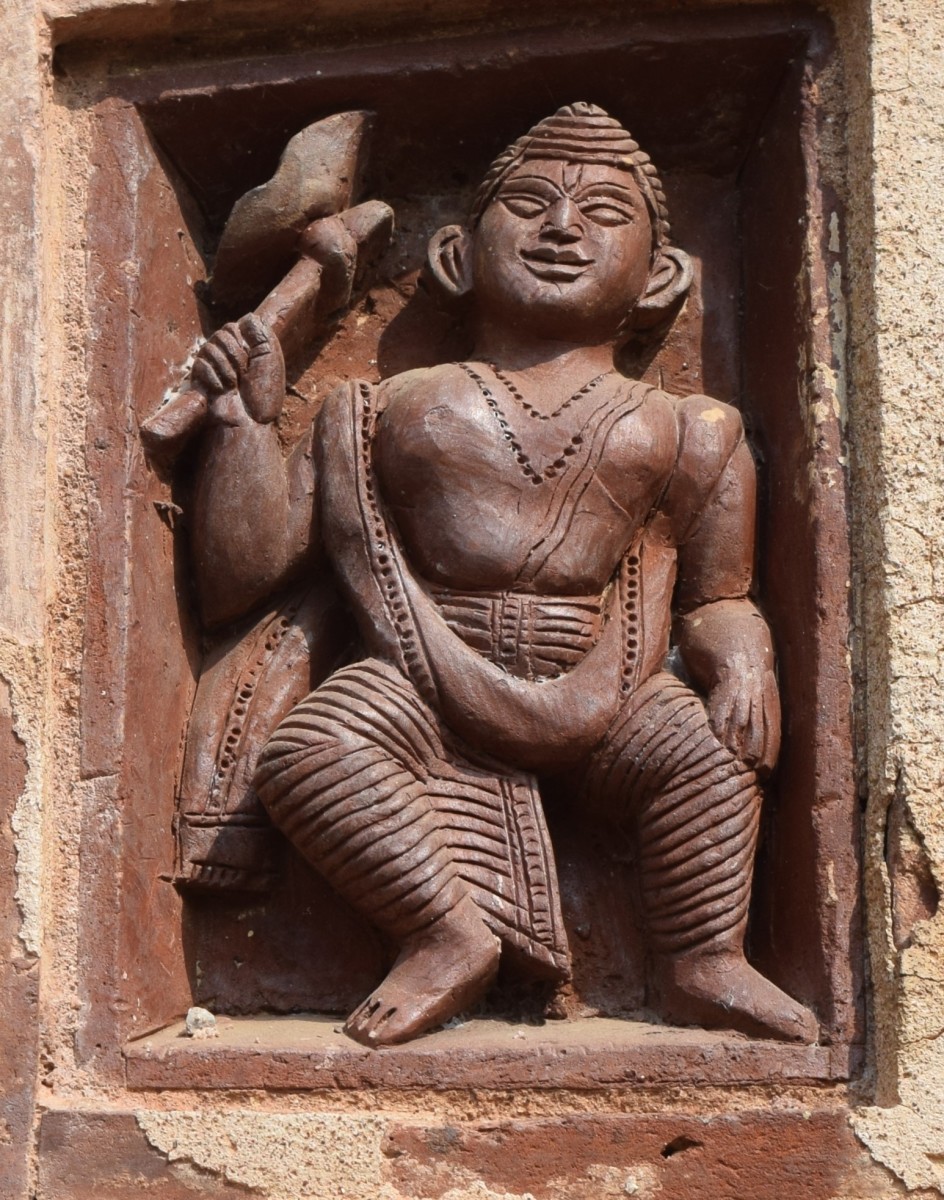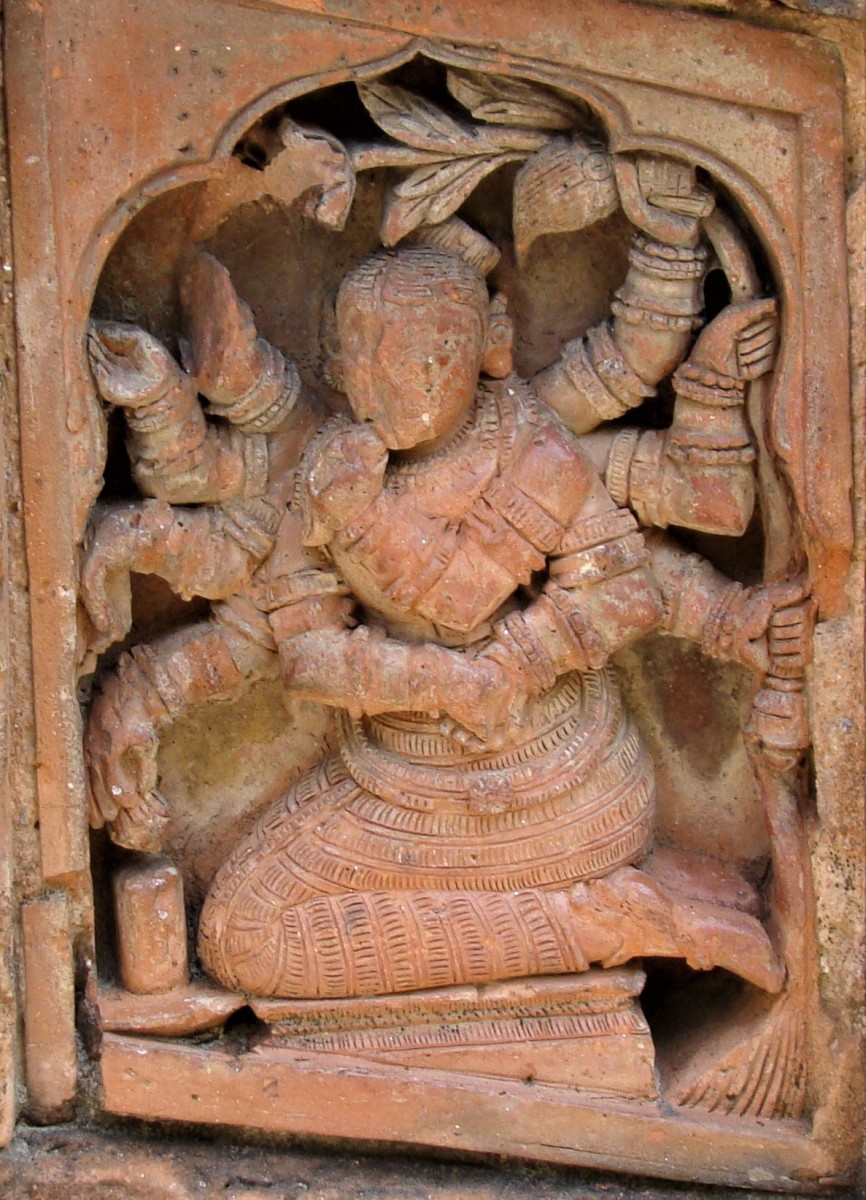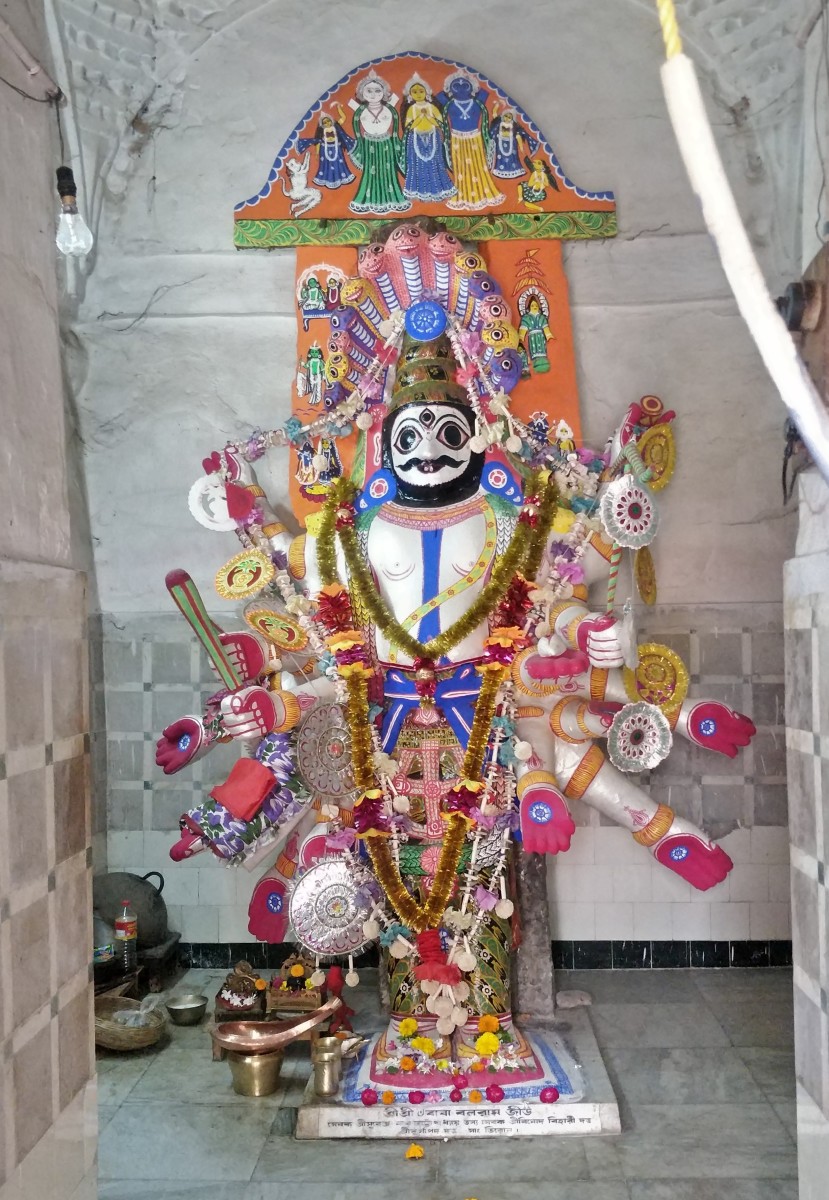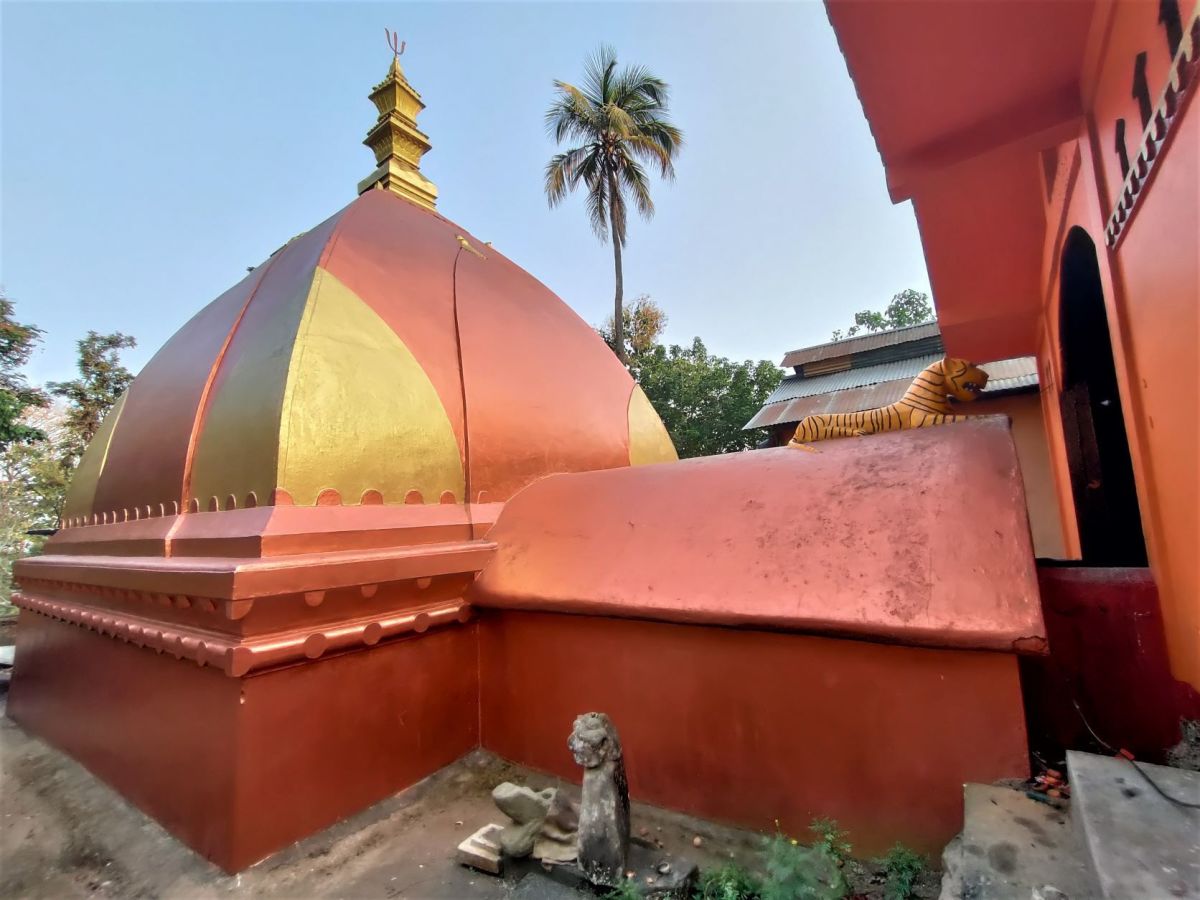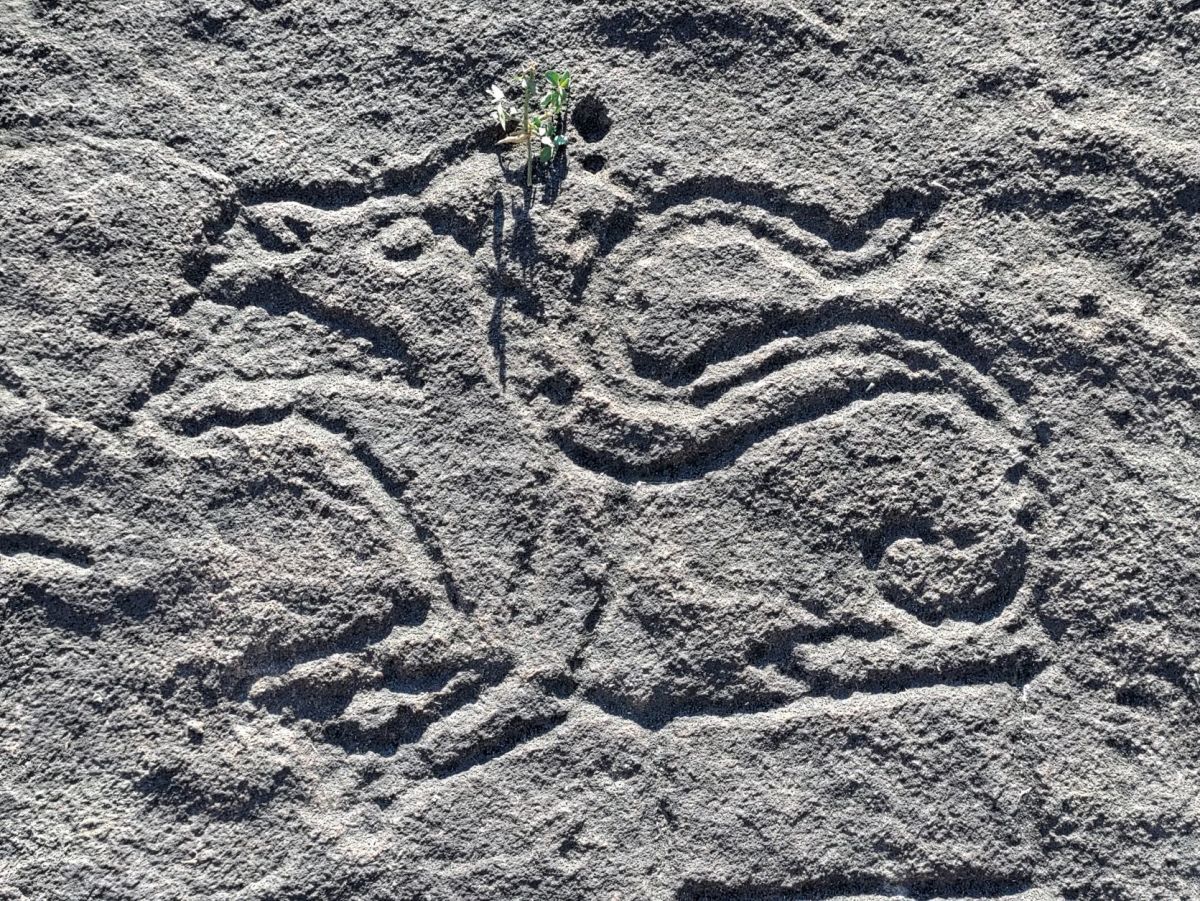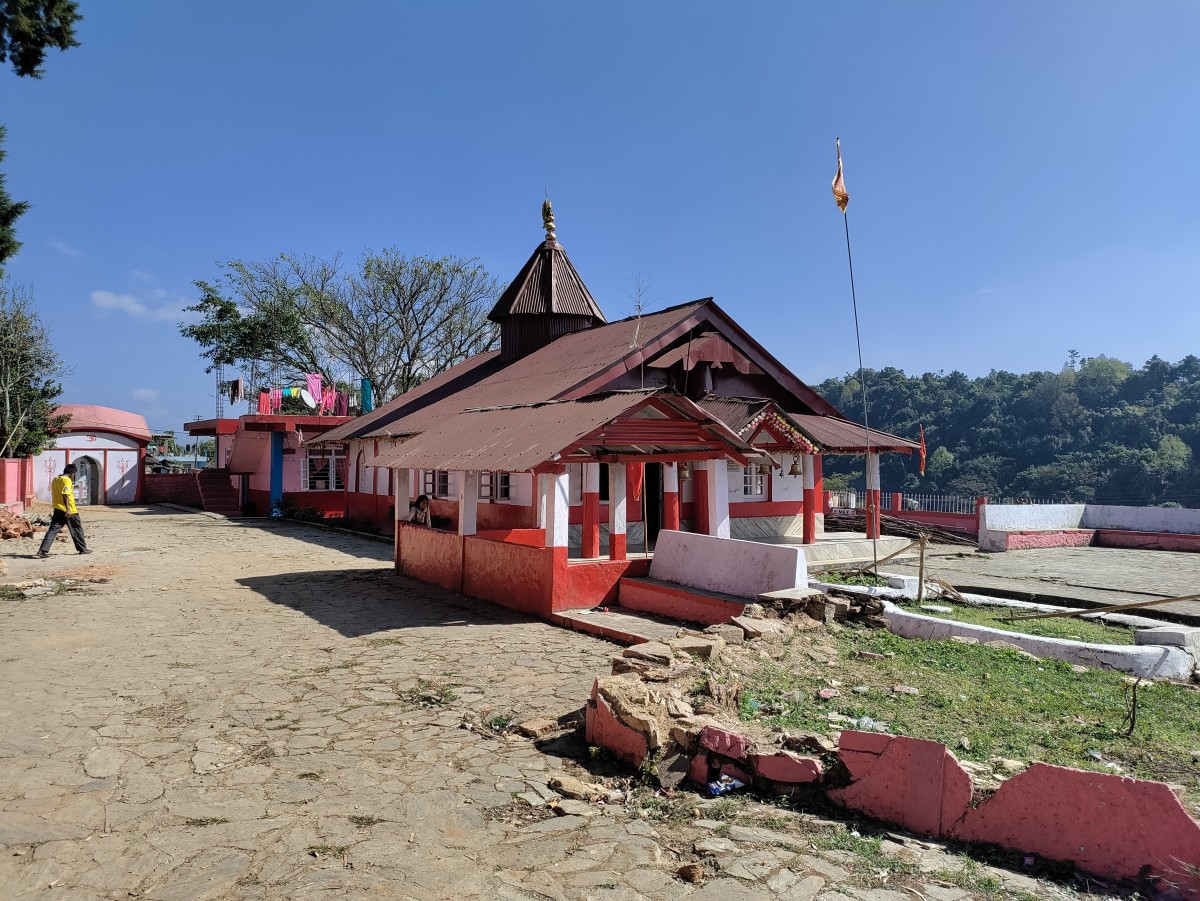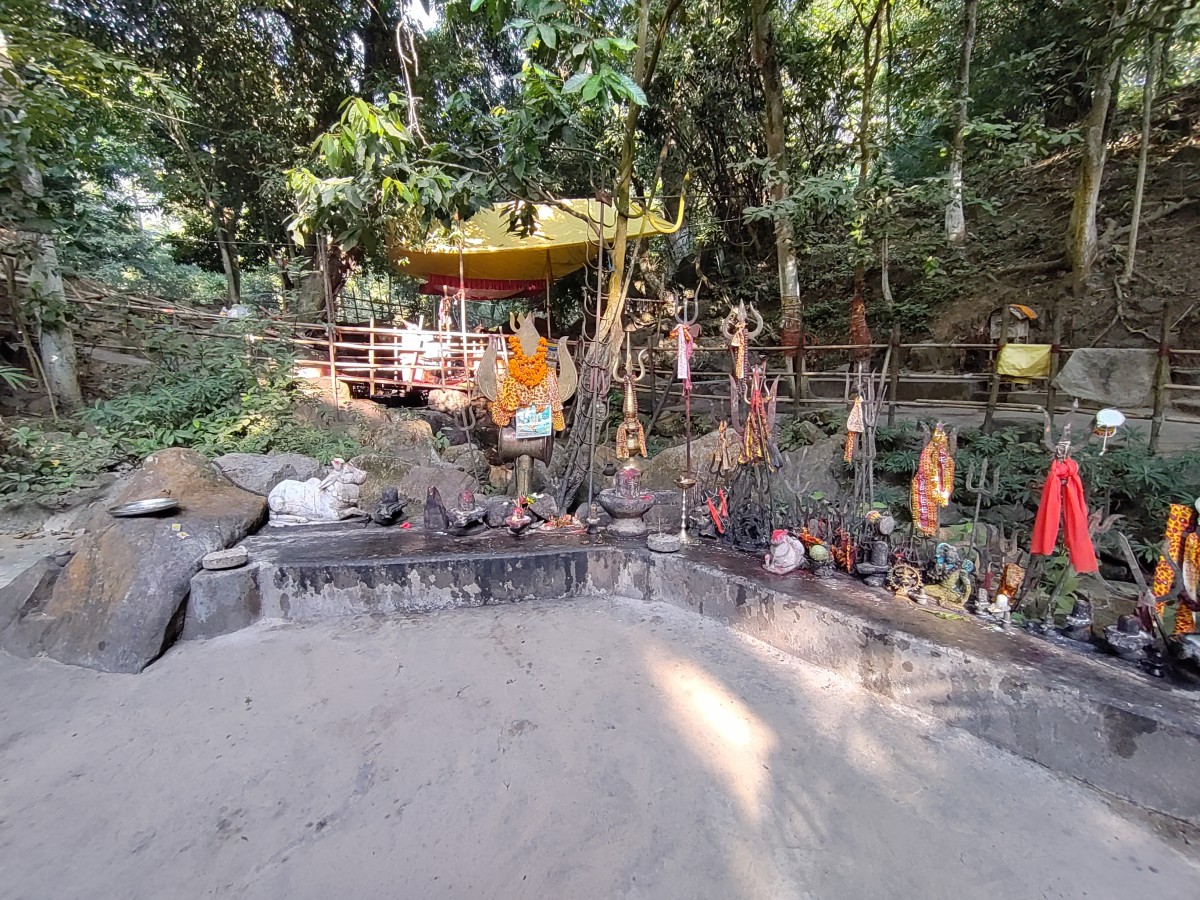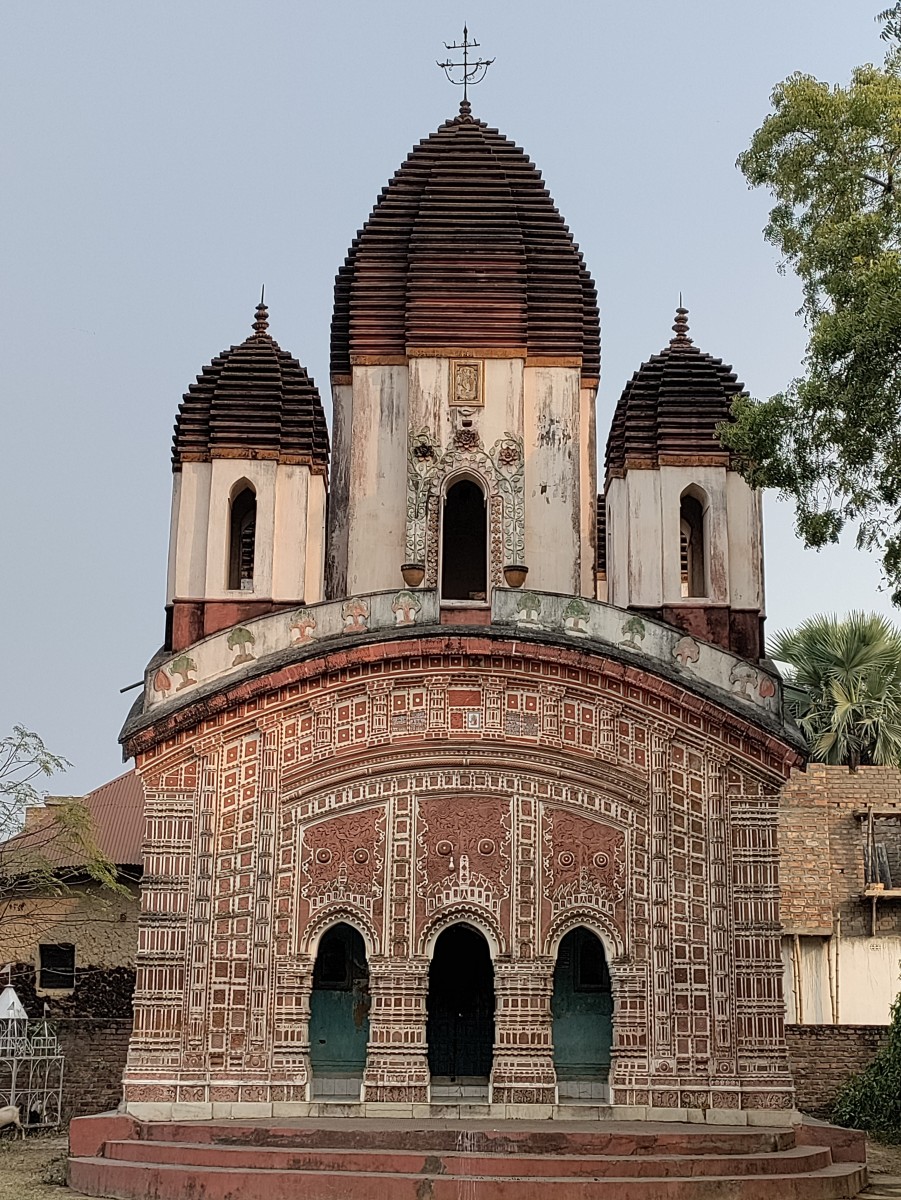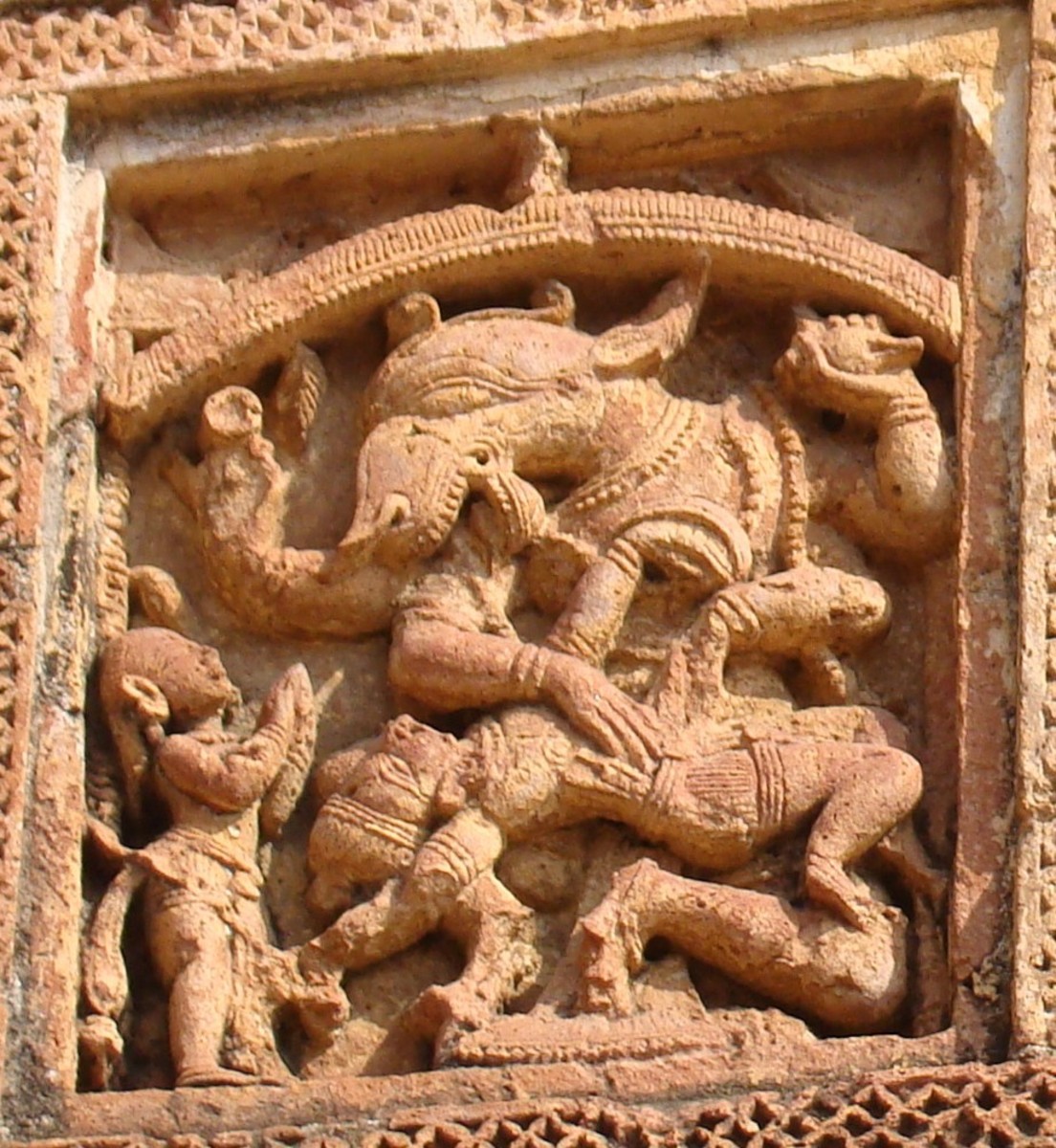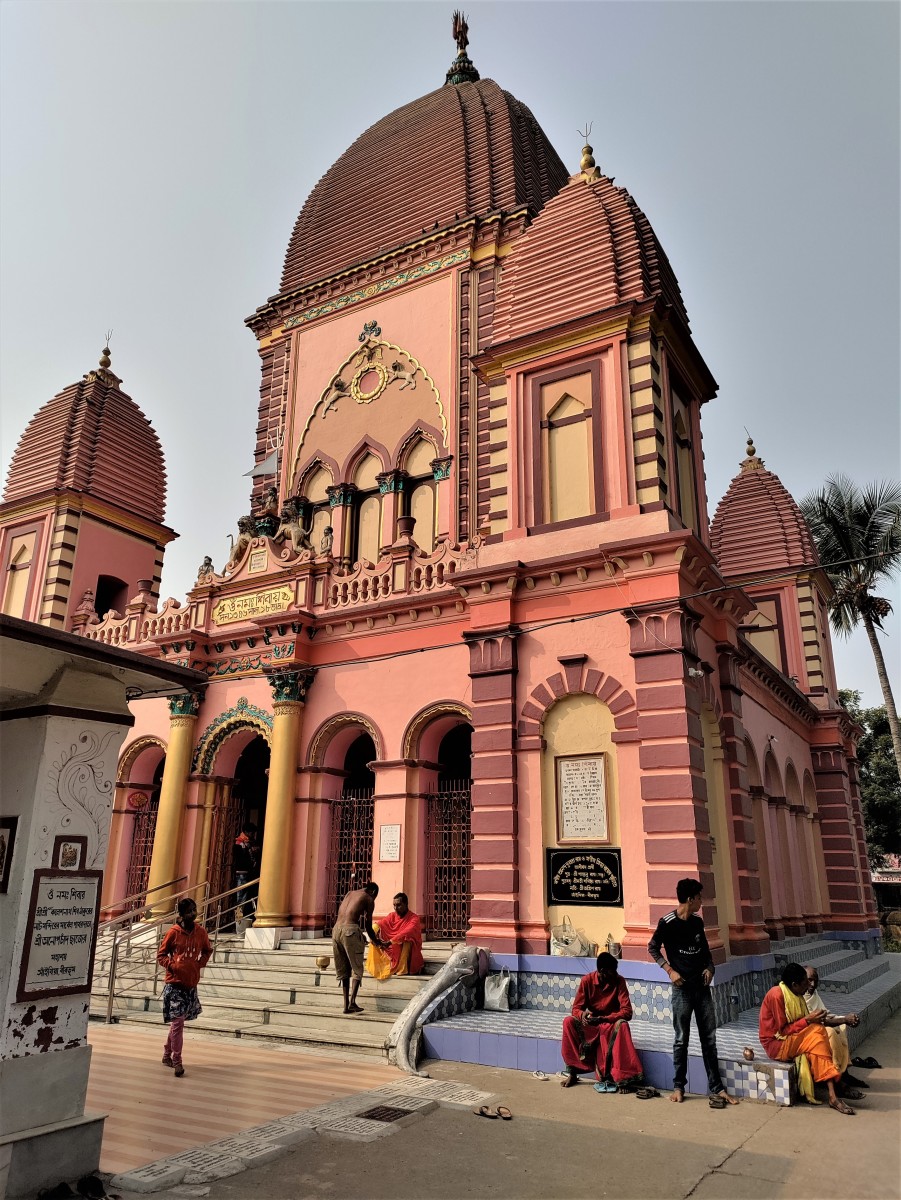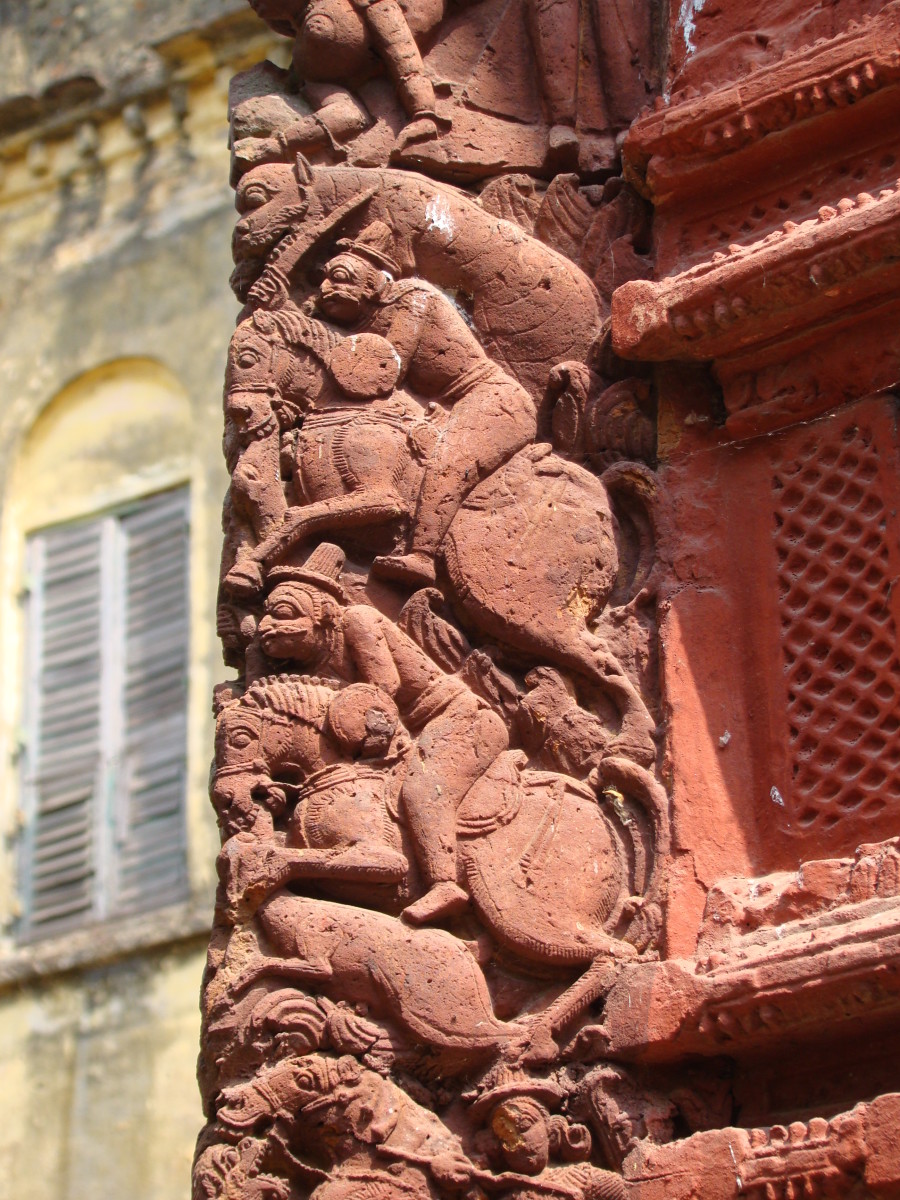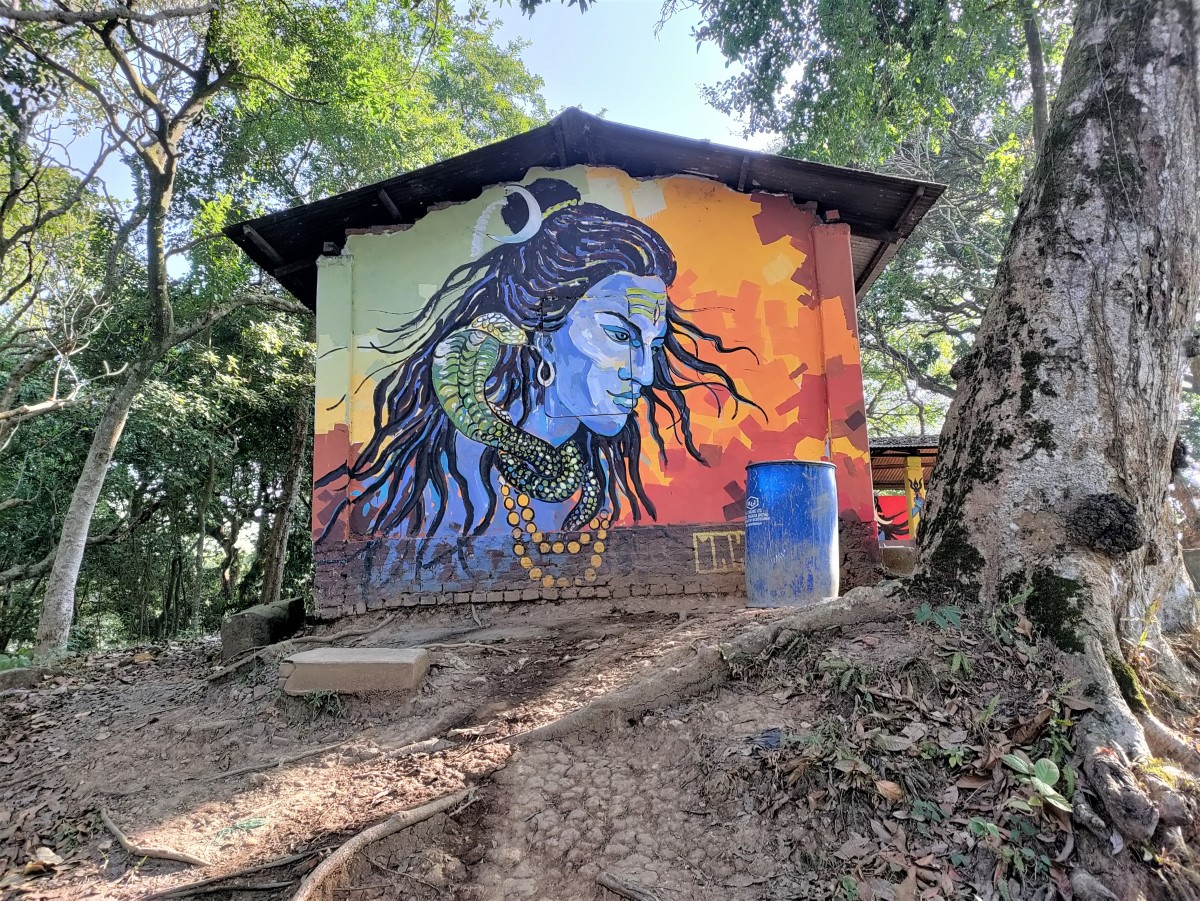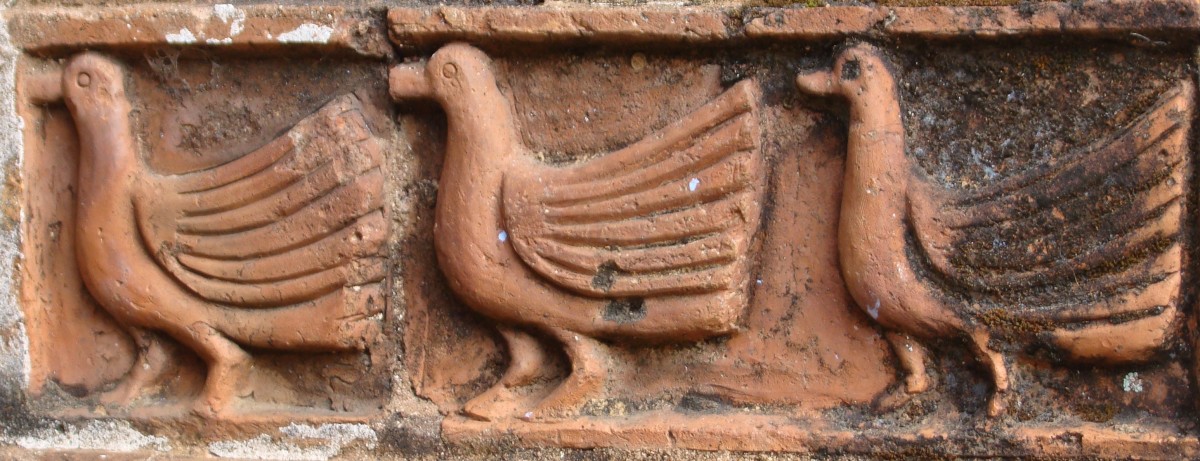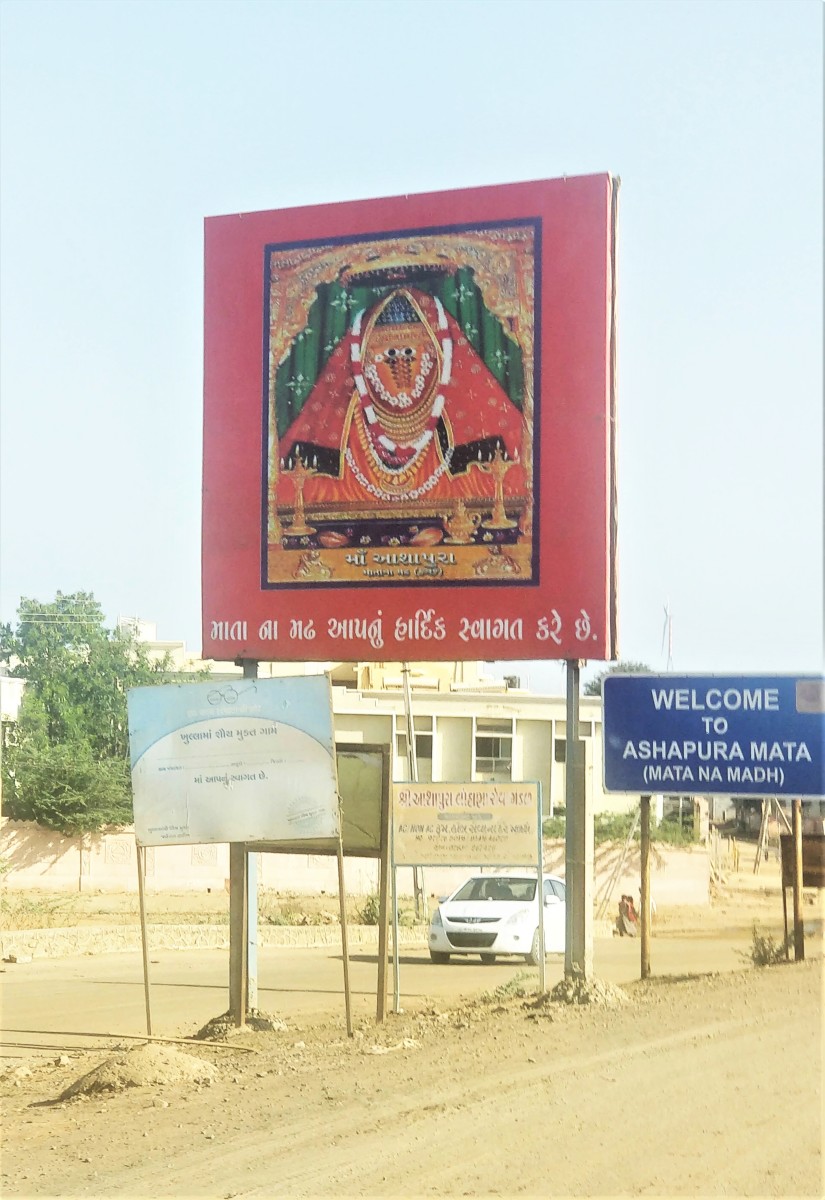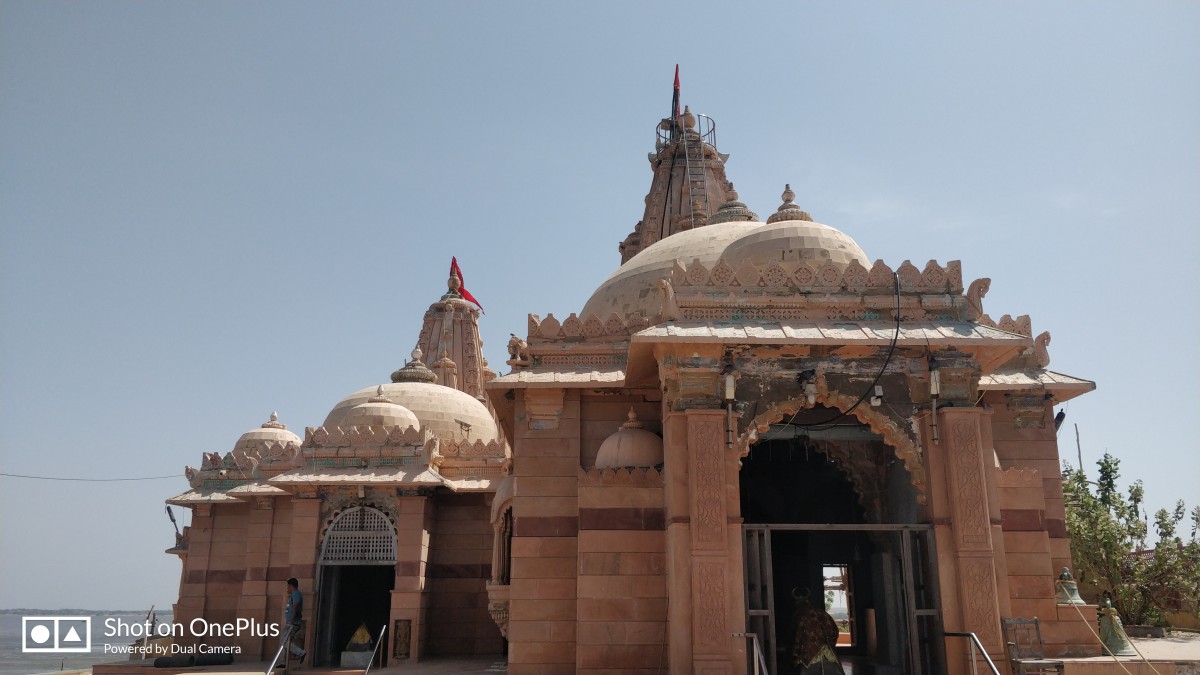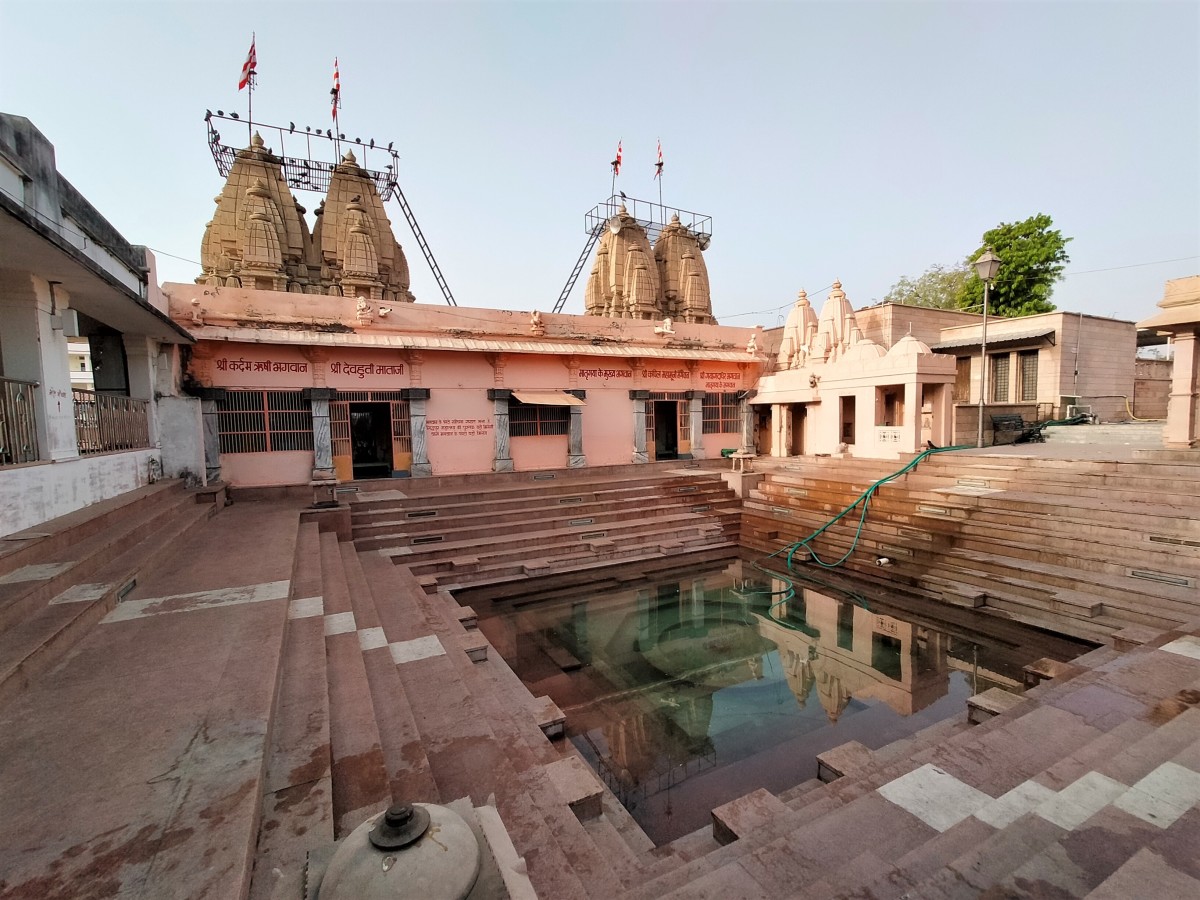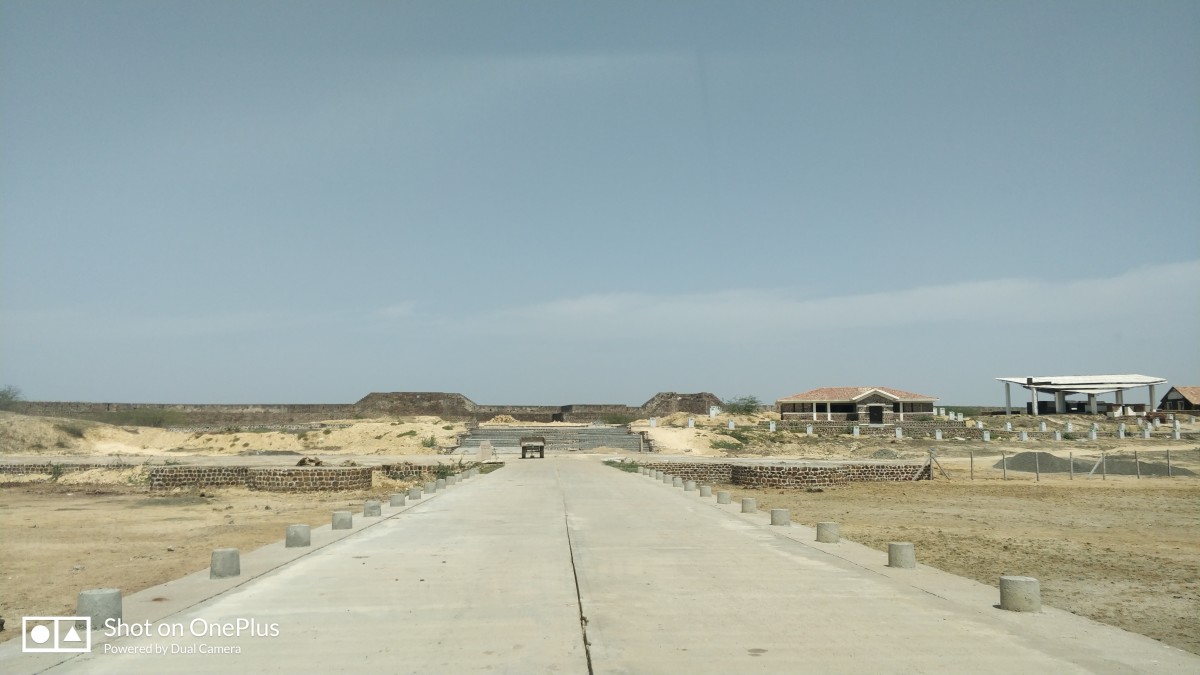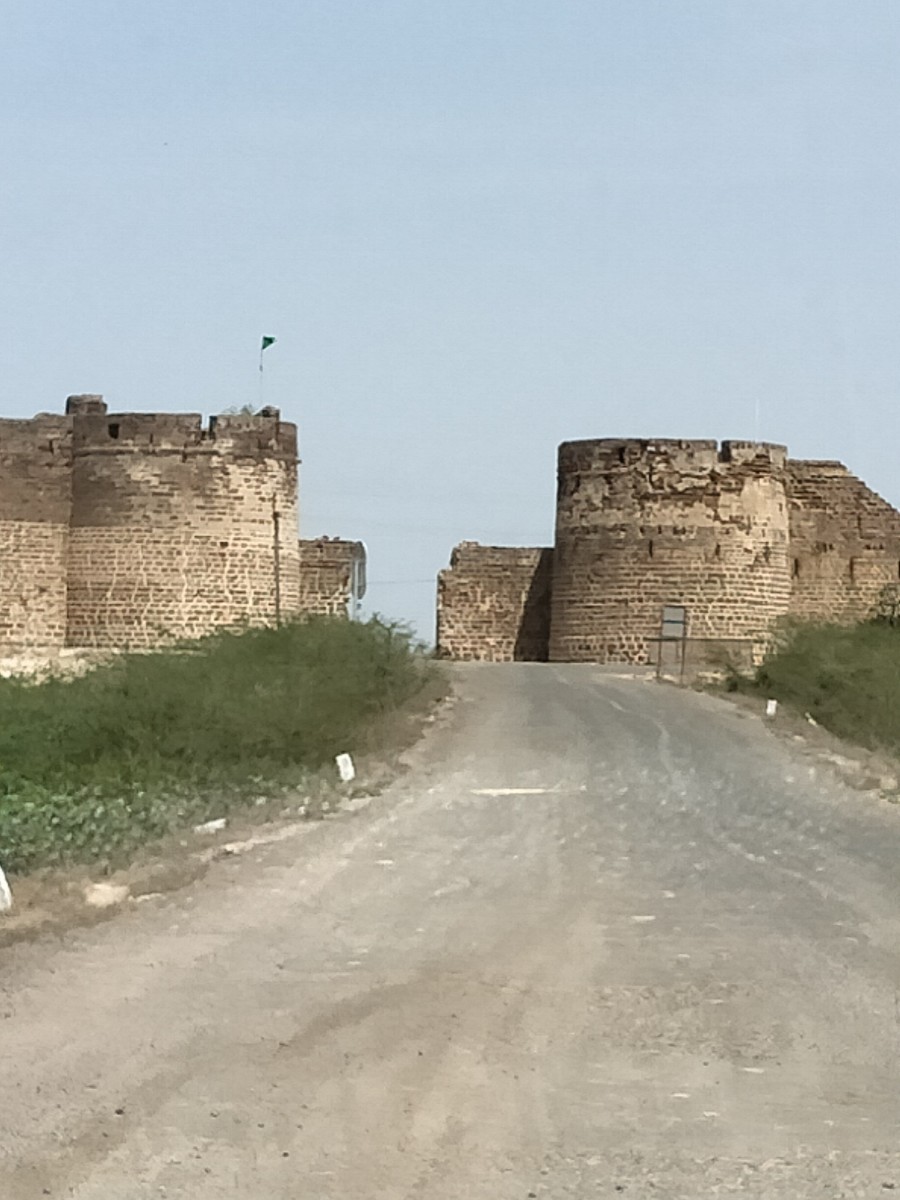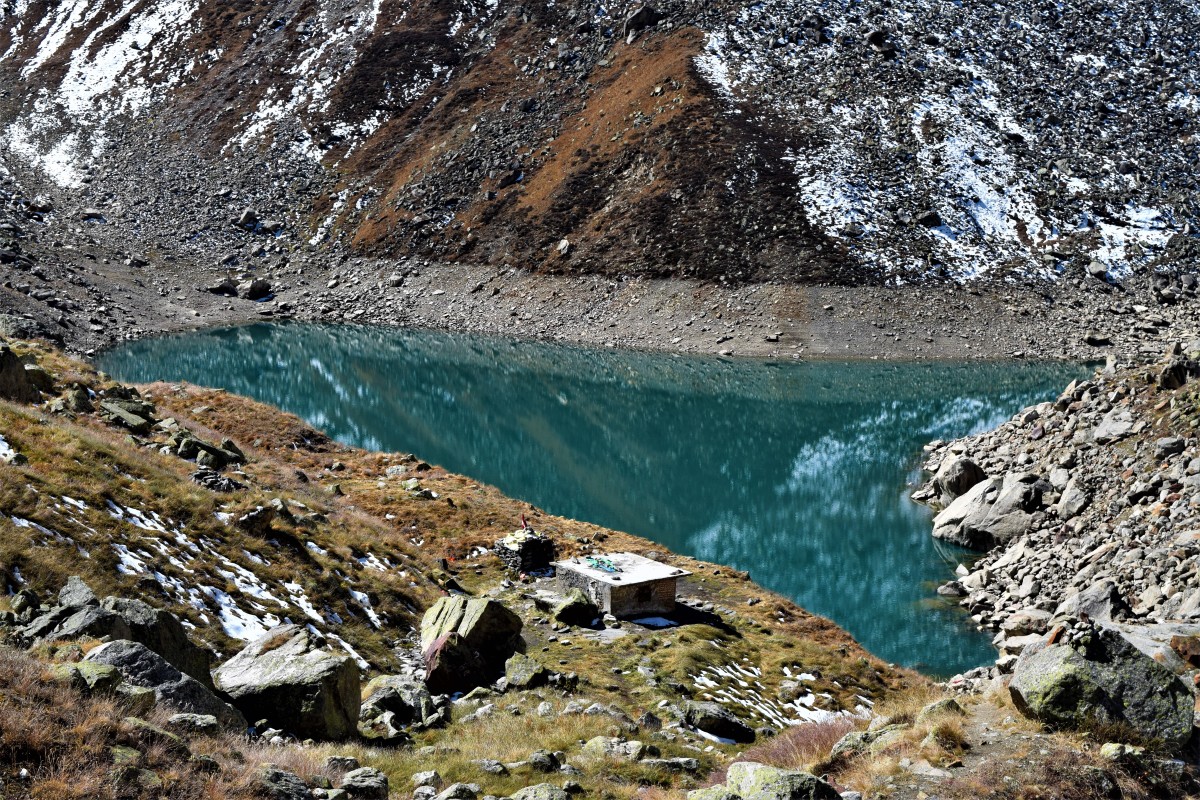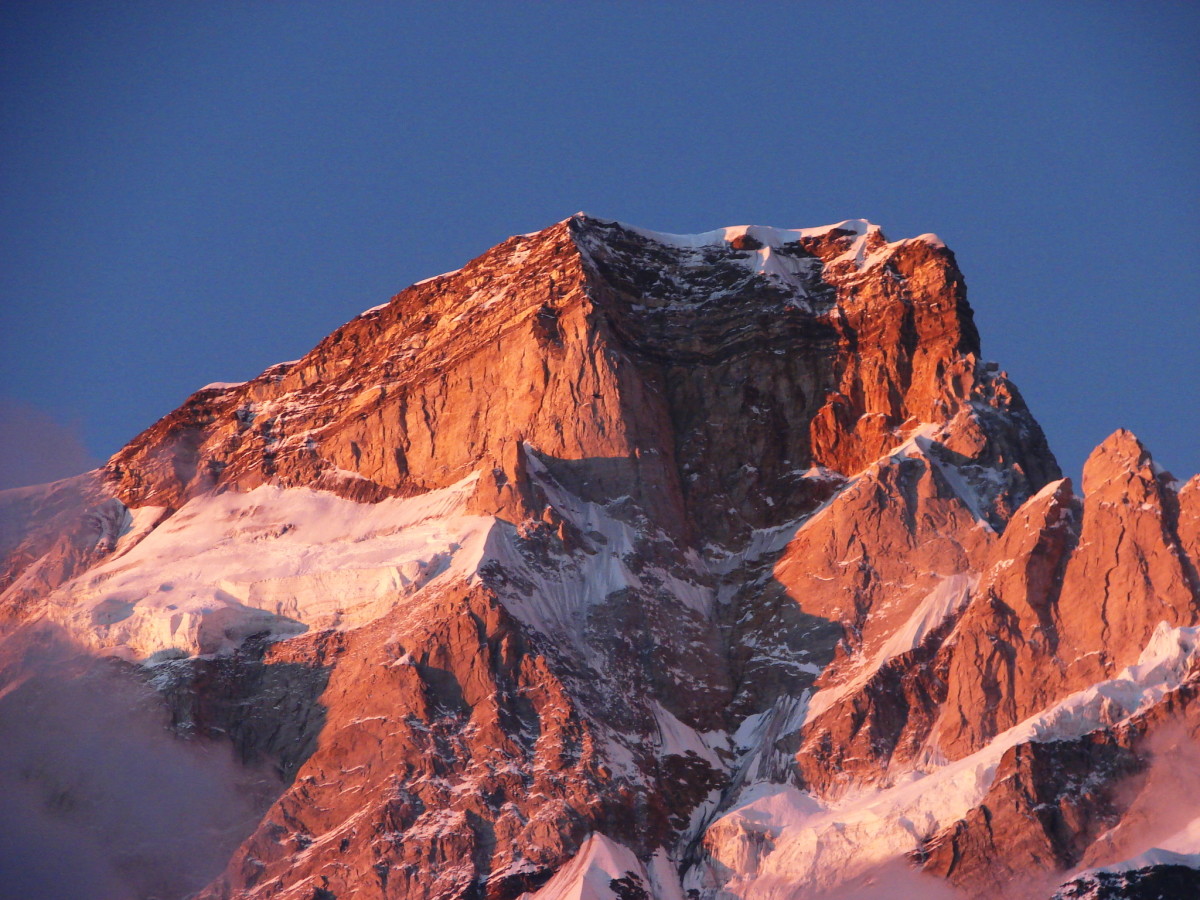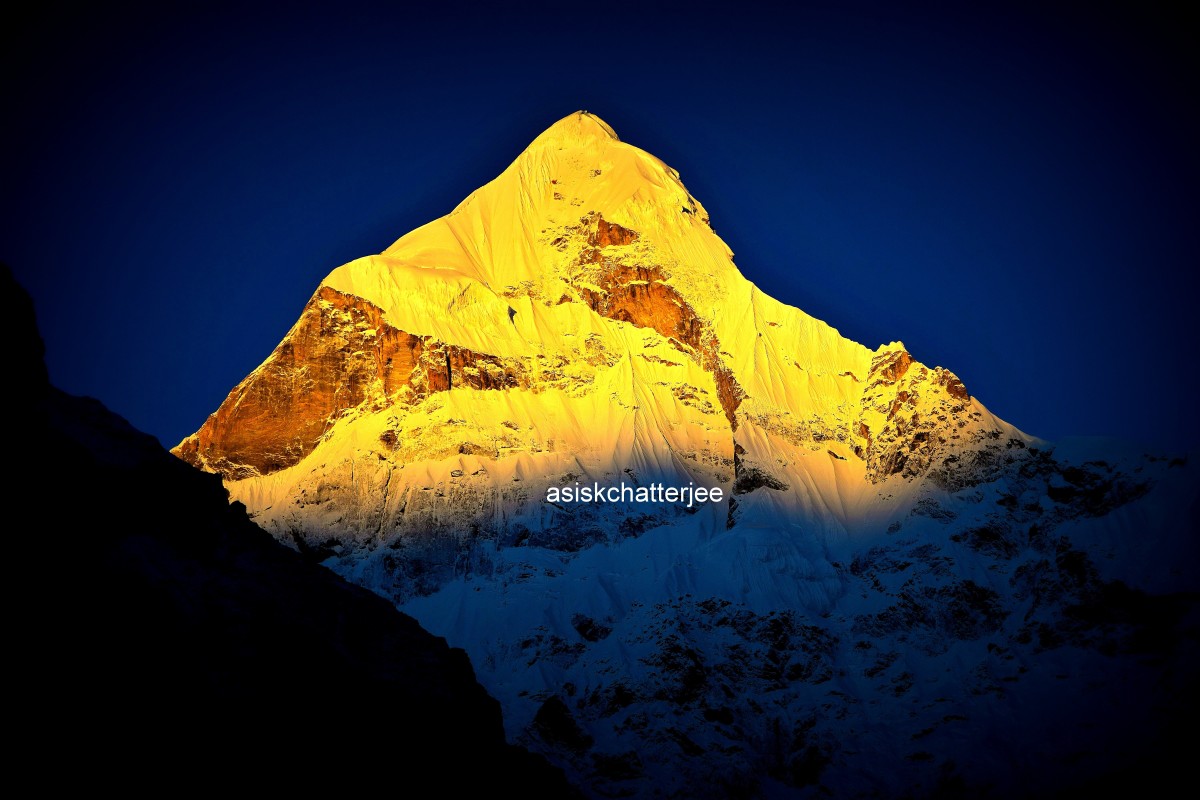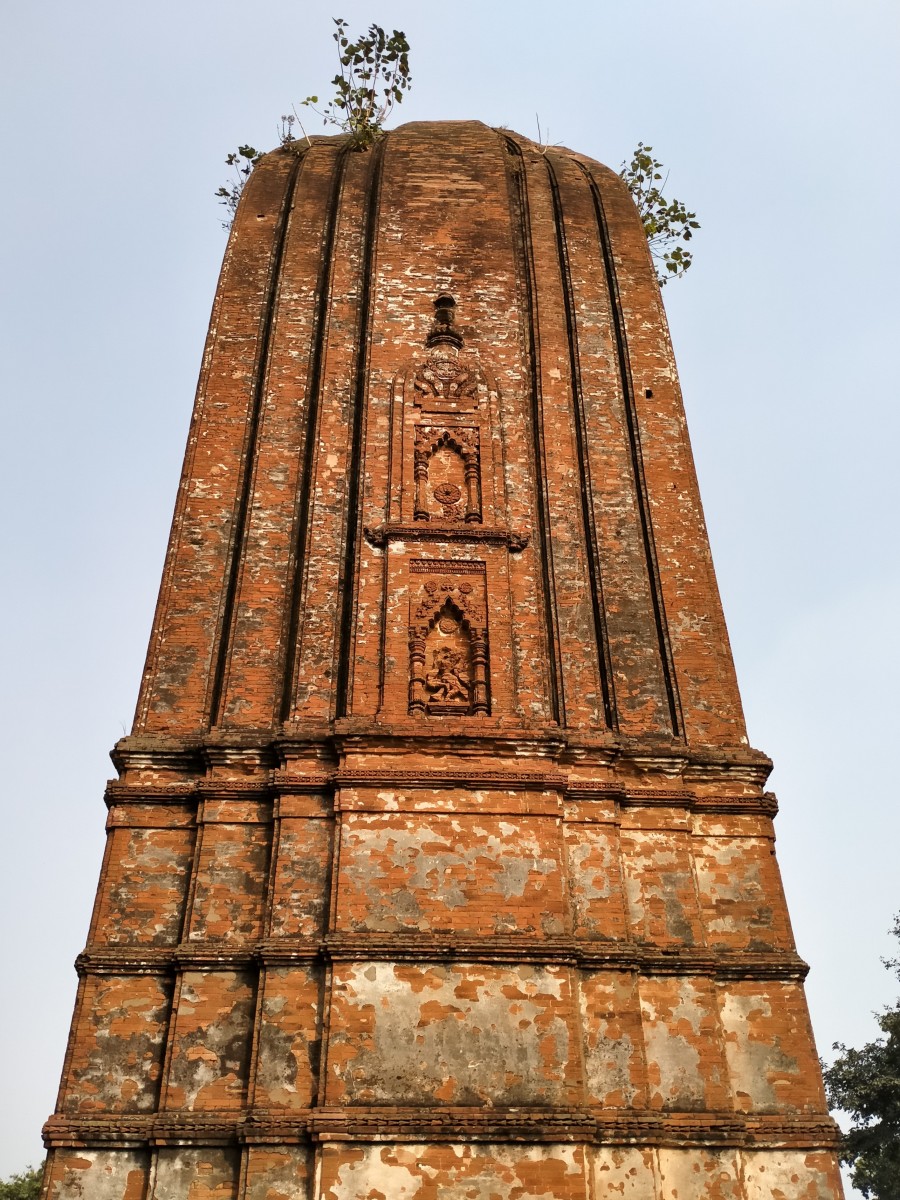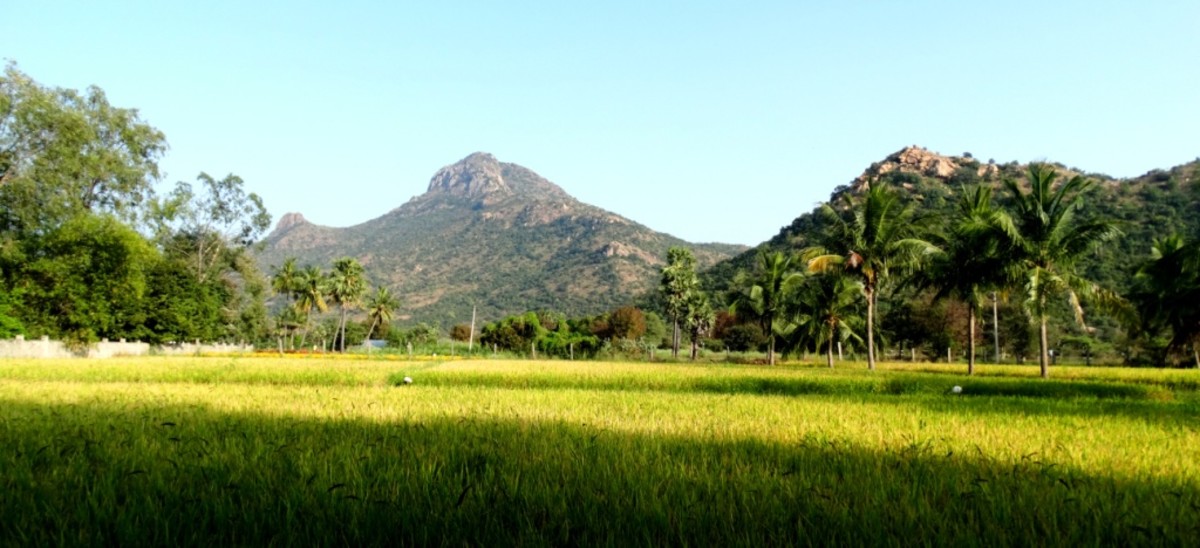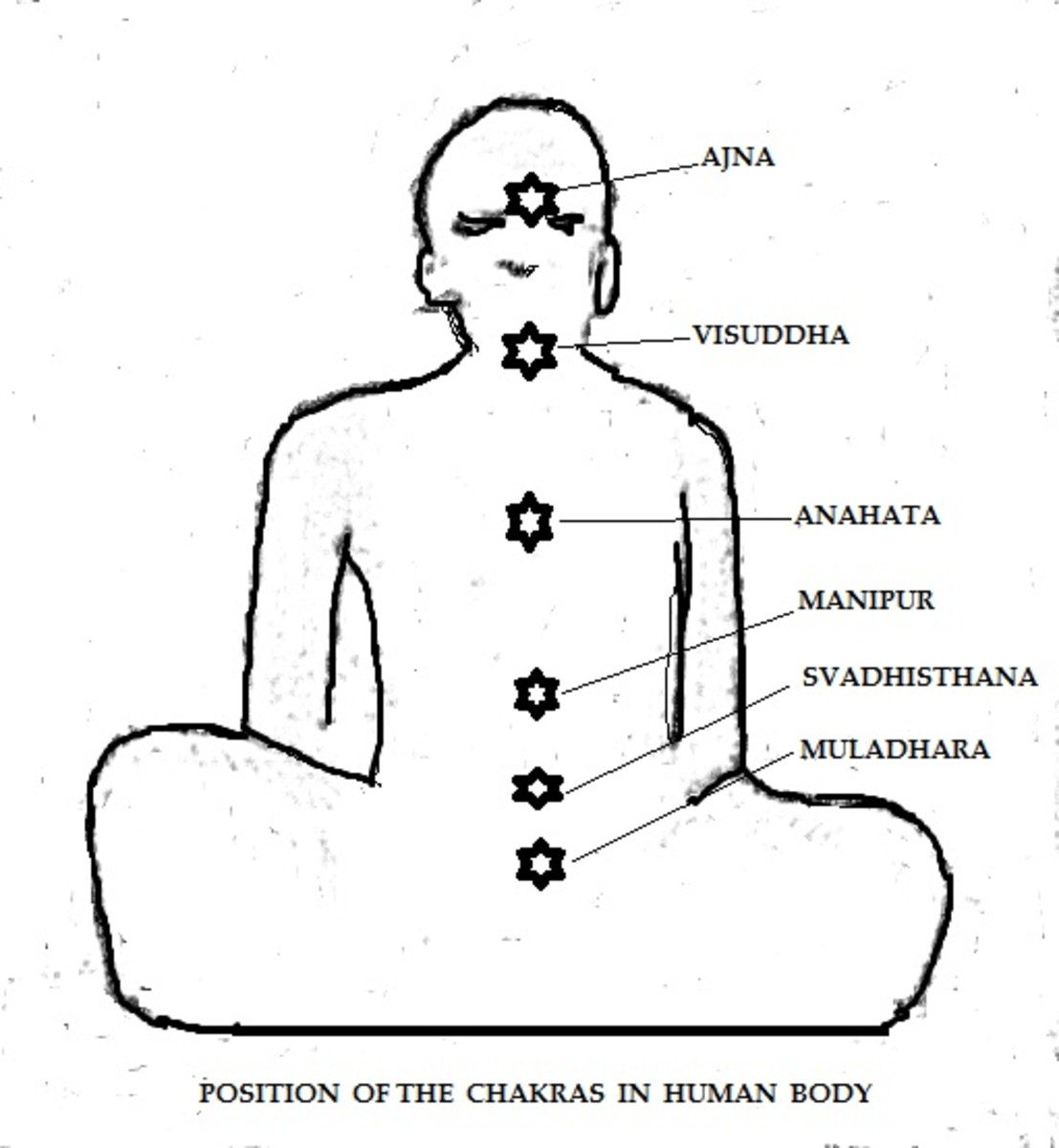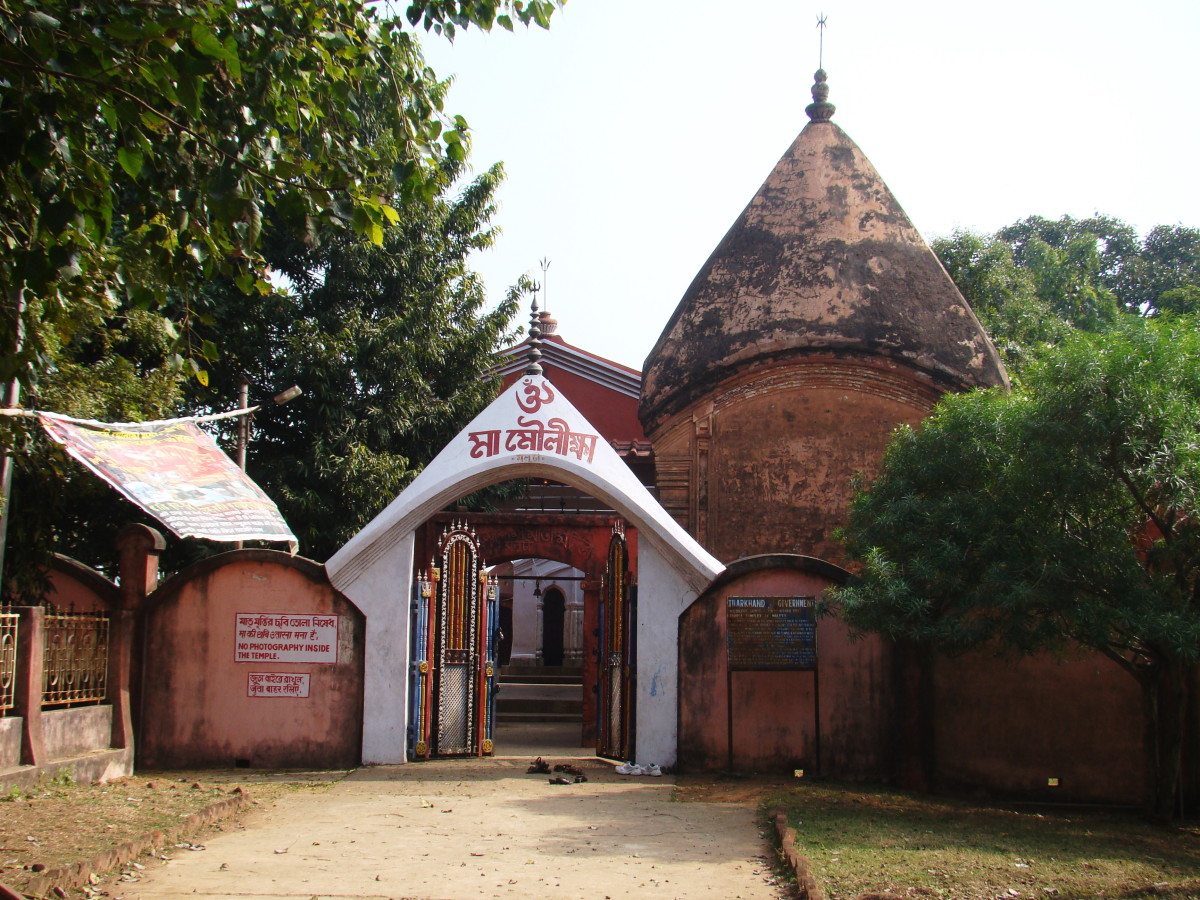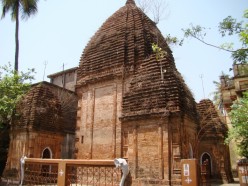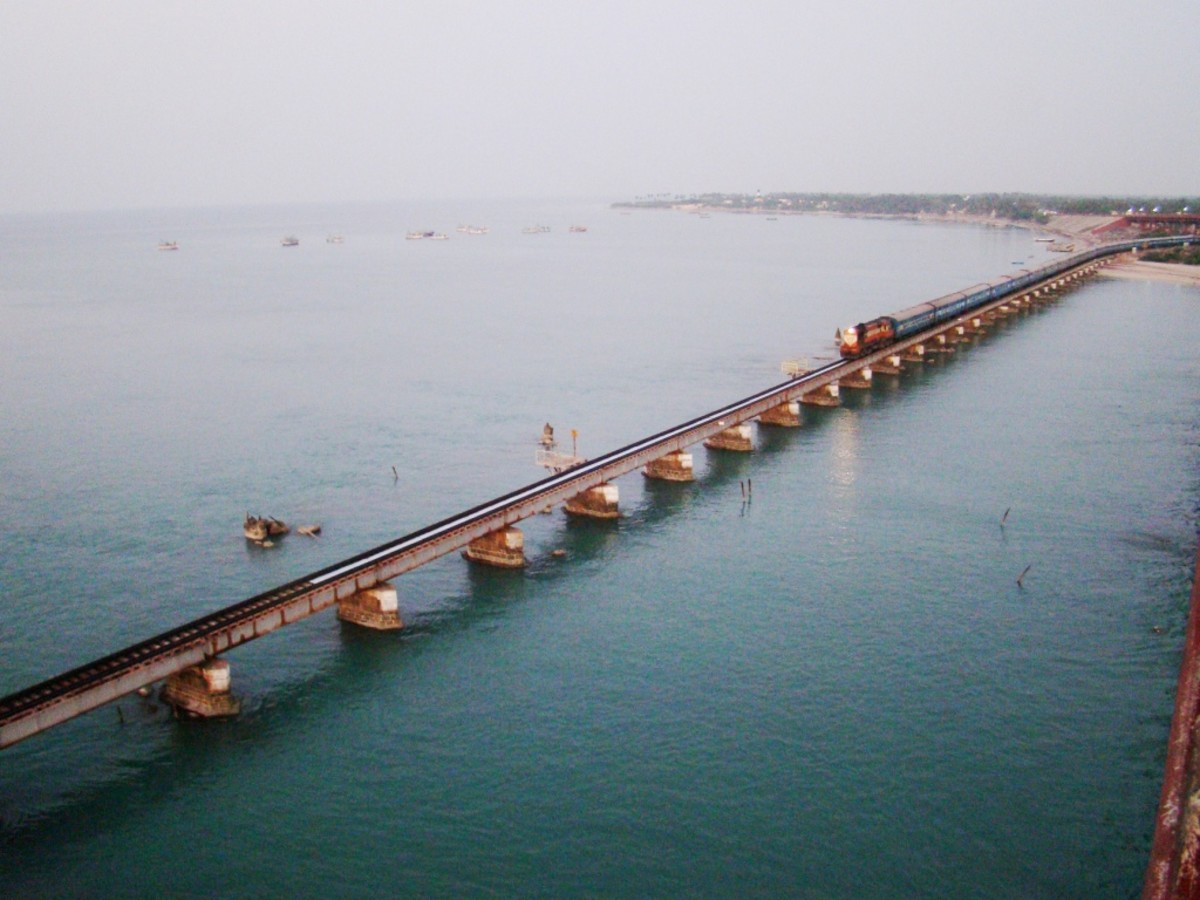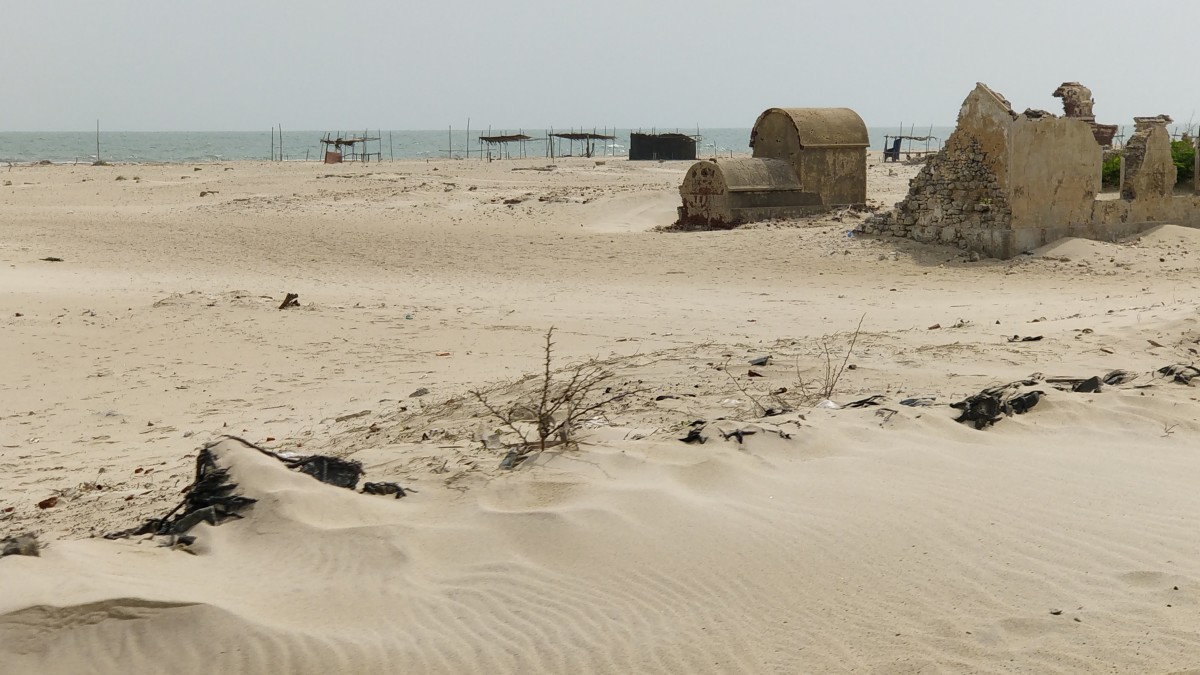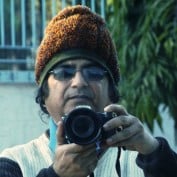 78
78- 0
Goddess Durga's arms - in temples and in temple decoration of West Bengal
Goddess Durga, venerated as the Mother Goddess or "Adya Shakti" (The Primal Energy), is represented in Iconography with an astonishing number of hands varying from 2 to 20. This is reflected in the decoration of temples in West Bengal, India. This is a small study on this interesting subject.
- 0
The Endless Knot - a Buddhist symbol of endless cycle of birth and death
The Endless Knot is a Budddhist symbol signifying the endless cycle of birth-death-rebirth and also the interconnection of everything. Interestingly, a very similar symbol is seen in a picture in the decoration of a temple in a remote village of West Bengal, India.
- 0
A Small Study in Vexillology – Presence of Flags in Temple Decoration in West Bengal, India
A small study in Vexillology on the presence of flags in temple decoration of West Bengal, India reveals some interesting facts, which is presented here.
- 0
Elephants in temple decorations in West Bengal
Elephants with their huge size and big tusks yet friendly nature has attracted human from a very ancient era. Drawings of elephants can be traced back to the Paleolithic era. This tradition of picturizing elephants is continuing. Depictions of elephants in temple decoration in Bengal is a fine art.
- 0
“Sahasra Lingam” – Shiva Lingam with a mathematical formula
Shiva Lingam is the aniconic form of Lord Shiva. There are many mysteries and controversies about Shiva Lingam. There are many varieties of Shiva Lingam, which may be Natural or man-made. "Sahasra Lingam" is a unique type of Shiva Lingam which involves a mathematical formula in its construction.
- 0
The Story of Non-Human Workers in temple decoration of West Bengal
A worker is one who lives by selling one’s work. A worker need not be necessarily a human being, but even non-human animals, who do physical work for their human masters, is strictly speaking a worker. In the temple decoration in West Bengal, there are many examples of such non-human workers.
- 0
Raghunath temple - a special temple of Lord Rama in a remote village in West Bardhaman district, West Bengal
There are many ancient temples dedicated to Lord Rama in West Bengal, but possibly only one of those structurally is a "Jor Bangla" type. That temple is the Raghunath temple of Chhoto Dighari village of West Bardhaman district.
- 0
Cave Shrine of Lord Shiva, Rammam, Darjeeling district, West Bengal, India
There are innumerable shrines dedicated to Lord Shiva, some very famous, some not so famous and some unknown to the outsiders. Some of these are located inside natural caves. One of such cave shrines is the Shiva Cave shrine of Rammam village of Darjeeling district, West Bengal.
- 0
Yeti Stone of Samanden, Darjeeling, West Bengal, India
Yeti is mysterious animal of the Himalayas whose very existence is highly debated. In Samanden of Darjeeling district of West Bengal, an ancient stone slab, called the Yeti Stone, is considered by the local Lepcha people as a boundary post in between the areas belonging to the Yetis and the Lepchas.
- 0
Dayamoyee Kali temple of Baharampur, West Bengal, India – a temple with many special features
Dayamoyee Kali temple of Baharampur town in Murshidabad district of West Bengal, India has many unique features not commonly seen in temples in general and Kali temples in particular. It is a “Jor Bangla” Kali temple with terracotta decoration, with pictures of “Matrika”-s in terracotta bas-relief.
- 0
Lord Rama without a Bow & arrows : Janaki Nath temple, Nandigram, Medinipur, West Bengal
Lord Rama is customarily depicted in iconography as carrying Kodanda, His divine bow. In all temples, He is seen carrying His bow. However, in the Janaki Nath temple of Nandigram, district Medinipur, West Bengal the idol of Lord Rama is without his bow with his hands in a posture of holding a flute.
- 0
Jor-Bangla - a unique type of temple of Bengal
The tradition of Temple Architecture in Bengal is very rich with a number of temple types to offer. One such temple type which is unique is "Jor-Bangla" (meaning Joint Twin) temples. In this article an analytic study is presented on 16 such temples from different districts of West Bengal, India.
- 0
False or Fake Doors in Bengal Temple Decoration
Temples in Bengal are decorated by various means, mostly by terracotta bas-relief works, which includes a huge and diverse treasure of subjects ranging from gods to mythological tales as well as social scenes, birds and animals, vegetative and geometric designs etc. Fake doors are one such design.
- 0
Bangles in temple decoration of West Bengal
Decorations in temples of West Bengal is not only for beautification of the temples, but these give information on a lot of subjects, both religious and secular, especially social events. In the present article, an analytic study on the presence of bangles in temple decorations is discussed.
- 0
Dogs in the temple decoration of West Bengal, India
The temple decoration of West Bengal is aptly called a “Living Encyclopedia” as it faithfully reflects almost all aspects of human life pictorially. In the current article, presence of dogs in temple decoration is analyzed.
- 0
Violence Against Women: Reflections in the Decorations of Temples of West Bengal
Decoration of temples is done not only for beautification, but as a means to disseminate religious teachings as well as socially important information. In a study on 150 temples of West Bengal, one particular subject is highlighted – violence against women and its reflection in temple decoration.
- 0
Ratneswar Shiva, the Lord of the Gems
There are innumerable temples dedicated to Lord Shiva, some famous, some not so, yet important. One of such less known but significant Shiva temple is Ratneswar Shiva temple situated in Jagannathpur village of Bankura district of West Bengal, India, constructed in the 17th century CE.
- 0
Brass Chariot of Searsol, Paschim Bardhaman district, West Bengal
Chariots (Ratha) are often present in temples, and are an integral part of festivals. Chariots made of metals, mostly brass, are excellent examples of metal handicrafts. There are about 42 metal chariots in West Bengal, India. The present article describes one of them - the Brass Chariot of Searsol.
- 0
Brass Chariot of Nutangunj, Bankura, West Bengal
Chariots (Ratha) are integral part of temples and festivals in India. Besides the famous Chariot of Lord Jagannath in Puri, Odisha, there are many chariots associated with temples in different parts of India. Metal chariots are also seen. Nutangunj in West Bengal has a beautiful brass chariot.
- 0
Adi Kailash - the 2nd of the Pancha-Kailash
As per Hindu scriptures, Kailash is the adobe of Lord Shiva and there are 5 such Kailashes. Adi Kailash in the Indian state of Uttarakhand is the 2nd of them. Situated in the high Himalayas, a journey to Adi Kailash is one of the most important pilgrimage for the Hindus.
- 0
Ratha or Chariot - Part II : Chariots in Bengal temple decoration
Ratha or Chariot is a common subject in temple decoration in Bengal. These are mostly in bas-relief works in terracotta, stucco or stone and wood carvings, though few cases of murals are also seen. The chariots depicted are mostly from epics and mythological stories with some social scenes.
- 0
Ratha or Chariot - Part I
"Ratha" or Chariot in ancient India is an interesting subject. There are many hazy areas with diverse opinions on many aspects of this subject, starting from the definition of the word "Ratha", its type, its wheels etc. with diverse historical data and mention in the scriptures.
- 0
Pareidolia : Seeing something where there is none
Pareidolia means seeing something where there is none. This is a clinical condition often related with certain diseases like Parkinsonism or dementia, though it is fairly common among perfectly healthy persons. The objects seen are usually a face or a figure.
- 0
The Reclining Buddha
Lord Buddha in reclining position is an important artistic rendition of his life. It shows Buddha just before he passed into the afterlife with a calm and serene expression. Some aspects of this imagery of Lord Buddha are discussed in this article.
- 0
Conch : Religious significance and its presence in Bengal temple decoration
Conch (Shankha) is marine snail having many unique properties. It is considered sacred in religions like Hinduism, Buddhism, Jainism etc. It is also a popular object of art. The religious importance of the conch and its depiction in temple decoration is discussed here.
- 0
Maida Patalbhedini Dakshina Kali temple - a Kali temple with connection to The Ramayana
There are innumerable temples dedicated to the Goddess Kali in West Bengal, but only a very few of those are related to the great Indian epic the Ramayana. One such temple is the "Maida Kali" temple situated in a remote village Boharu, in the South 24-Parganas district.
- 0
Shivniwas : A Tale of Two Shiva Temples and More
Shivniwas in Nadia district of West Bengal is a place with 2 famous Shiva temples and a Rama-Sita temple established in mid-18th century by King Krishna Chandra. One of the Shiva temples houses a very big Shiva Lingam named Rajrajeswar. A discussion on the tallest Shiva Lingams are included.
- 0
Sita Jakhala, an obscure Ramayana-related temple in Assam, India
The Ramayana is a Pan-Indian epic with widespread circulation throughout the Indian sub-continent. Ramayana-related places and temples are seen in various places often related to the same incidence mentioned in the Ramayana. Sita Jakhala in Assam is one such temple in a remote corner of Assam.
- 0
Raghunath temple of Devaprayag, Garhwal, Uttarakhand
The Raghunath (Rama) temple of Devaprayag, Uttarakhand is one of the 108 "Divya Desham" temples dedicated to Lord Vishnu. As per mythology, Lord Rama, the 7th incarnation of Lord Vishnu, visited Devaprayag to offer holy water of the confluence of Bhagirathi and Alakananda to the soul of Ravana.
- 0
Kamaleswara Mahadeva temple of Srinagar, Garhwal, Uttarakhand
Kamaleswara Mahadeva temple of Srinagar, Garhwal is a very important Shiva temple associated with mythological stories related to Lord Vishnu, Lord Rama and Lord Krishna but not well-known outside. This article aims at presenting this temple to the general public.
- 0
Snake Charmers : in life, history and temple decoration
Snake Charmers are professionals who use live snakes for their shows. The present Snake Charmers have their origin in ancient India. After the implementation of Wildlife Protection Act in 1972 which bans keeping and handling of live snakes, the snake Charmers changed their profession to music etc.
- 0
Terracotta decorations in Kali temples of West Bengal : a study of paucity
Temple-decoration in West Bengal is an age-old art. The chief medium of these is bas-relief in terracotta tiles. Temples dedicated to all gods and goddesses bear these art works. However, temples dedicated to Goddess Kali seem to be an exception, and only a very few Kali temples have terracotta art.
- 0
Krishna-Kali, a syncretic deity in Hinduism and Its presence in decorations of temples of West Bengal
Krishna-Kali, a conjoint form of Lord Krishna and Goddess Kali is a syncretic idea in Hinduism. In this article, a brief discussion on the concept of Krishna-Kali with special reference to Its presence in temple decorations is discussed.
- 0
Lakshmi, the Goddess of Wealth and Fortune in Bengal temple decorations
Lakshmi, the Goddess of Wealth and Fortune of the Hindu religion has multiple forms, and is depicted in the decorations of temples in different ways. In this article, the presence of Goddess Lakshmi in temple decorations of West Bengal is studied analytically.
- 0
Different forms of Durga, the Mother Goddess in temple decorations of West Bengal, India
Durga, the Mother Goddess is being represented in temple iconography since the beginning of the first millennium CE, and has undergone many changes. The present article is on the different forms of Goddess Durga in decorations of temples of West Bengal, India.
- 0
Chimera – in Science, Mythology and in temple decorations
Chimera is a condition in which an individual (plant or animal) carries more than one genetic line, usually DNA. The term Chimera originated in Greek Mythology to denote a composite animal. Mythologies from different countries including India have examples of composite gods, demigods or animals.
- 0
Footwears in Temple-Decoration in West Bengal, India
Temples are decorated for beautification and other reasons like propagation of knowledge about gods, epics, religious texts, social customs, historical events etc. In this article, an analytic approach has been adopted to describe the presence of different footwears in decorations of Bengal temples.
- 0
Lord Viswakarma – the god of the Instruments
Lord Viswakarma is the Hindu god of all sorts of Instruments and Engineering science. In this article, a short description of Lord Viswakarma and his presence in temple decorations in West Bengal, India are discussed.
- 0
Manual Workers as represented in decoration of temples of West Bengal
Decoration on the exterior of temples are done not only for beautification, but also to convey messages about religious subjects, arts & design and many social issues and events. In West Bengal, India, temples have an ancient and rich tradition of presenting such decoration.
- 0
"Kurma" or the Turtle : The second Avatar of Lord Vishnu in temple decoration of West Bengal
Lord Vishnu appeared in different forms or Avatars in different era to destroy the Evil and protect the Good. The second of these was "Kurma" or The Turtle, when he helped the gods in churning the ocean to find "Amrita". In the current article, "Kurma" in temple decoration of Bengal is described.
- 0
Birthing in temple decorations in India : A Pilot Study
Birthing is a Natural process for propagation of the species. However, humans have made many modifications and upgradations of this Natural phenomenon. One of this is adoption of several postures during childbirth. Interestingly, this is documented in decorations of some temples in India.
- 0
Shani Singnapur - a unique town with a temple of Shani Deva and without doors in the buildings
Shani Singnapur in Maharashtra, India is a unique town. It boasts of an ancient open air temple dedicated to Shani Deva, who is believed to protect the town dwellers from theft or burglary. The belief is so strong that no building in the town, even a post office and a bank, has doors.
- 0
Adi Vinayagar or Naramukha Ganapathi temple of Thilatharpanpuri at Koothanur,Tamilnadu
Adi Vinayagar or "Naramukha Ganapathi" temple is the ONLY temple in the world where Lord Vinayaka or Ganesha has a human head. This unique temple situated at Thilatharpanpuri in Koothanur, Tamilnadu is a "must see" for all.
- 0
Nandadulaljiu temple of Chandannagar : The largest "Dochala" temple of West Bengal
Nandadulaljiu temple of Chandannagar is the largest "Dochala" type of temple of West Bengal. Constructed in 1739-40, this temple has a colourful history, with Lord Clive attacking the temple in 1757 during the Anglo-French war in India.
- 0
Bhaluk Gohain temple, Bishwanath Ghat, Assam
Bhaluk Gohain temple at Bishwanath Ghat, Assam, India is an unusual temple dedicated to a bear respectfully addressed as "Bhaluk Gohain".
- 0
A Unique Railway Station Which Is Constructed Over a River
New Bongaigaon Junction is a major railway station in the state of Assam, India belonging to the Northeast Frontier Railway (NFR) division of Indian Railways (IR) which has its platforms built over a river named Tunia. This is unique and has no second of its kind in India.
- 0
Nandi, the Vahana (vehicle) of Lord Shiva
As per Hindu tradition, all gods and goddesses have their own specific Vahana (vehicle) in the form of an animal or a bird. Lord Shiva thus has Nandi the Bull as His Vahana. In this article, an analytical study is made on Nandi, as he is present in temple iconography or in temple decorations.
- 0
Radha Govinda Jiu Temple of Antpur - A temple which aims at the union of all religions
In Antpur village in Hooghly district of West Bengal, India, there is a late 18th century temple which is like a Lighthouse of Secularism amidst the staunch religious conservatism of medieval Bengal. It is the Radha Govinda Jiu temple, constructed in 1786 AD by Mahatma Krishna Ram Mitra.
- 0
"Ashta Mukha Lingam" or Shiva Linga With 8 Faces in the Pashupatinath Temple, Mandsaur, Madhya Pradesh, India
There are two major Pashupatinath temples in the world - one is the famous Pashupatinath temple of Kathmandu, Nepal, and the other is not so famous Pashupatinath temple of Mandsaur, M.P., India. The latter houses a unique "Ashta mukha Lingam" or a Shiva Lingam with 8 faces of Shiva carved on it.
- 0
Hanuman Garhi temple, Ayodhya, Uttar Pradesh, India
Hanuman Garhi, literary meaning "the Fort Of Hanuman", is one of the most important temples of Ayodhya, considered as the birth place of Lord Rama. This 10th century CE built temple is dedicated to Lord Hanuman, considered as the most ardent devotee of Lord Rama.
- 0
The Sleeping Buddha of the Himalayas
Sleeping Buddha is a spectacular and natural image created by the peaks of the Kanchenjungha mountain range in the Himalayas. From a particular angle, it looks like a man reclining in a supine position.
- 0
Goddess Kali in the decorations of temples of West Bengal
Goddess Kali is one of the manifestations of Mother Goddess as worshipped by Hindus. The depiction of Goddess Kali in the decorations of 207 temples of West Bengal is studied and the results are presented here. The list of the temples with images of Kali in this study is shown in the appendix.
- 0
Goddess Lakshmi in decorations of temples of West Bengal
Goddess Lakshmi is the Goddess of Wealth in Hinduism. She is worshipped in many forms and is depicted in temple decorations as such. In the present small analytic study involving temples of West Bengal, India, the presence of Goddess Lakshmi in the temple decorations are discussed.
- 0
Kharsali Shani Deva Temple - the Oldest Shani Deva Temple in India - Part II
Shani Deva, the son of the Sun-god Surya Deva and the brother of goddess Yamuna, is considered as the "God of Justice". The oldest of temples dedicated to Shani Deva is the ancient Shani Deva temple at Kharsali, a small village near Janki Chatti en route to Yamunotri, Uttarakhand, India.
- 0
Kharsali Shani Deva Temple - the Oldest Shani Deva Temple in India - Part I
Shani Deva, the son of the Sun-god Surya Deva and the brother of goddess Yamuna, is considered as the "God of Justice". The oldest of all temples of Lord Shani is the ancient Shani Deva temple at Kharsali, a small village near Janki Chatti en route to Yamunotri, Uttarakhand, India.
- 0
Kalp Kedar - a unique temple of Lord Shiva in the Himalayas
Kalp Kedar is an ancient and unique temple dedicated to Lord Shiva situated at Dharali, about 20 km from Gangotri. The temple is unique. The sanctum is submerged in water and the Lingam is not visible. Once in a year the water is pumped out to offer Puja to the Shivalingam.
- 0
Suvarna Vihar temple of Nabadwip, West Bengal and the story of Musical pillars
Suvarna Vihar is a Vaishnavite temple in Nabadwip, West Bengal, India. Besides an interesting anecdote associated with this temple, it has an interesting piece of ancient architecture – a broken stone pillar from an earlier temple which emits a musical sound if tapped with a coin.
- 0
Hansavahana Shiva - the story of the Unconscious Shiva on Swan
Once Lord Shiva came to hear Gaur Leela (life story of Shri Chaitanya) and as He was in hurry, He came riding the Lord Brahma's Hansa (swan). However, while listening to the Gaur Leela Lord Shiva was so emotionally moved that He fell unconscious on the swan's back. He is worshiped in this form.
- 0
Stambheshwar, Lord Shiva who plays hide and seek in the sea
Stambheshwar in Kavi Kamboi, Jambusar in Bharuch district of Gujarat, India is a special temple where the Shiva Lingam plays hide and seek with the devotees by being submerged in the sea in high tides to reappear in the low, twice a day.
- 0
Tungareshwar, where Lord Parashurama killed Tunga the demon
Tungareshwar is a pilgrimage site situated inside Tungareshwar Wild Life Sanctuary in Palghar district of Maharashtra, India. There are a number of temples there, the main is that of Tungareshwar Shiva. This place is associated with the legend of Lord Parashurama who killed demon Tunga here.
- 0
Vajreshwari or Vajra Yogini temple, Maharashtra, India
Vajreshwari or Vajra Yogini temple in Bhiwandi Taluka of Thane district of Maharashtra is an important shrine dedicated to the goddess with same name. The temple has rich mythological and Historical background. An added attraction is the presence of several hot water springs nearby.
- 0
Lions in the Decoration of Temples in West Bengal
Lion as an animal attracted man from ancient times, and civilizations and cultures across the world portrayed lion in their literature and art. Lions are used as an important component of temple-decorations in India. In this article the presence of lions in Bengal temple decorations is discussed.
- 0
Nrisingha Deva, the 4th Avatar of Lord Vishnu in Bengal temple decoration
Nrisingha Deva, the half-man half-lion god is the 4th Avatar of Lord Vishnu. His presence in the decorations of temples of West Bengal is a fascinating subject.
- 0
Animal Moms in Bengal Temple Decorations
Though animals and birds are plentiful in the decorations of the temples of West Bengal, India, the depiction of animals or birds with their offspring are rather rare. In this article, such findings are presented.
- 0
Paita or the Sacred Thread in Bengal Temple Decorations
Learn about the 9 threads in Janeu or Paita (also known as the Sacred Thread) and its depiction in Bengal temple decorations.
- 0
Workers of Different Professions in Bengal Temple Decorations
Decorations of temples in West Bengal is a fascinating subject. Decorations are done in terracotta, stucco, stone, wood, metal and murals/frescos. The subjects include gods, religious texts, social events and floral and geometric designs. Here professionals in temple decorations are discussed.
- 0
Tiger Hunting in the Decorations of Temples in West Bengal
Hunting tigers was a favorite sport from ancient times in India. This caused extreme survival problems for tigers .A total ban of tiger hunting along with Conservation measures have some good effects. Many pictures of tigers and tiger hunting are present in the decorations of temples of West Bengal.
- 0
Rhinoceros hunting in the decorations of temples of West Bengal
Rhinoceros, restricted to the reserve forests in the northern parts of West Bengal today, was frequently found in the southern parts of Bengal especially in Sundarbans forest up to the 19th century. Rhinoceros hunting was prevalent in Bengal at that time. This is represented in temple decorations.
- 0
Pakhmara, the tribal bird hunters of Bengal and their presence in decorations of temples in West Bengal
Pakhmaras are tribal bird hunters of West Bengal and adjoining areas of Jharkhand. They are expert bird hunters who hunt birds by traditional methods for their own food and business purposes. Their importance in the society is demonstrated by their presence in decorations of temples in West Bengal.
- 0
Hunters and Hunting in the Decorations of Temples of West Bengal
Hunting is older than human existence, the ancestors of Homo sapiens engaged in hunting. Hunting is basically of 3 types - Subsistence, Therapeutic and Sport. Depictions of hunters and hunting in temple decorations in Bengal are of great historical as well as artistic values.
- 0
Shadbhuja Gauranga : The 6-armed form of Shri Chaitanya Mahaprabhu
Shri Chaitanya Mahaprabhu (Gauranga) was a 15th century great Hindu saint and social reformer. He was the fountainhead of the Bhakti Yoga (Devotion cult), and is regarded as an Avatar of Lord Krishna. "Shadbhuja Gauranga" (6-armed form of Gauranga) is a popular form in which he is worshipped.
- 0
Shri Chaitanya Mahaprabhu in Bengal temple decorations
Though the influence of The 15th-century Indian saint Shri Chaitanya Mahaprabhu (also known as Shri Chaitanya Deva) on the construction of temples in Bengal was immense, his presence in the decorations of Bengal temples is negligible. In this article, this is described briefly.
- 0
Mandapeshwar caves - one of the rock cut caves of Mumbai
Mandapeshwar is one of the five rock cut caves of Mumbai, India. Situated in a busy area of the Dahisar suburb of the metropolis, it is a group of ancient rock-cut caves bearing a long and interesting history.
- 0
Parel Shiva - an excellent monolithic stone sculpture in Mumbai
A 5th-6th century CE monolithic stone sculpture of Lord Shiva in seven of his iconic or anthropoid forms (Saptamurti) carved on a big (3.06 meters tall) piece of stone can be seen in a small temple in Parel, Mumbai. Some other old stone statues can also be seen close by.
- 0
Chiranjivi or Immortals in Hinduism and their presence in Bengal temple decorations
In Hinduism, there are 8 "Chiranjivi"-s (immortal characters). They are Hanuman, Bibhishan, Parashurama, Kripacharya, Ashwathama, Vyasdeva, Mahabali and Markeyanda. 2 more can be added to this list - Jambuban & Kak Bhushundi. Their presence in Bengal temple decorations is fascinating.
- 0
Shiva, Shivalingam, Mukhalingam and Ketekeshwar Devalaya, Tezpur, Assam
Ketekeshwar Shiva temple in Tezpur, Assam is an important Shiva temple with a rare type of Shiva Linga. In this article, a brief discussion on Shiva and Shiva Linga is done along with a description of Ketekeshwar temple.
- 0
Balarama - in Scriptures and in Temple Decorations
Though Balarama, the elder brother of Lord Krishna was himself an Avatar of Lord Vishnu and took part in many of Lord Krishna's Leela (deeds) except the Battle of Kurukshetra which he intentionally avoided keeping himself neutral, Balarama is rather neglected in mythology as well as in Arts.
- 0
Dirgheshwari - the Second Most Important Shakti Shrine of Assam, India
Dirgheshwari temple, situated on Sitachal hill on the north bank of Bramhaputra near Guwahati, Assam is the second most important temple belonging to the Shakti (Feminine Supreme Deity) cult after Kamakhya and considered as the place where Goddess Durga appeared before the ancient sage Markandeya.
- 0
Petroglyphs of Shukreshwar rock, Bishwanath Ghat, Assam
Petroglyphs are ancient rock carvings, found in all the continents except Antarctica. In India we have innumerable petroglyphs strewn across this vast country, many of which are famous and well known. In this article, a little known petroglyph of Bishwanath, Assam is discussed.
- 0
Nartiyang Durga Temple, Meghalaya, India - One of the 51 Shaktipeethas Called Jayanti
The Durga temple of Nartiyang, West Jayantia Hills, Meghalaya, India is a very important temple dedicated to Goddess Durga. It is considered as one of the 51 Shaktipeethas, the most important places associated with Shakta cult of Hinduism.
- 0
Bhimashankar of Assam, the Little Known 6th Jyotirlingam of Lord Shiva
Bhimashankar is the 6th of the 12 Jyotirlingams, the 12 most potent manifestations of Lord Shiva. However, there is a controversy about the "real" Bhimashankar. Two places claim to be the original Bhimashankar - one near Pune, Maharashtra and the other near Guwahati, Assam.
- 0
The tallest PANCHARATNA temple of Murshidabad district, West Bengal - Vrindavan Chandra temple, Gobarhati
Vrindavan Chandra temple of Gobarhati village in Murshidabad district, West Bengal, India is the The tallest PANCHARATNA temple of the district. Constructed in 1694 AD and renovated in 1994, this beautiful temple is dedicated to Lord Madanmohan (a form of Lord Krishna) and his divine consort Radha.
- 0
Nrisinghadeva Temple, Gokarna, Murshidabad, West Bengal, India
Temples dedicated to Lord Nrisinghadeva (Narasingha/Narasimha), the 4th Avatara or reincarnation of Lord Vishnu is rather rare in this vast country with innumerable temples dedicated to different gods and goddesses. In this article one such temple from West Bengal is discussed.
- 0
Kaleshwar - the tallest Siva temple of West Bengal, India
Kaleshwar temple is the tallest Shiva temple in West Bengal, situated in a remote village in the district of Birbhum. Besides being an architectural beauty, the temple, along with the satellite temples accompanying it, has a rich history, and is a very important temple dedicated to Lord Shiva.
- 0
"Mrityulata" (Death-Vine) - a Mysterious Decorative Terracotta Panel in Bengal Temples
“Mrityulata” is a vertical panel in temples with human and animal figures arranged in such a way that each figure is seen attacking the figure immediately beneath it. This type of panels are usually placed at the external angle of the temples, though in some cases these are on front walls.
- 0
Temples on Lord Shiva's Body Parts
There are stories about Lord Shiva’s different body parts being present at different places. Of these stories, one is well known and associated with legends of Panch Kedar but in another lesser known story, Shiva’s navel, chest and footprints are present at 4 different temples in Assam.
- 0
Birds in the Decoration of Temples in West Bengal
Temples in India are decorated with carvings, statues and mural/fresco. The medium of these carvings are stone, stucco, terracotta and wood. In West Bengal, the decorative carvings are mostly of terracotta, as most temples are brick-built. Birds occupy a large portion of these carvings.
- 0
"Mata No Madh" : the temple of Ashapura Devi - the goddess who fulfils all your hopes
"Mata No Madh" is the main temple of Goddess Ashapura Mata situated in the village of the same name in Kutchch, Gujarat. Ashapura Mata is considered as the Guardian Deity of many families in Gujarat, including the ex-Royal family of Kutchh. Devotees believe Ashapura Mata fulfils all ASHA (hopes).
- 0
Koteshwar Shiva of Gujarat, India - the divine consort of Goddess Hinglaj Mata of Pakistan
Koteshwar, situated at the mouth of Kori Creek of the Arabian Sea in Kutchch district of Gujarat, India is an important temple dedicated to Lord Shiva. Legends associate it to the temple of Hinglaj Mata in Hinglaj in Lasbela district of Balochistan, Pakistan and also to Ravana, the King of Lanka.
- 1
Bindu Sarovar - the Sacred Lake in Siddhpur, Gujarat, India
Bindu Sarovar is one of the five most sacred lakes (Panchsarovar) of Hinduism. It is situated at Siddhpur, 130 km from Ahmedabad, Gujarat. Bindu Sarovar, also called MATRUGAYA is the place where millions of Hindus go to perform religious rites like "Pind Daan" to their deceased female ancestors.
- 0
Lakhpat in Kutchch - a Semi-Ghost-Town With a Difference
Lakhpat is a semi-deserted walled city at the mouth of Kori Creek in Kutchch district of Gujarat, India. Once a busy port-city, after a devastating earthquake in 1819 the business failed, and most people left the city. Lakhpat has some important historical landmarks which deserve tourist attention.
- 1
Gurudwara Pehle Patshahi, Lakhpat
Gurudwara Pehle Patshahi is a very important Gurudwara (Sikh temple) situated at Lakhpat, Kutchch, Gujarata, India on the mouth of Kori Creek. Guru Nanak-ji, the founder of Sikhism, visited this palce thice in the 16th century CE. The gurdwara houses his wooden shoes used on his trip to Mecca-Medina
- 1
The Mystery of 79 Degrees East Meridian: Part IV
There is a mysterious relation between 79 degrees East meridian and a large number of Hindu temples and religious places, which are situated along different collaterals but surprisingly on the same meridian - 79 degrees East. Here is a discussion on this subject.
- 0
The Mystery of 79 Degrees East Meridian and Hindu Religious Sites : Part III
There is a mysterious relation between 79 degrees East meridian and a large number of Hindu temples and religious places, which are situated along different collaterals but surprisingly on the same meridian - 79 degrees East. Here is the Part III of a discussion on this subject.
- 0
The Mystery of 79 Degrees East Meridian and Hindu Religious Sites: Part II
There is a mysterious relation between 79 degrees East meridian and a large number of Hindu temples and religious places, which are situated along different collaterals but surprisingly on the same meridian - 79 degrees East. Here is the 2nd part of a discussion on this subject.
- 0
The mystery of 79 degrees East Meridian and Hindu religious sites : Part I
There is a mysterious relation between 79 degrees East meridian and a large number of Hindu temples and religious places, which are situated along different collaterals but surprisingly on the same meridian - 79 degrees East. Here is a discussion on this subject.
- 0
A Short Tour of Temples of West Bengal, India
West Bengal, an eastern state of India, has a rich tradition of temple architecture which is a little different from the standard North Indian style. A short trip to some of the finest examples of Bengal temples are depicted here with representative photos (all photos are by the author).
- 1
GIRI VALAM – The circumambulation of the Arunachalam hill
Giri Valam is the ritualistic circumambulation of the sacred hill Arunachalam Giri, considered as the Lord Shiva Himself. Arunachalam Giri is situated in Thiruvannamalai in the state of Tamil Nadu.
- 0
Aathara Sthalam: Abodes of Shiva, Guardian of the Tantrik Chakra-s of the human body
Aathara Sthalams are the abodes of Lord Shiva in different forms, which are regarded as the guardians of the Chakras (a concept found in Tantra, the ancient Study of the Mystic) of the human body.
- 0
Maluti, an "Endangered Heritage of the World”
Maluti , the neglected temple-village Maluti is a haven of temples which is a sad example neglected heritage. A village about18 km from Rampurhat, an important town in the Birbhum district of West Bengal, Maluti has a large number of temples under varying degrees of decaying conditions.
- 1
Panchthupi, the place where three religions meet
Panchthupi, where the three great religions meet Panchthupi is an ancient village in the district of Murdshidabad in West Bengal, India. Its name is derived from the words “Pancha Stupa” meaning Five Stupa-s, Stupa being the name of a...
- 3
The Pamban Bridge
Pamban bridge in Tamil Nadu, India is a twin bridge system consisting of an older Railway bridge with a double-flap Bascule mid section and a new Road Bridge constructed at a higher level. It connects Mandapam on the mainland India to Pamban in Rameswaram island about 2 km across the Palk Starit.
- 0
Dhanushkodi
Dhanuskodi is a Ghost Town in the state of Tamil Nadu, India. Situated at the Southern tip of India, the place was destroyed by a severe cyclone in 1964. It is believed that from here Lord Rama went to Sri Lanka by constructing a bridge over the sea, and thus has great religious significance.
